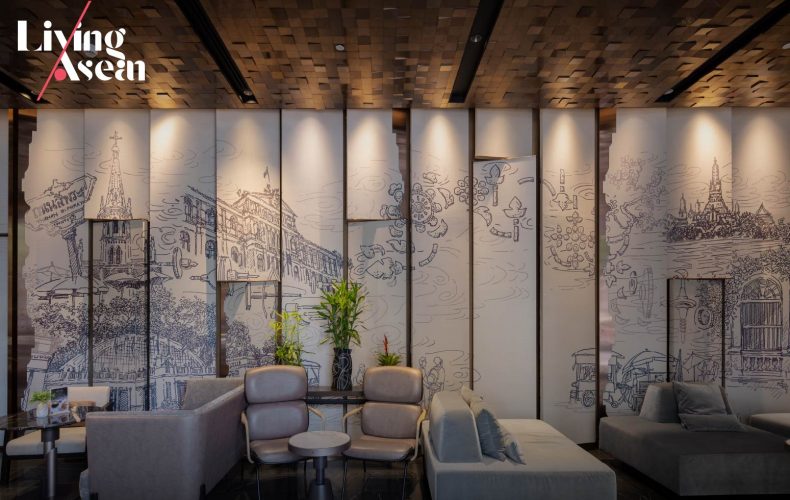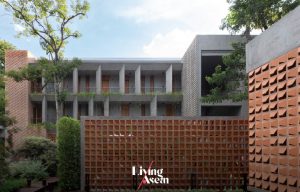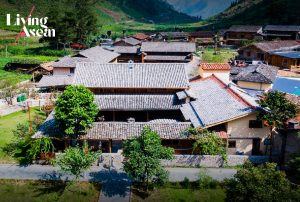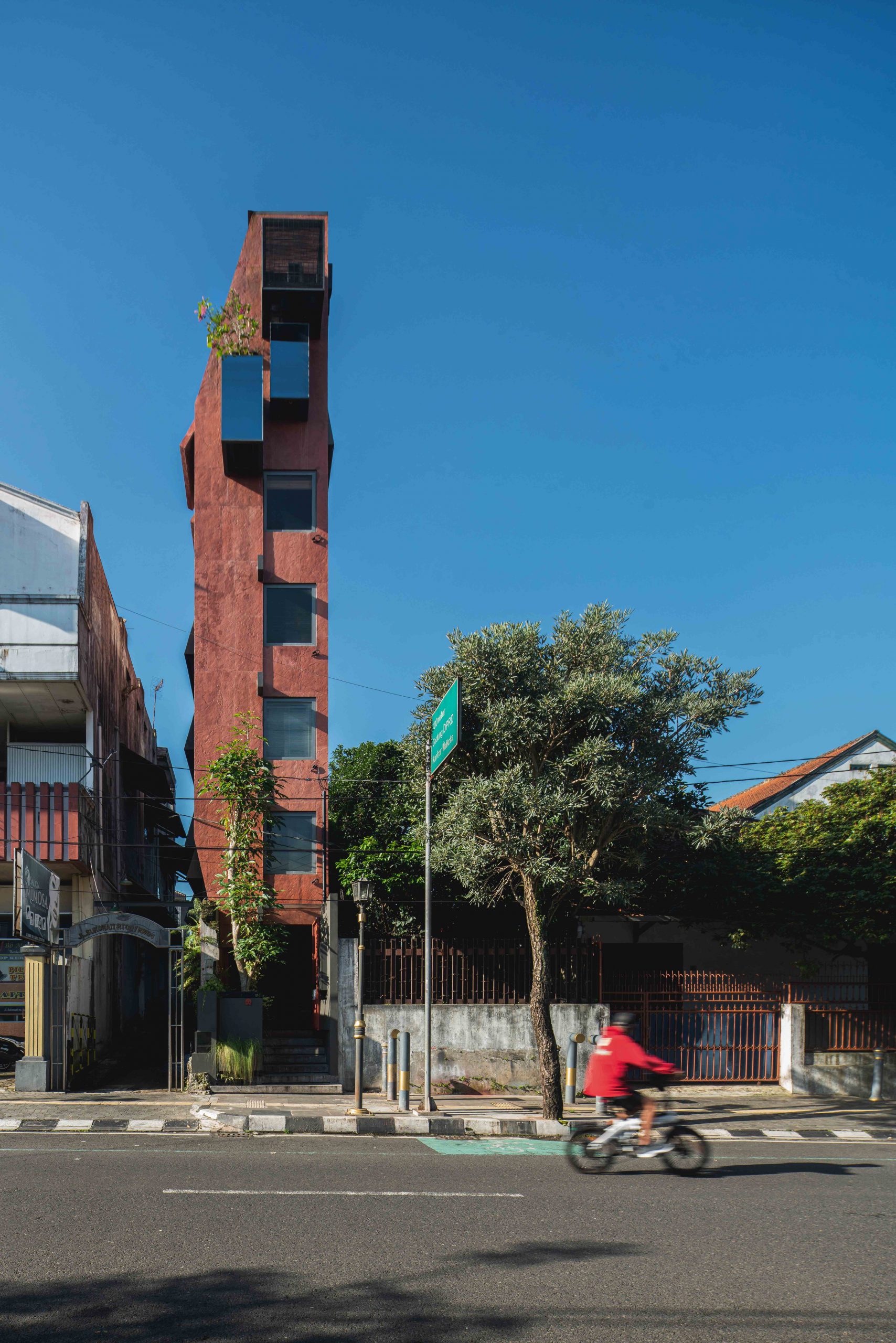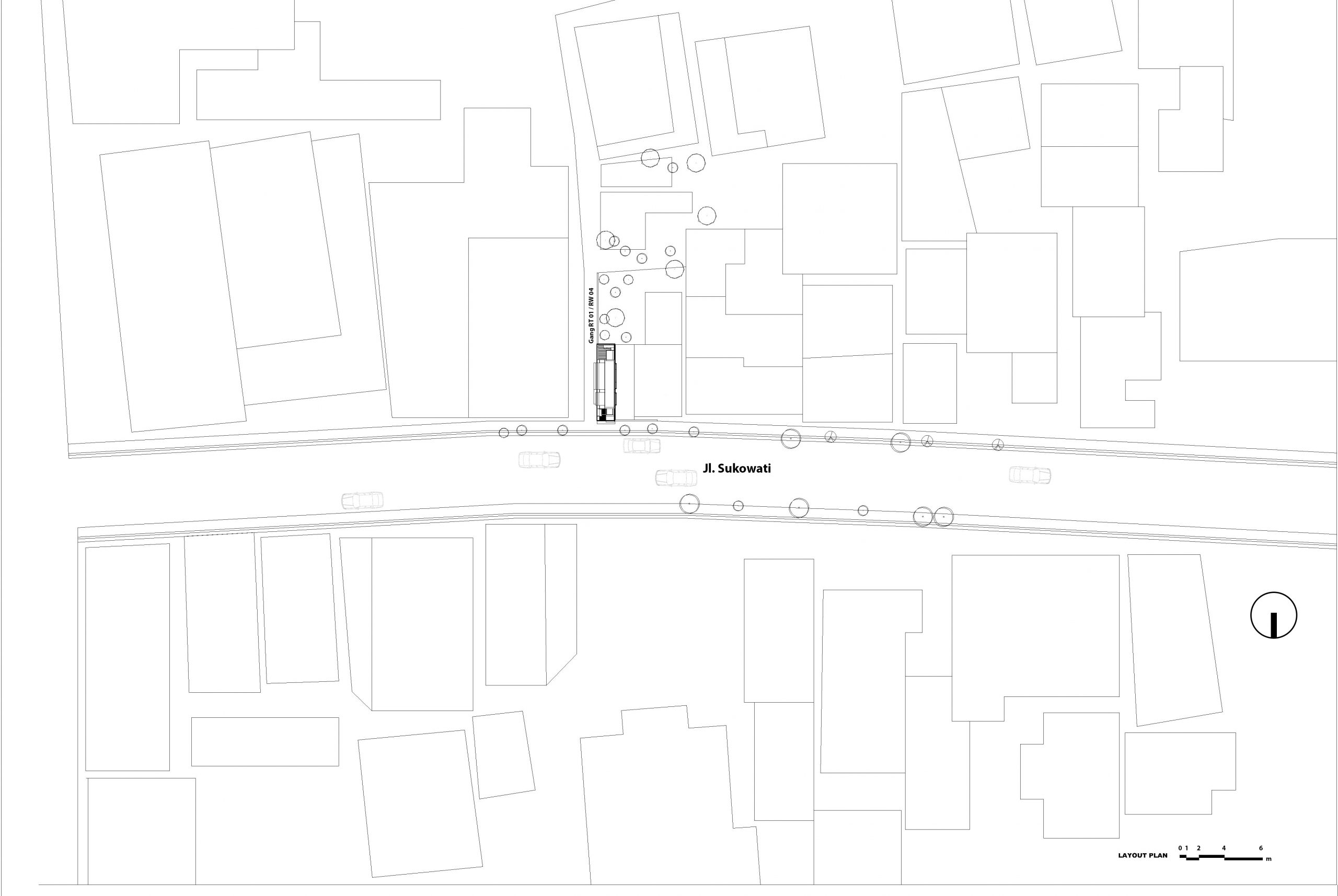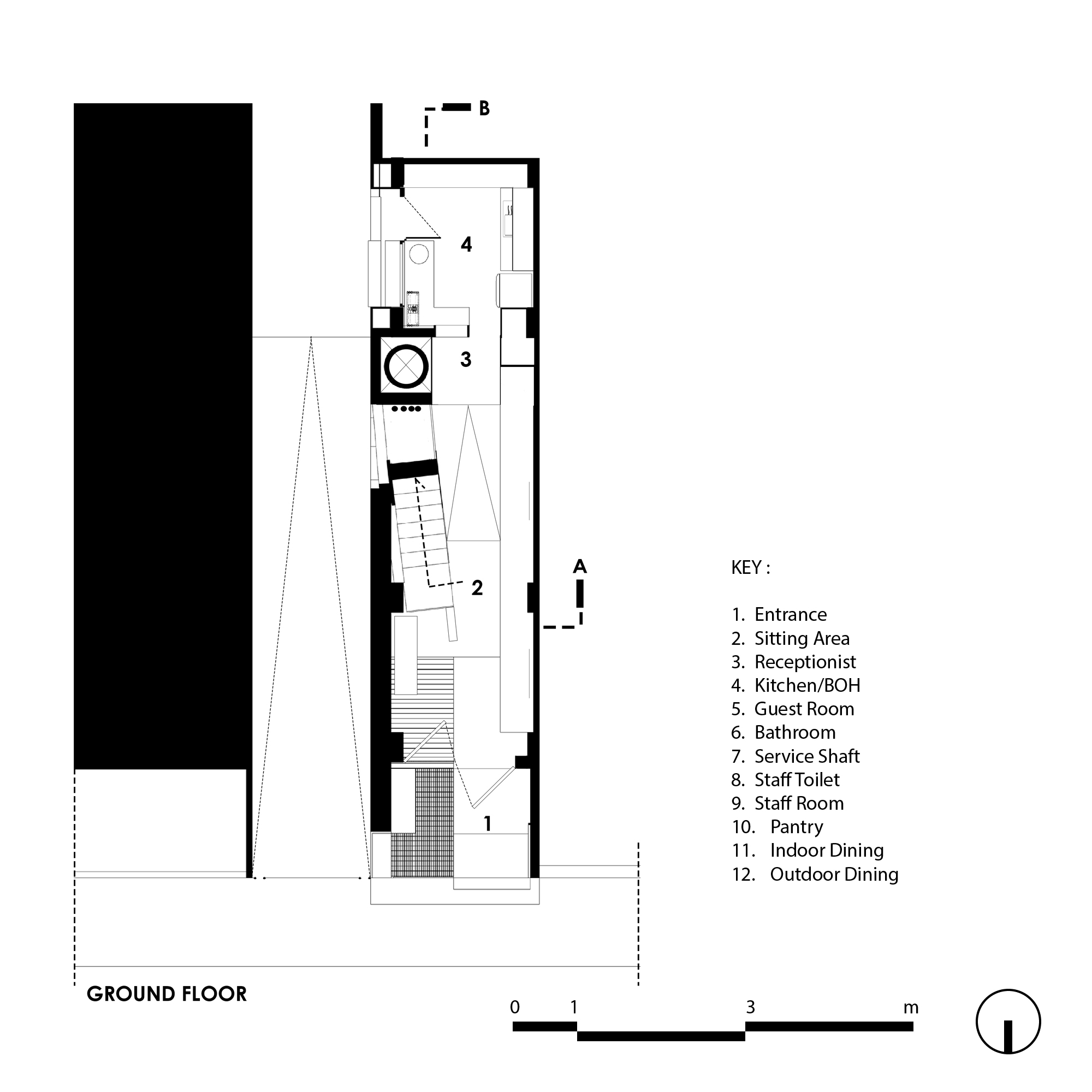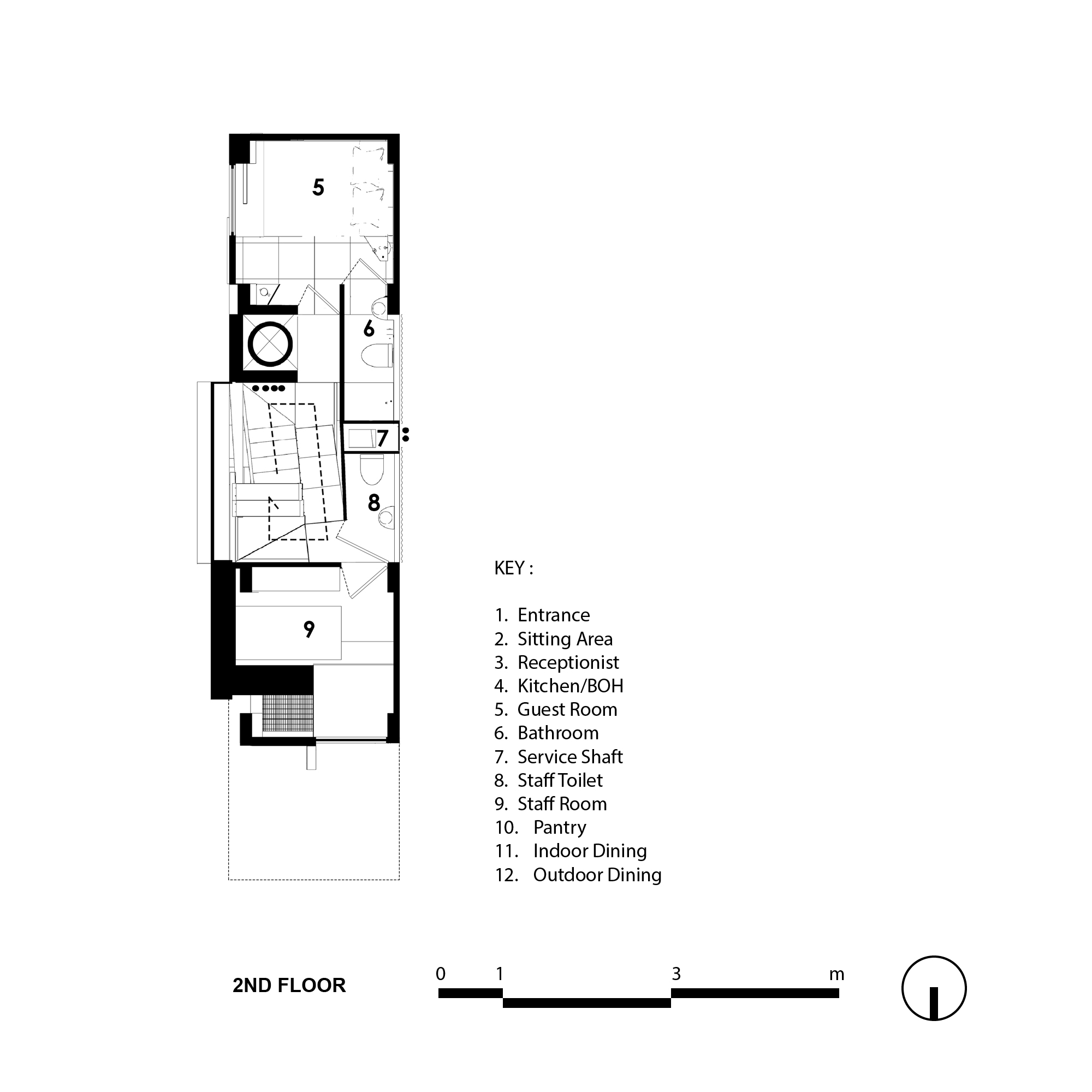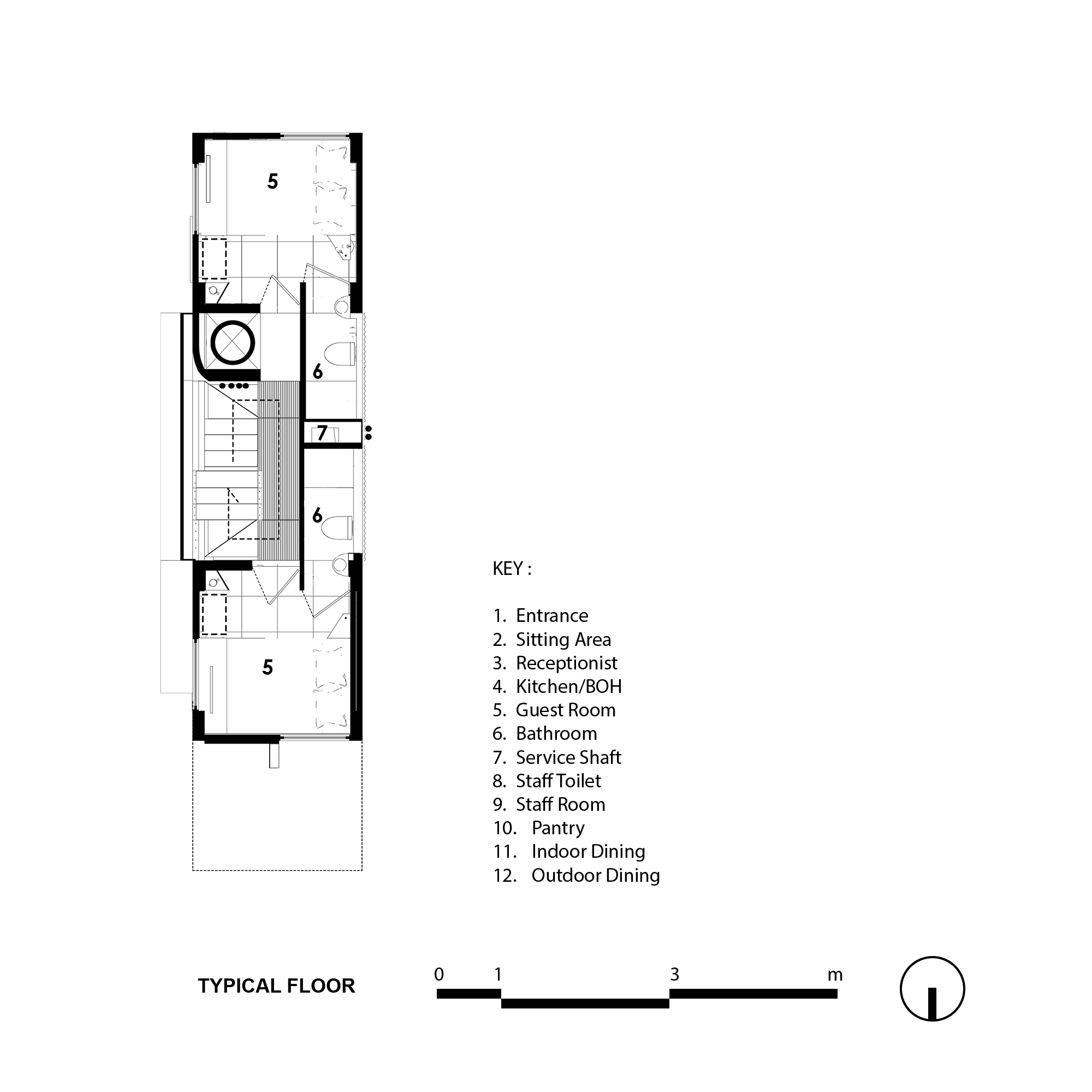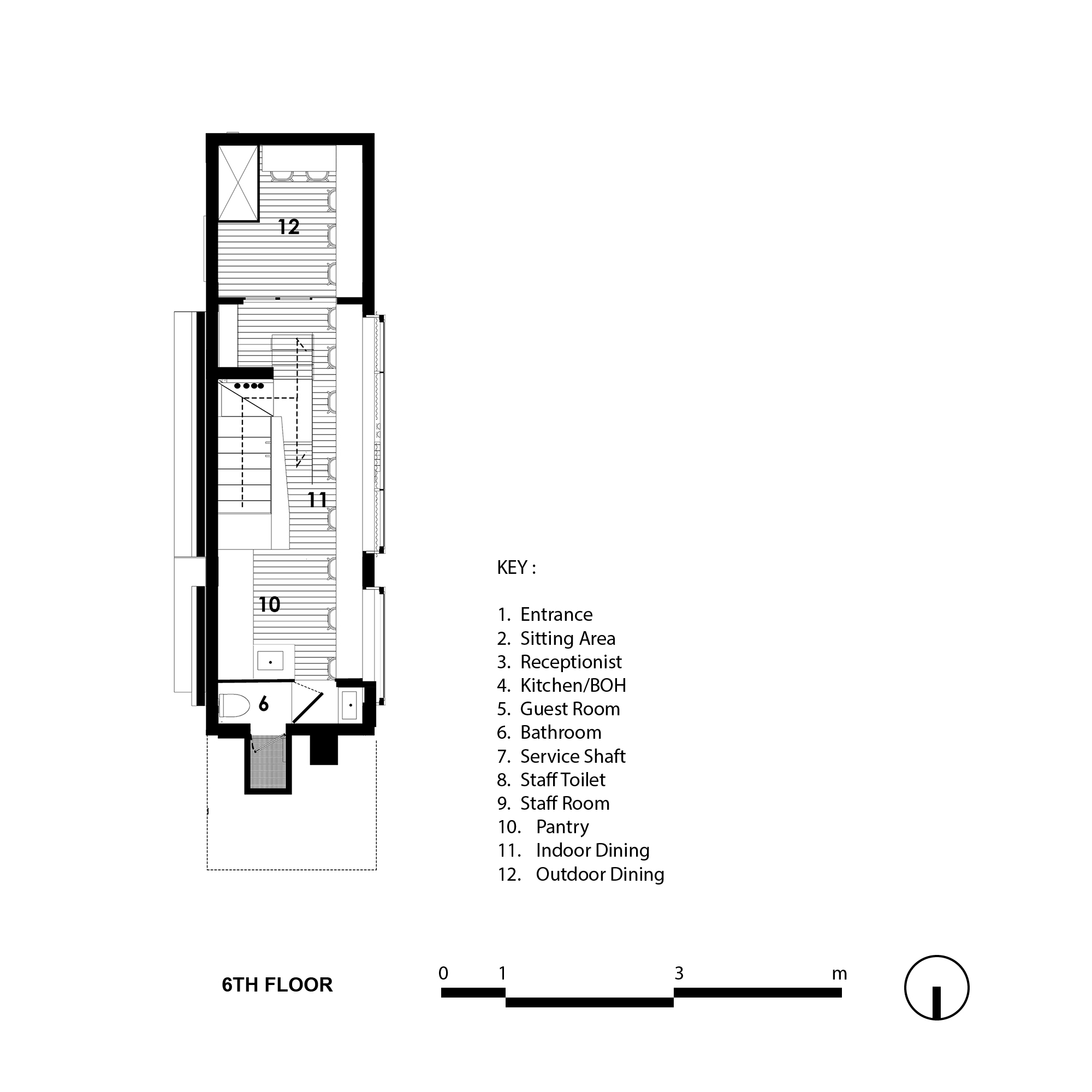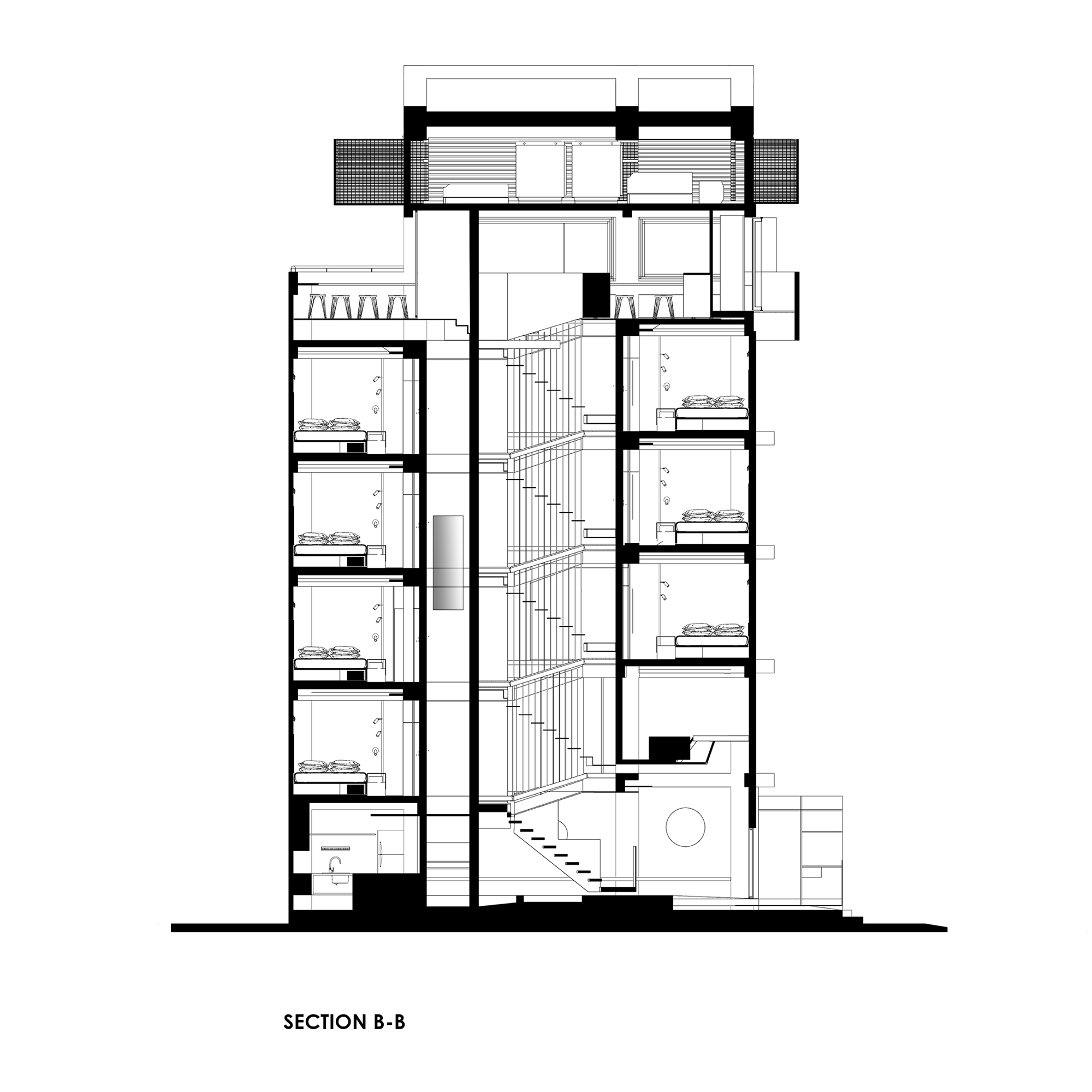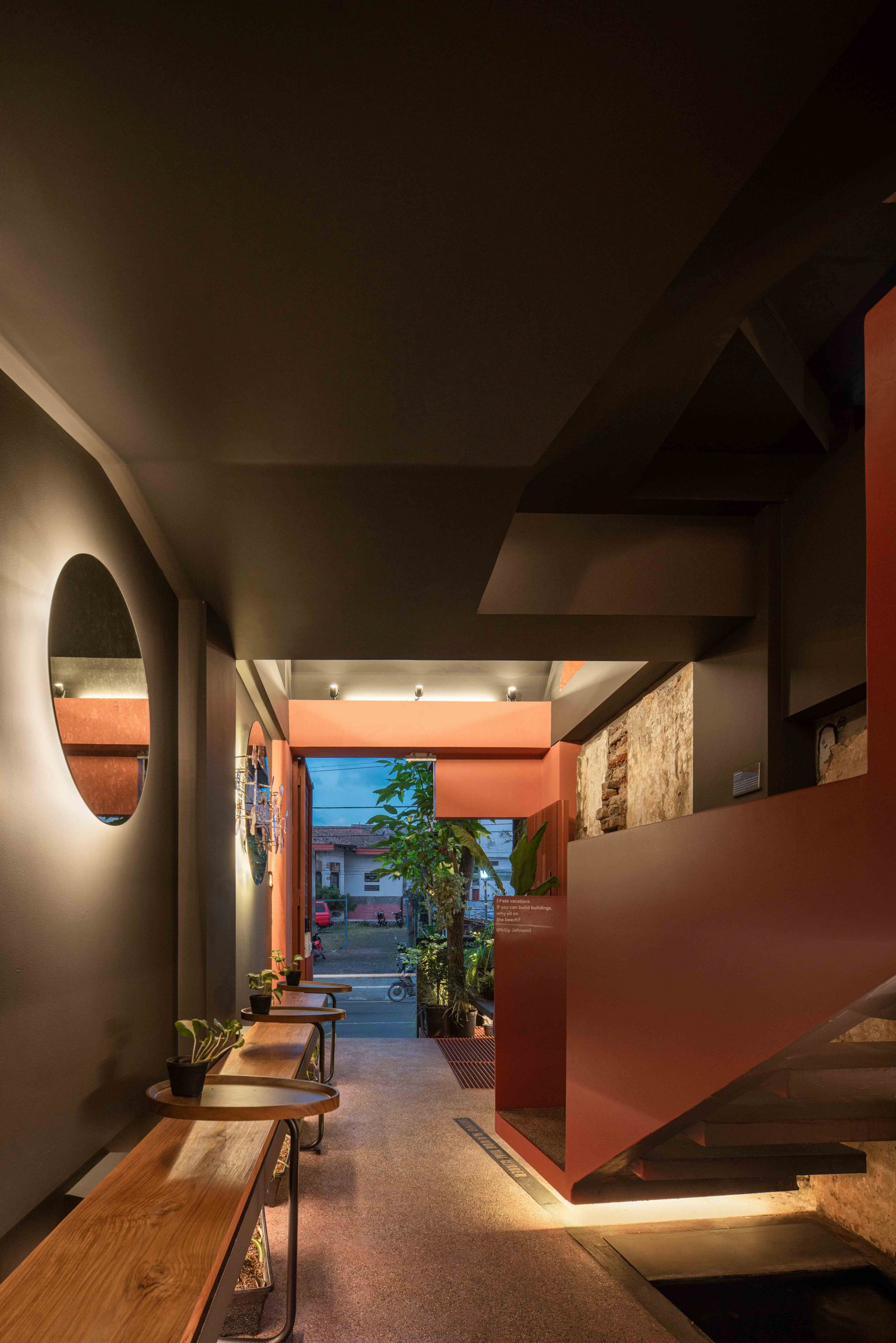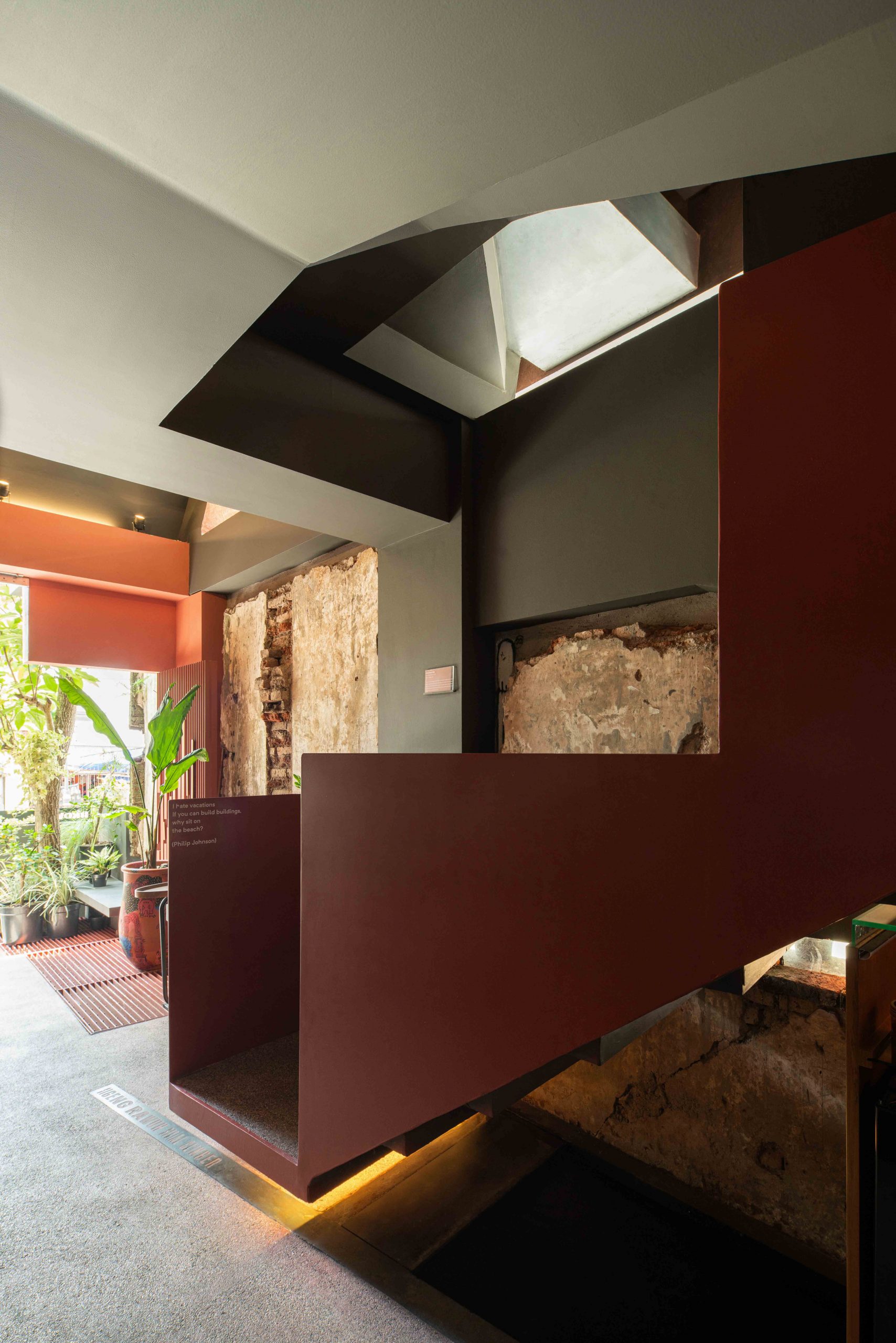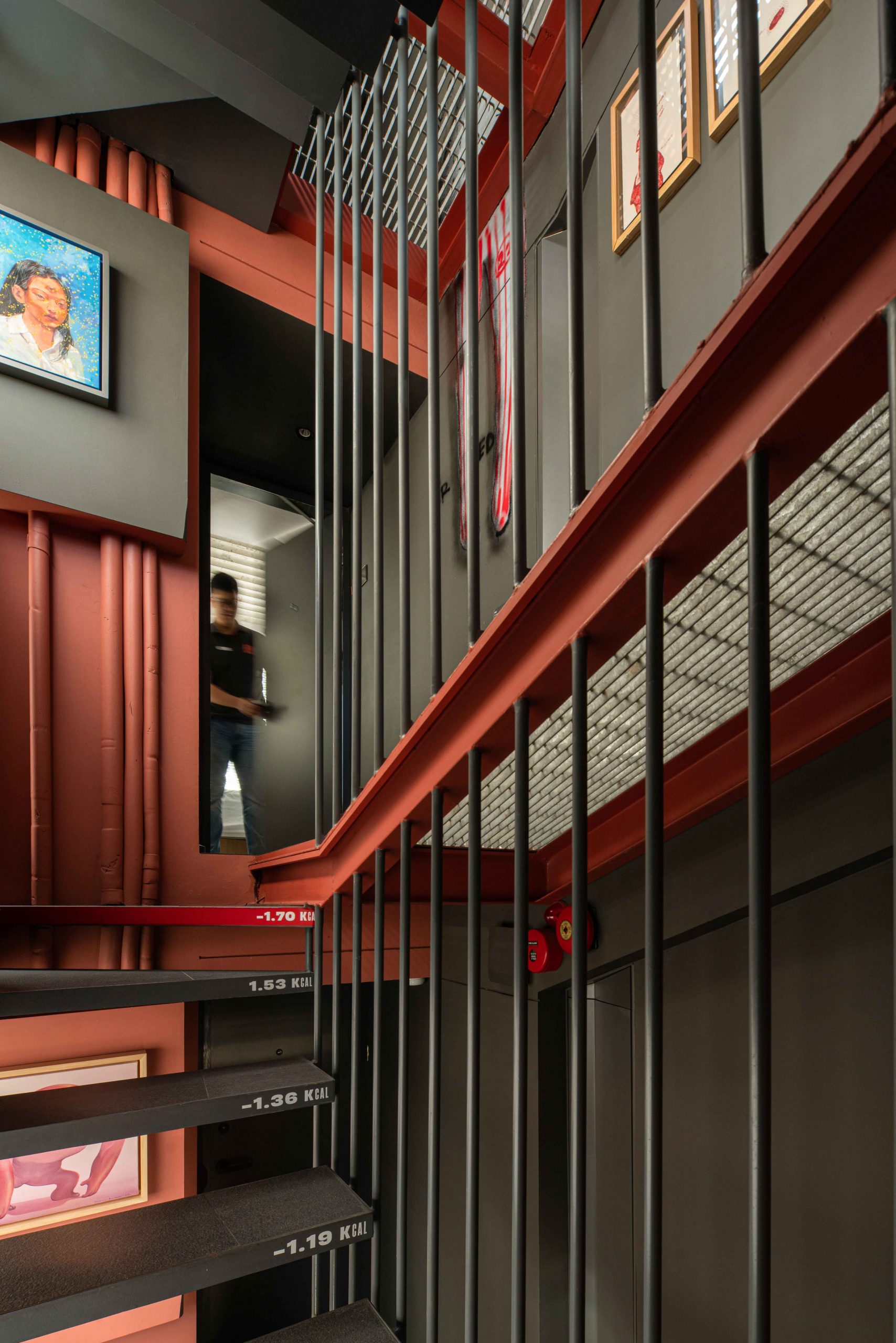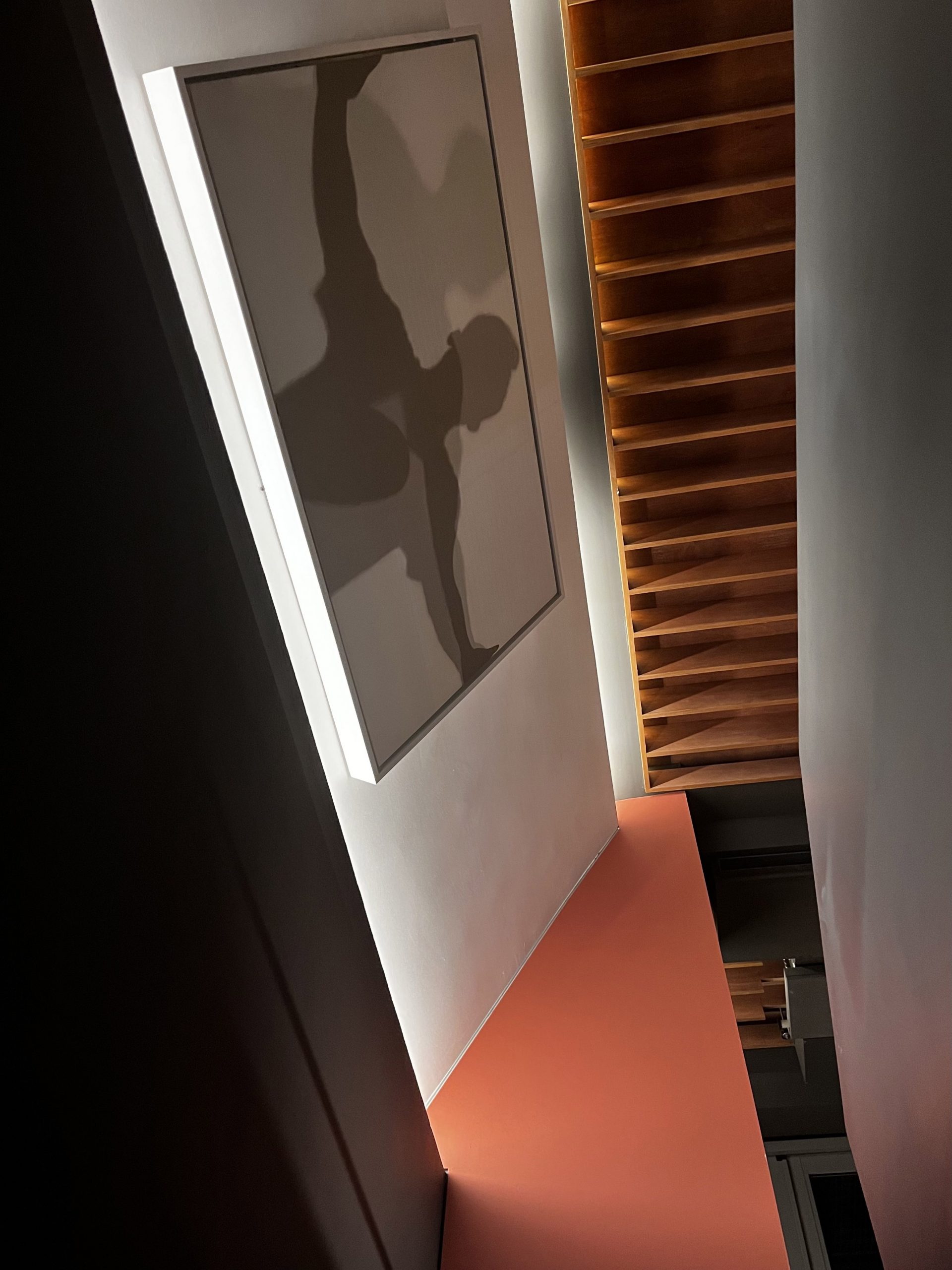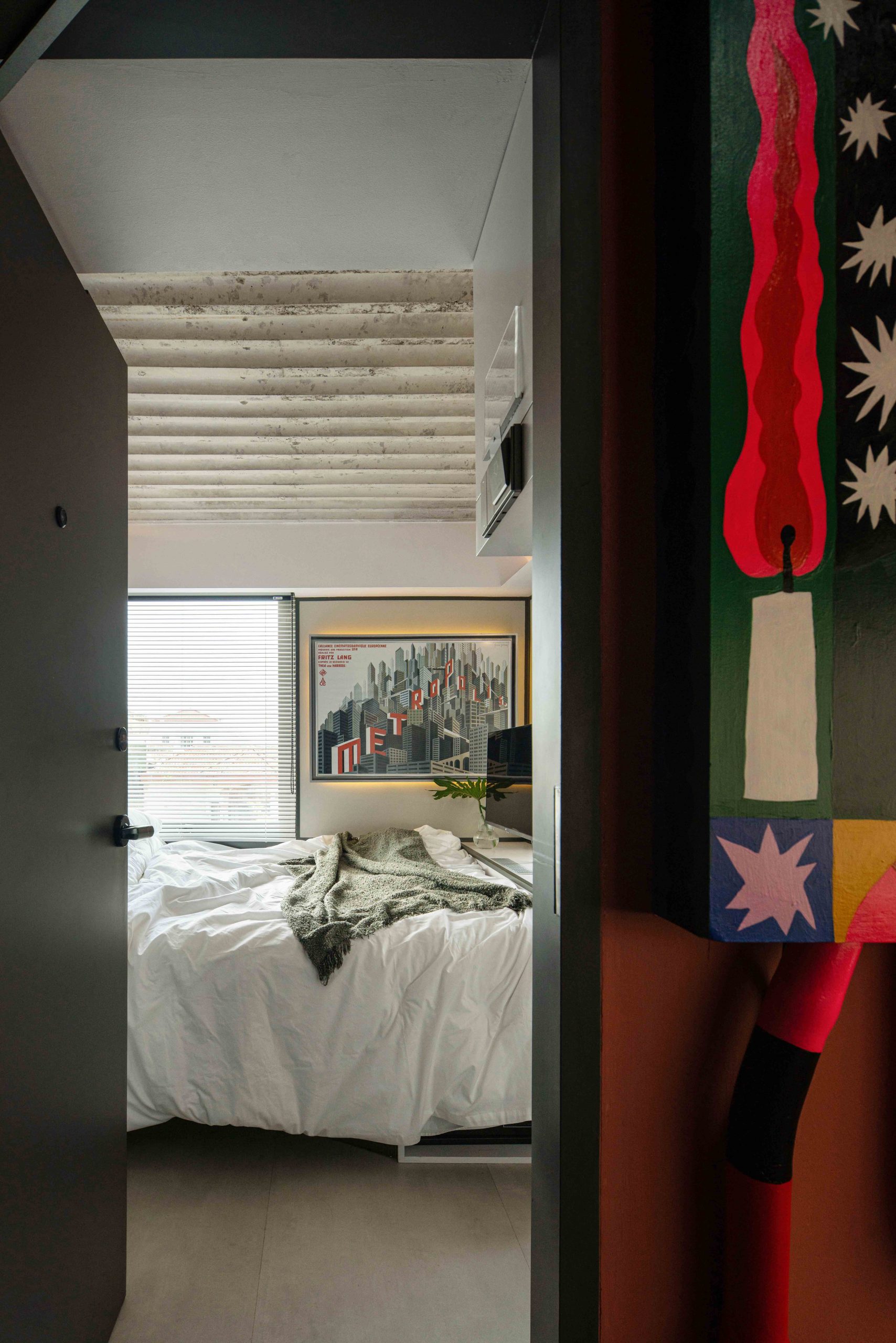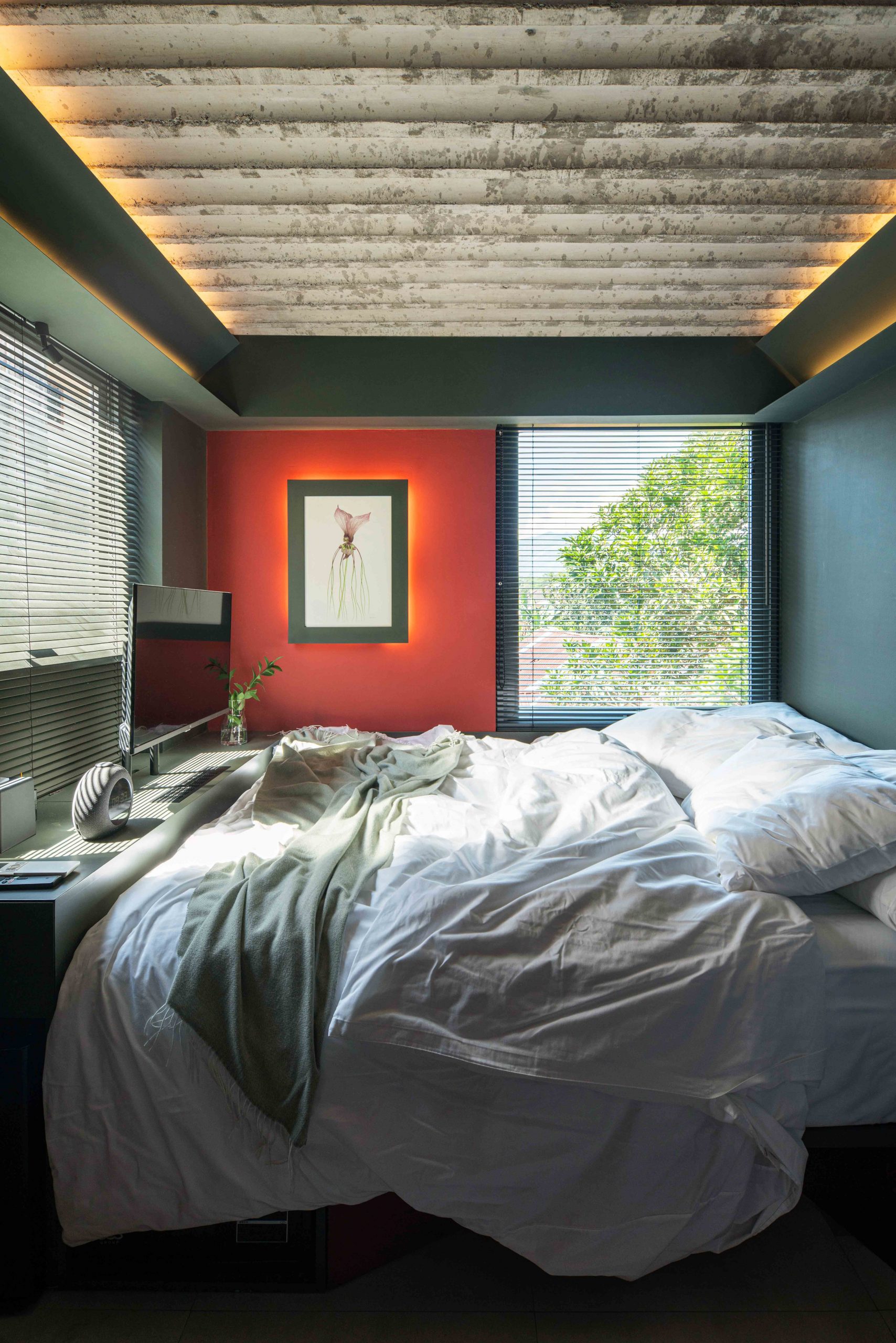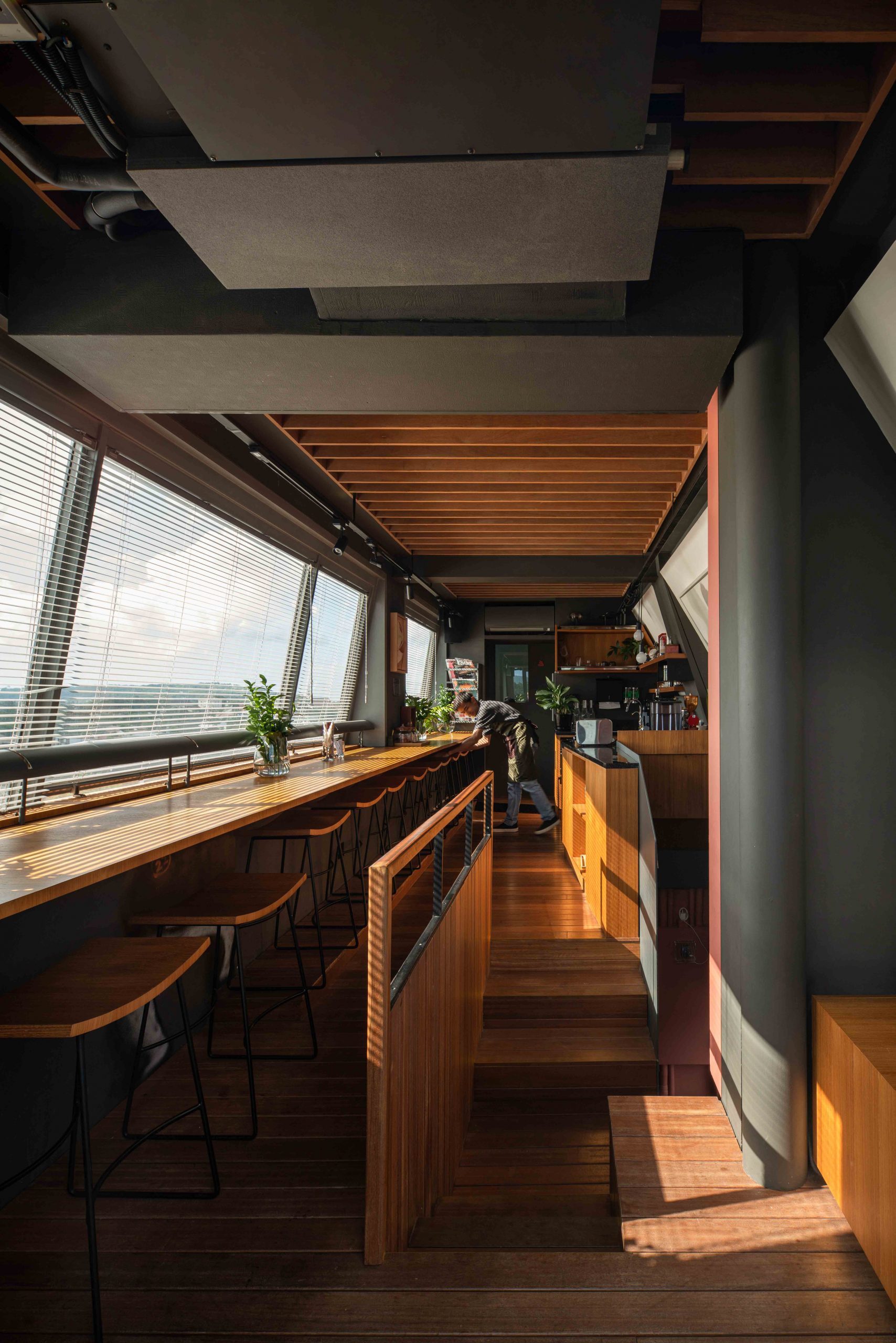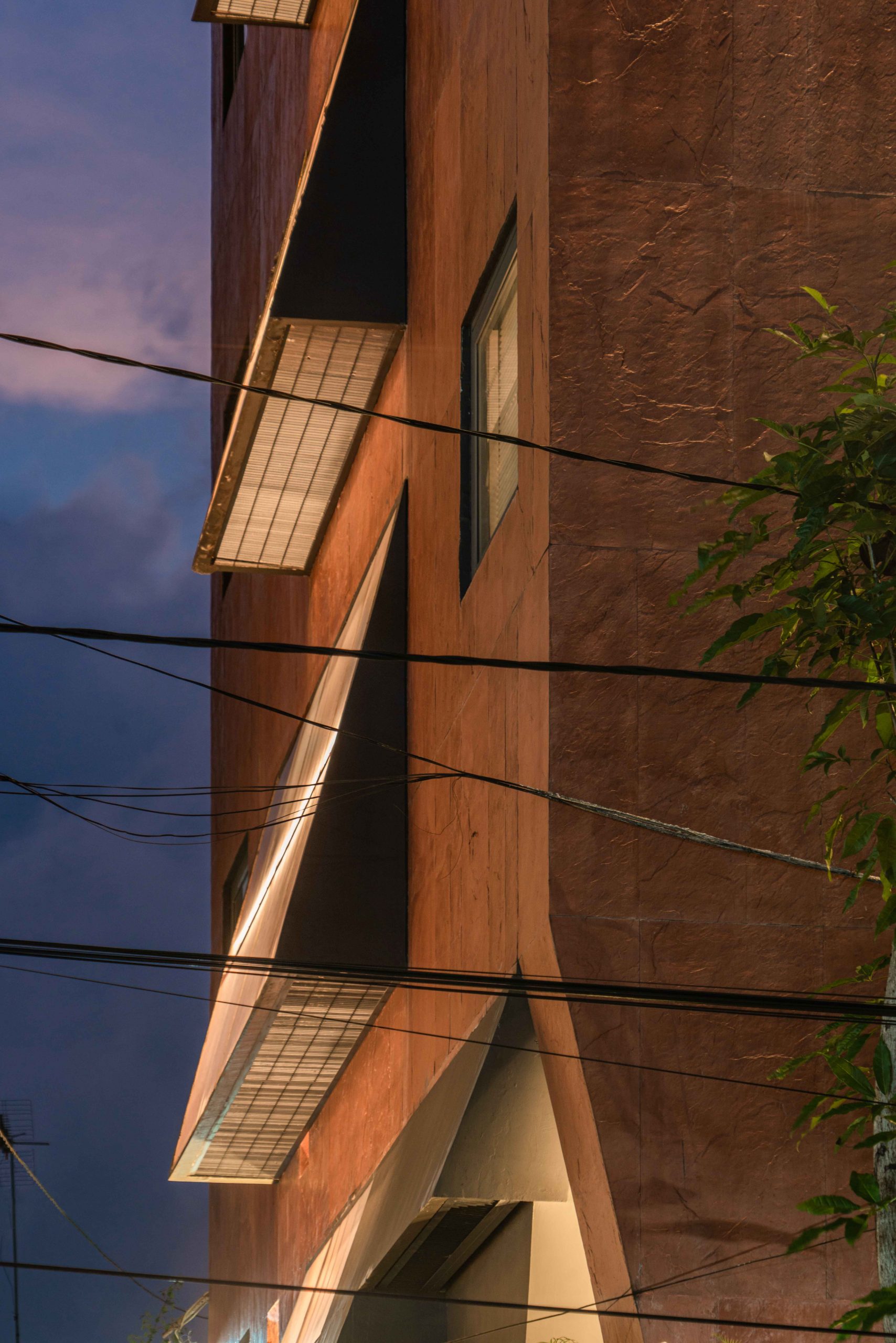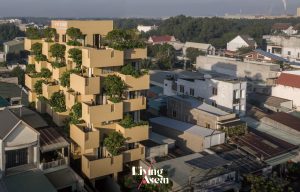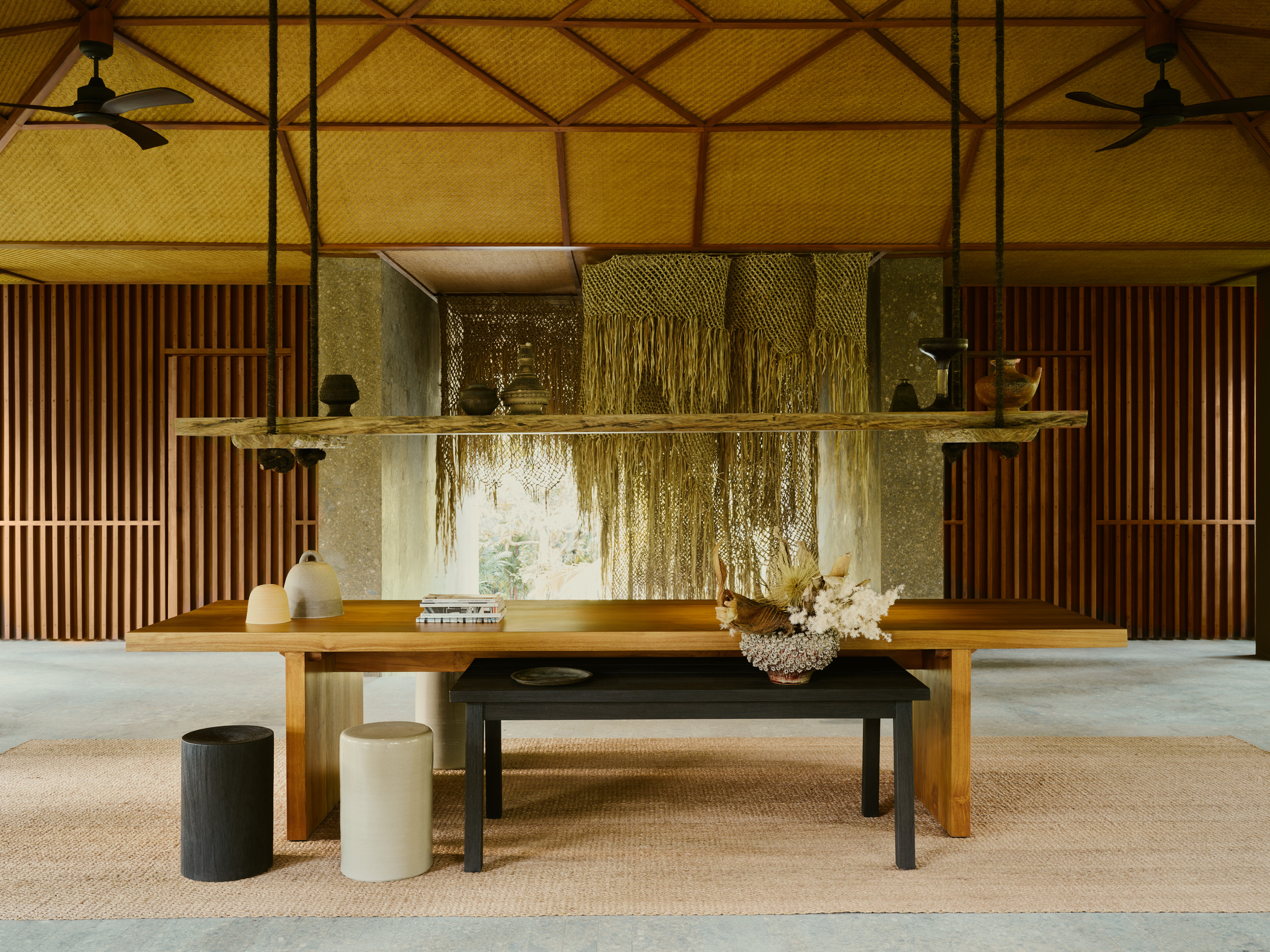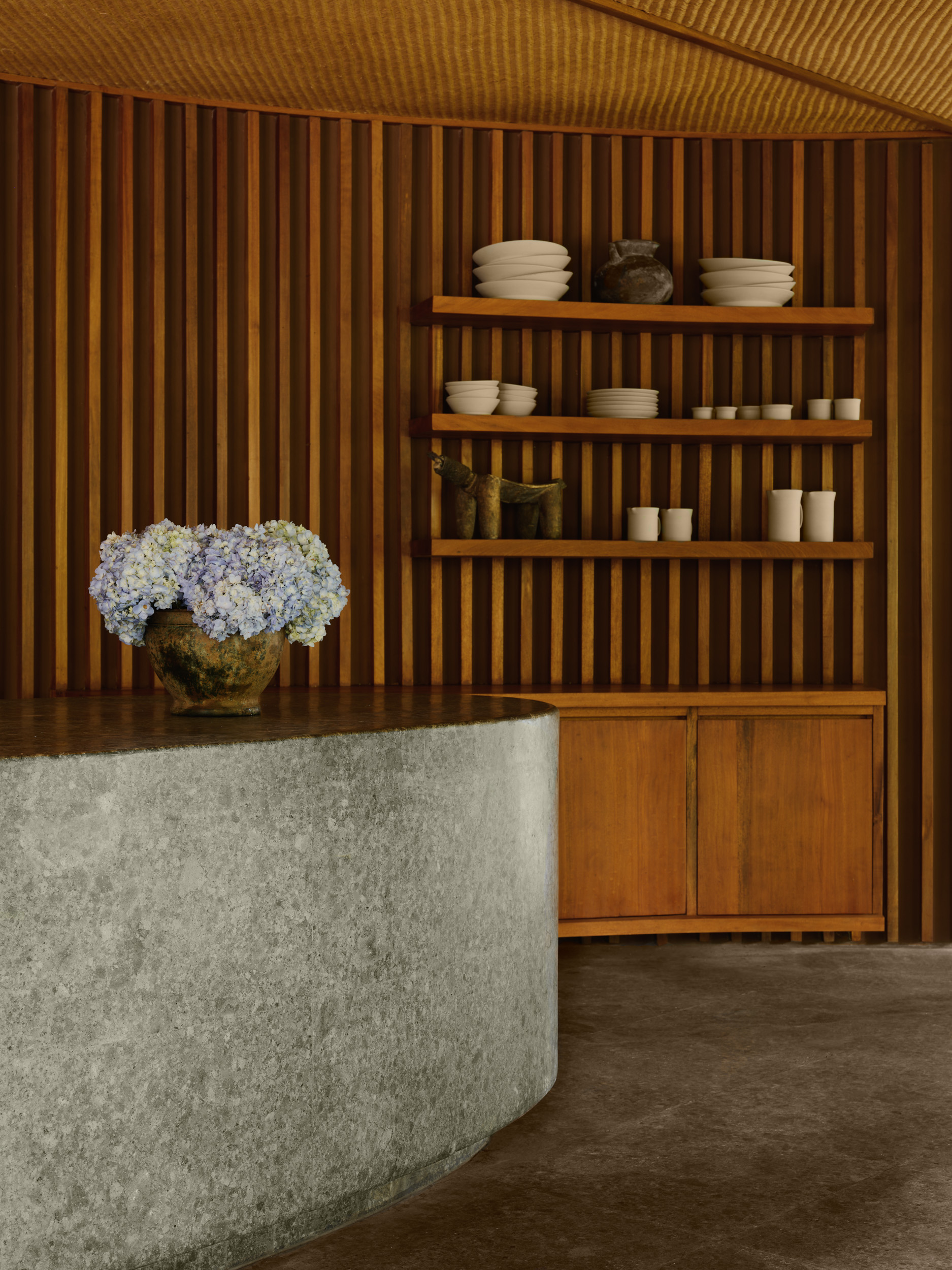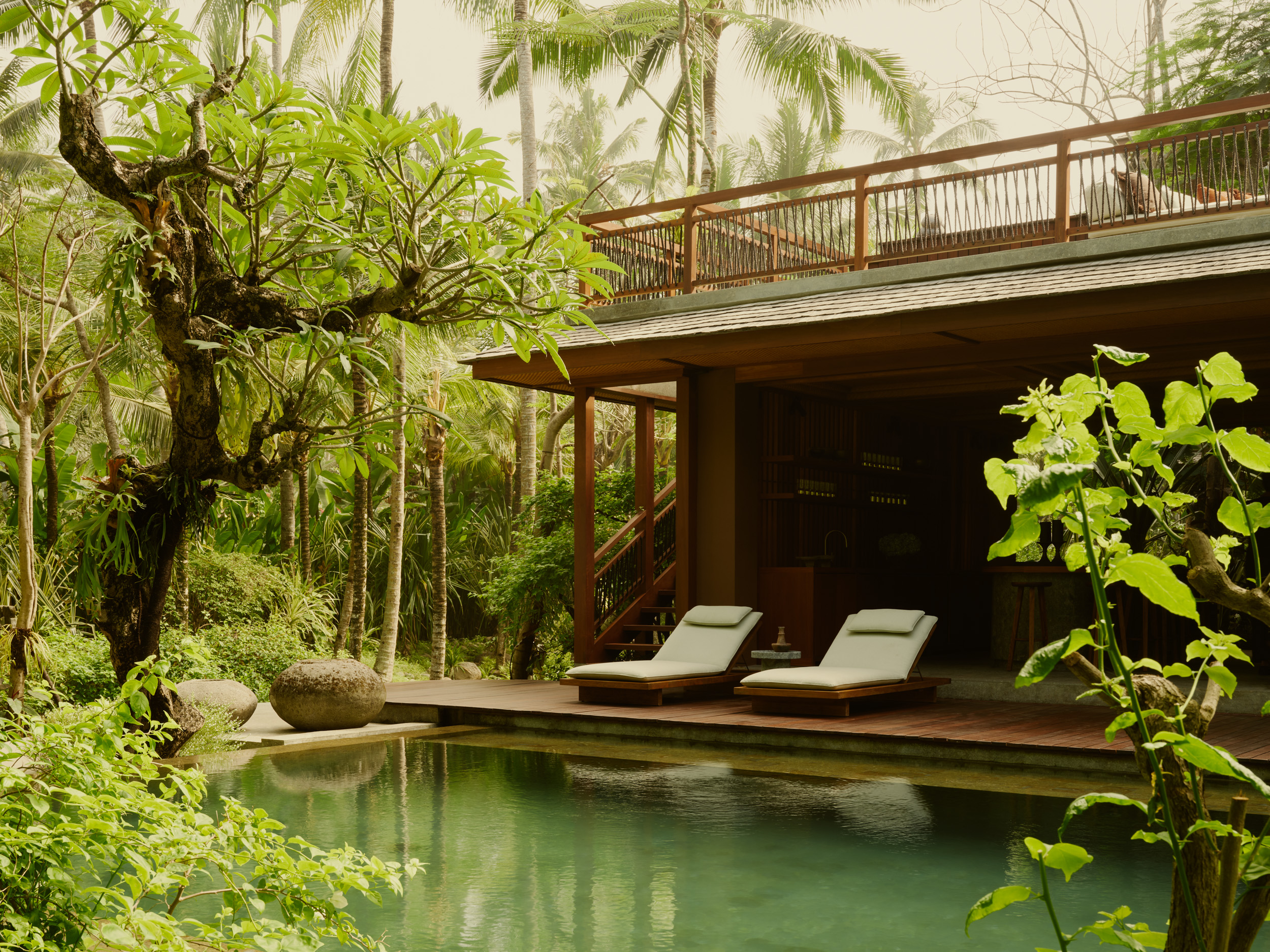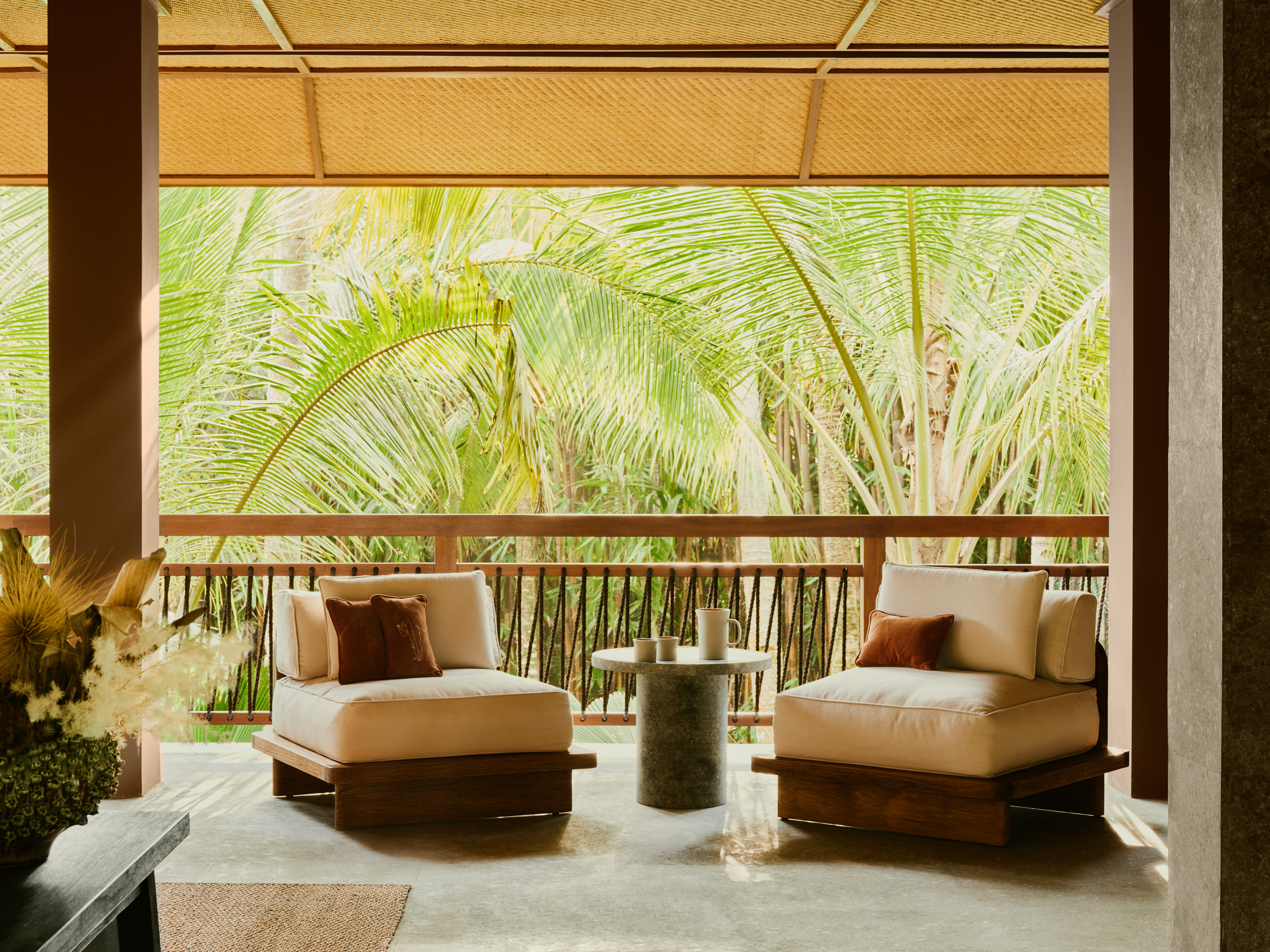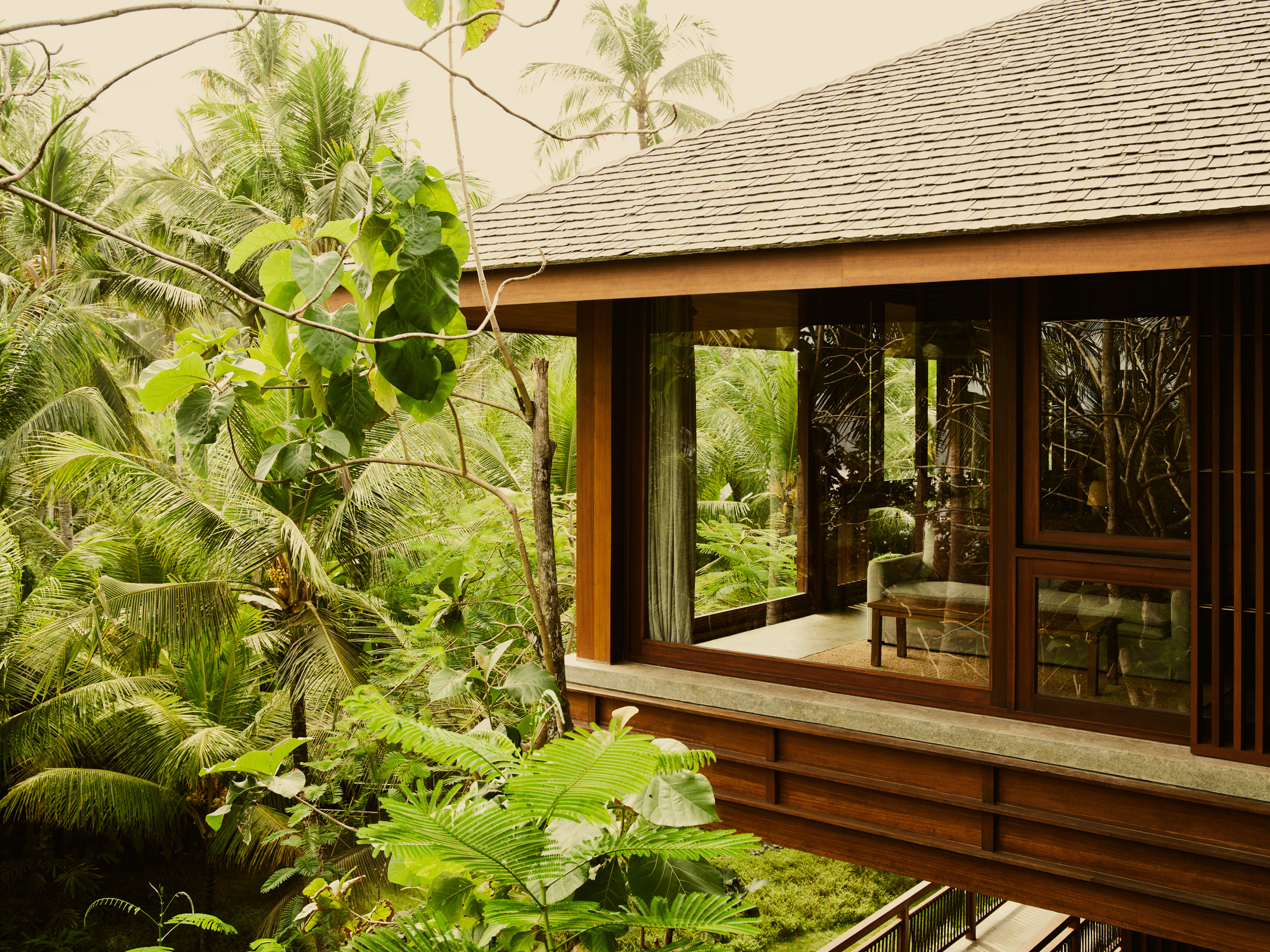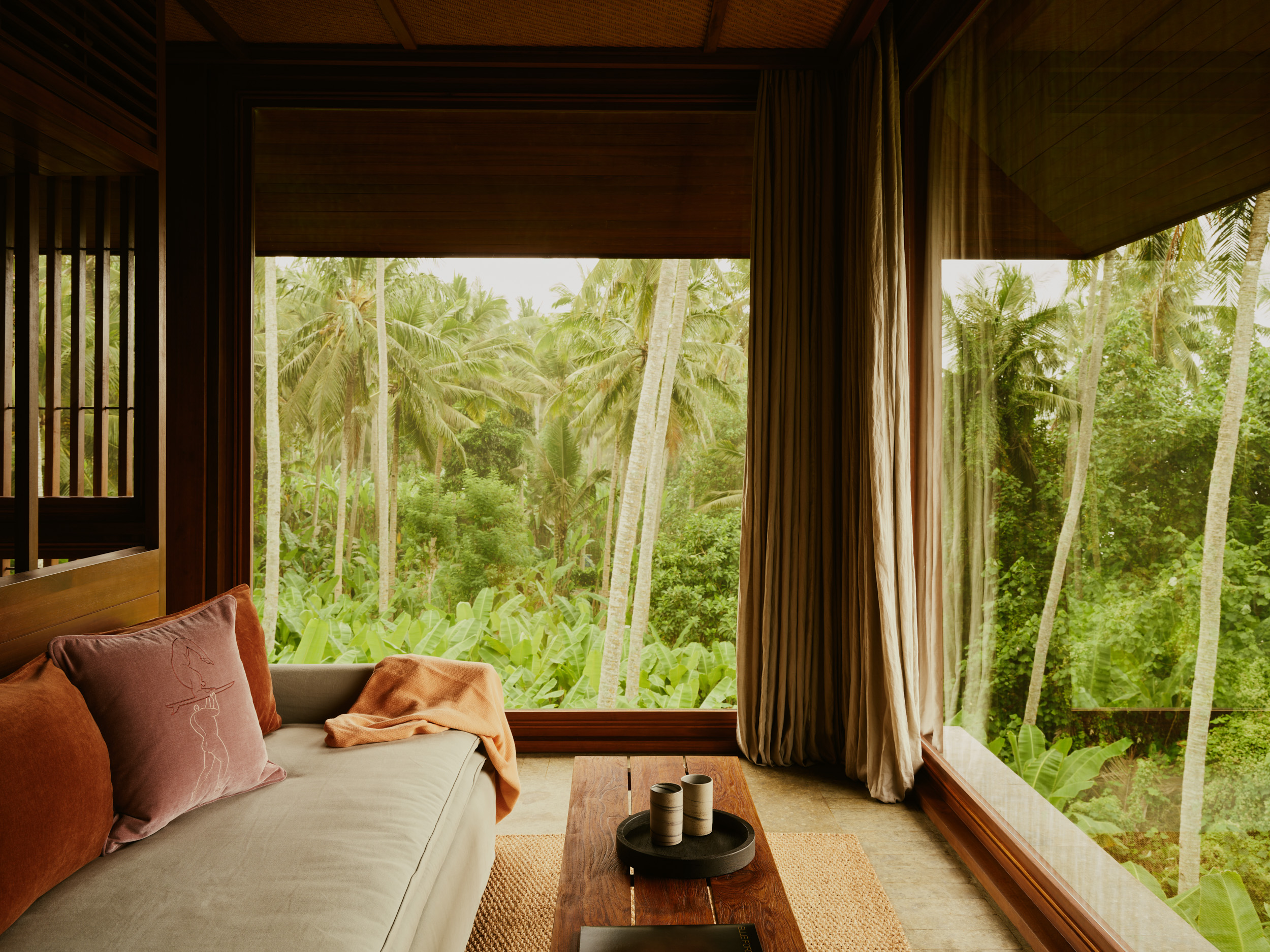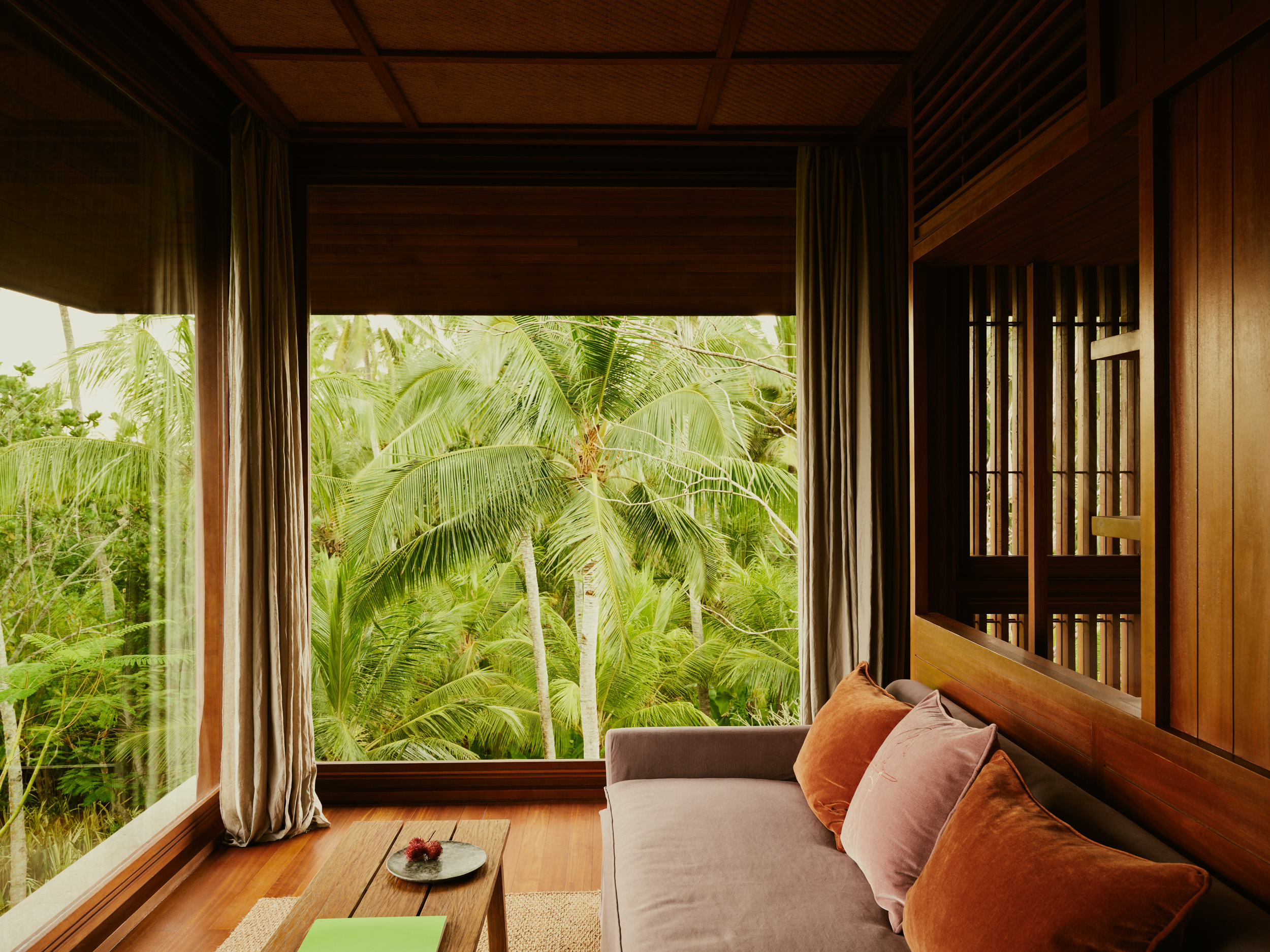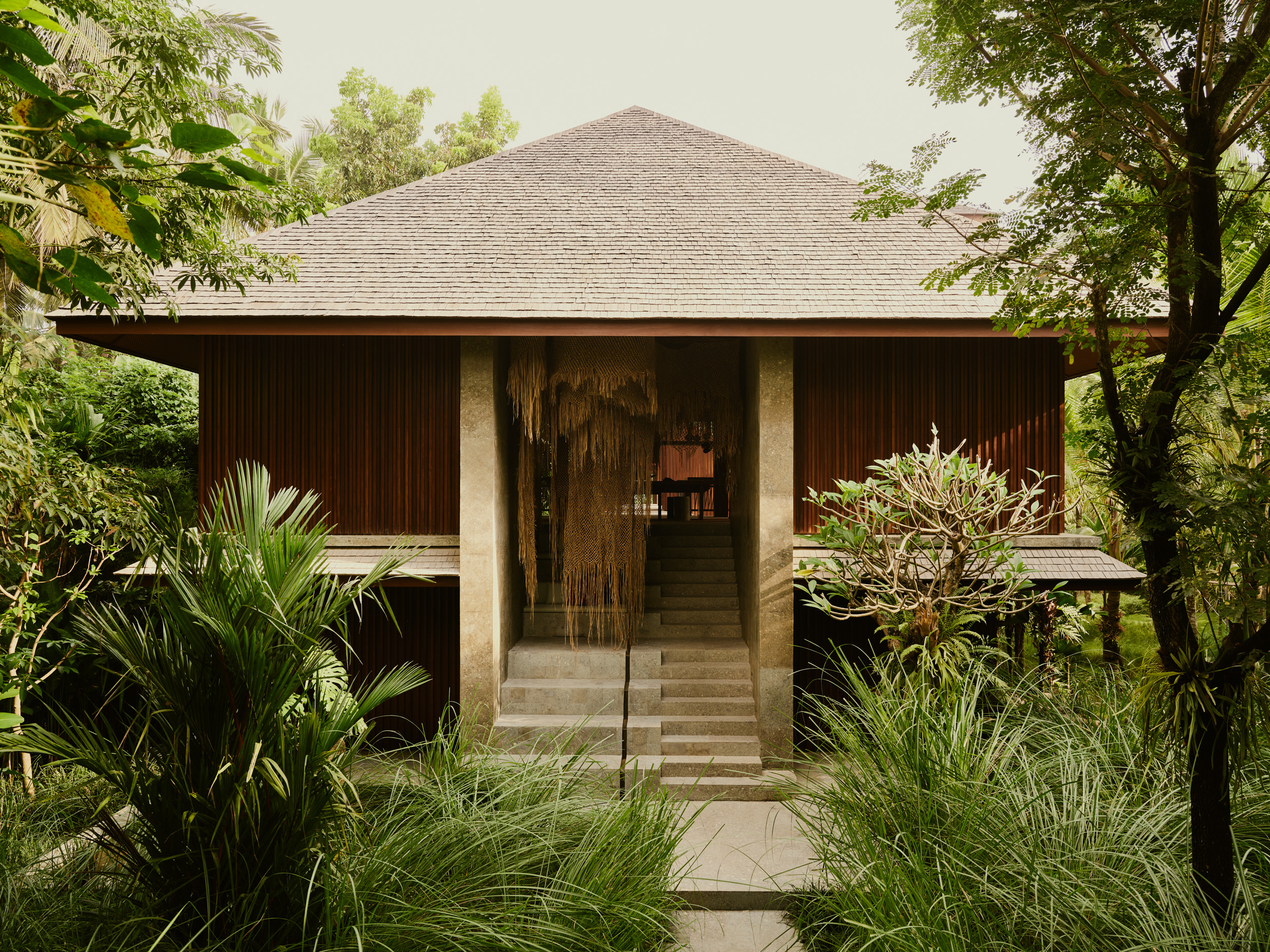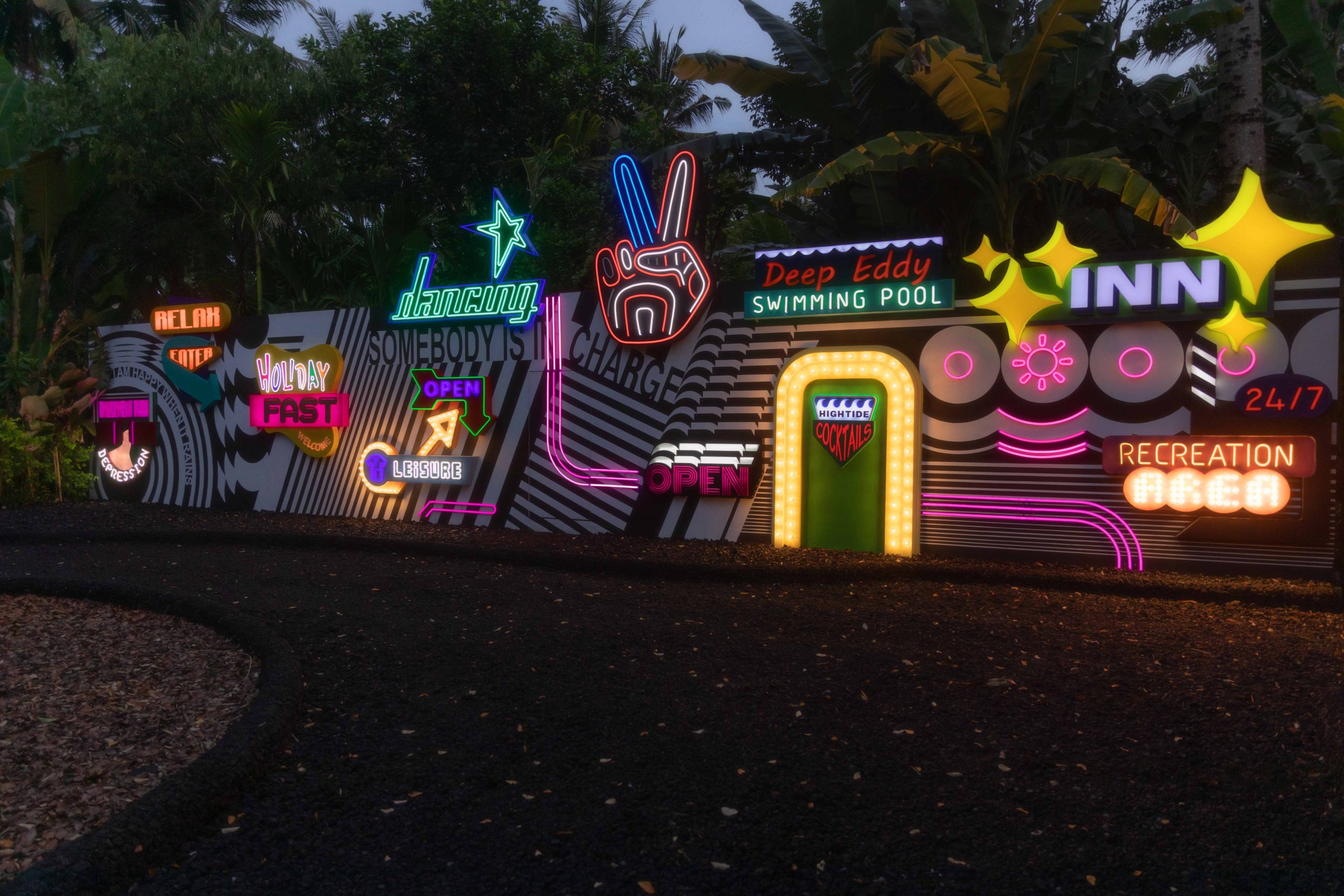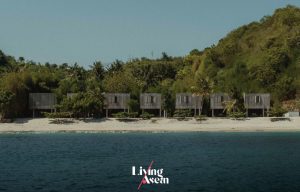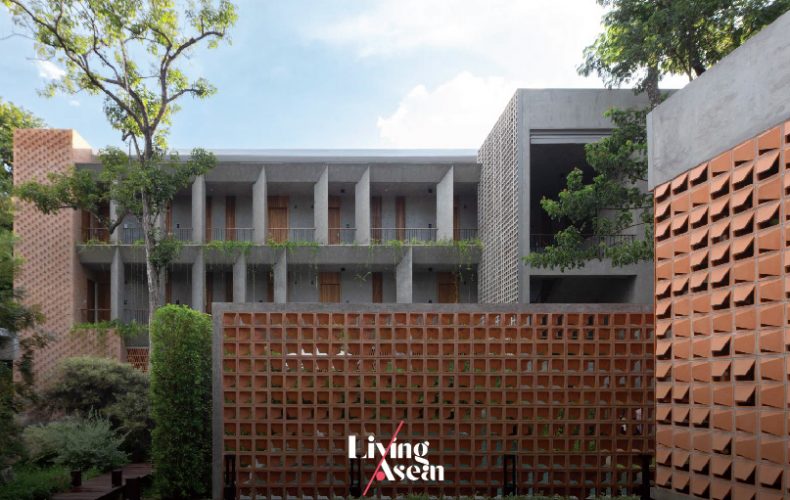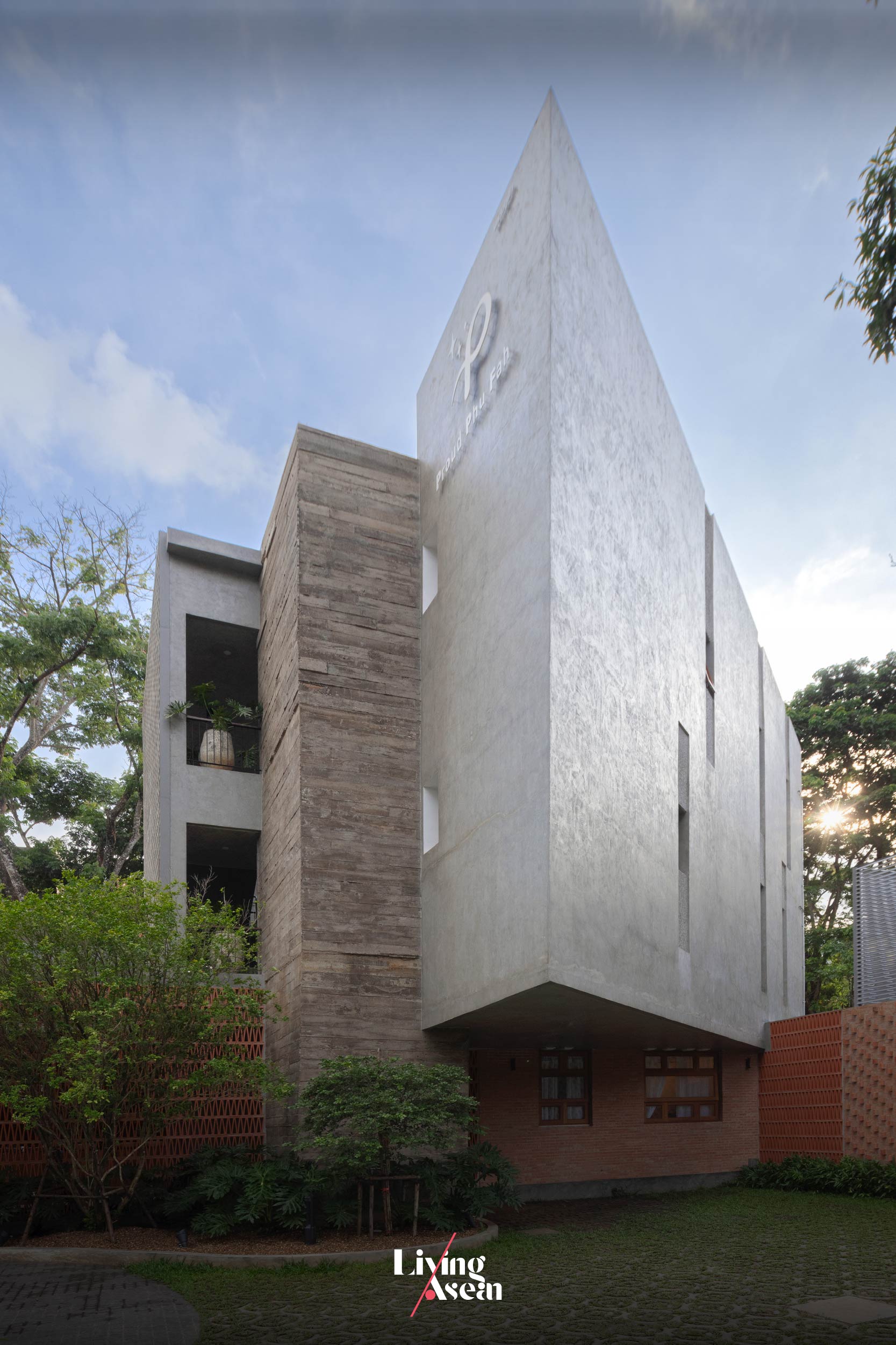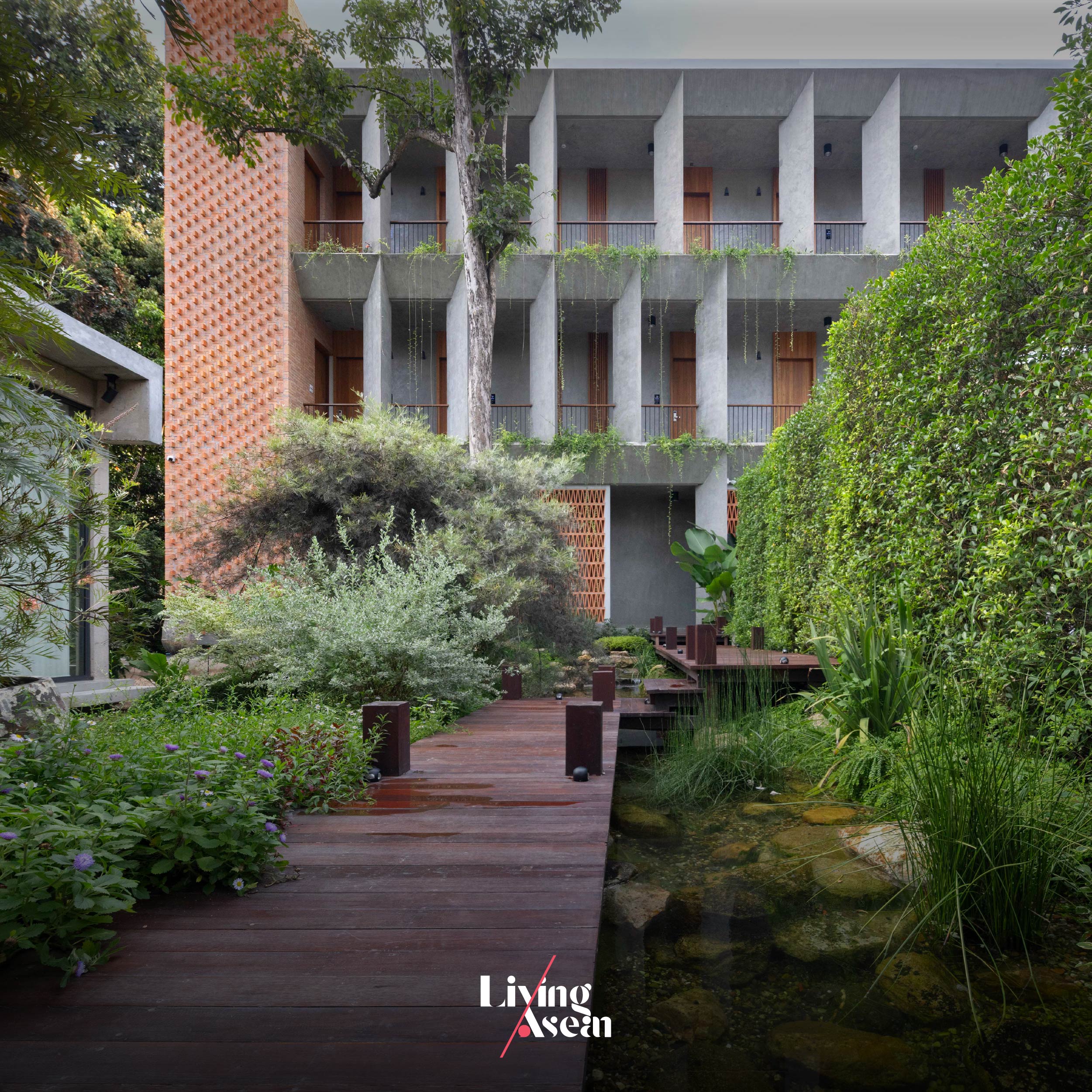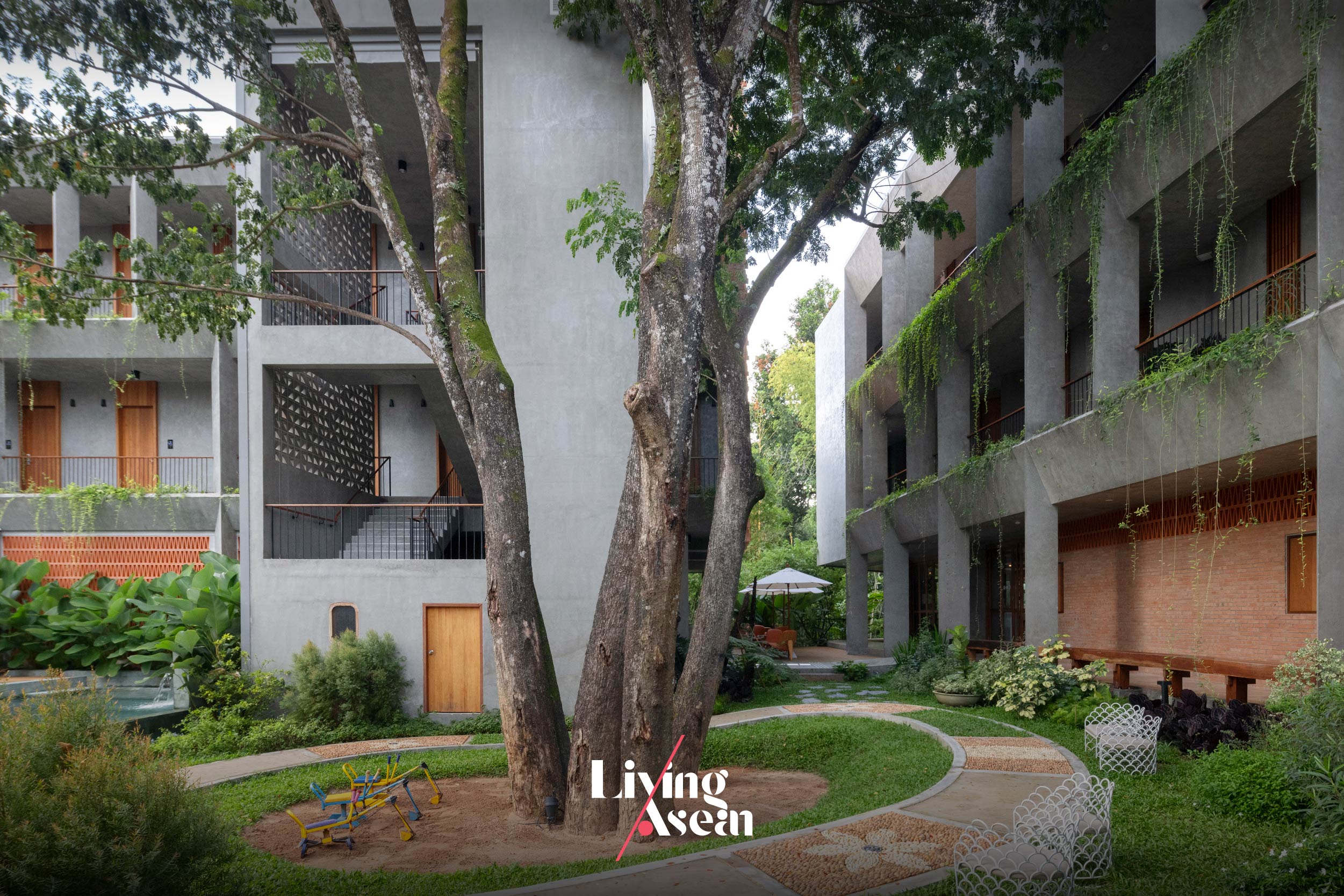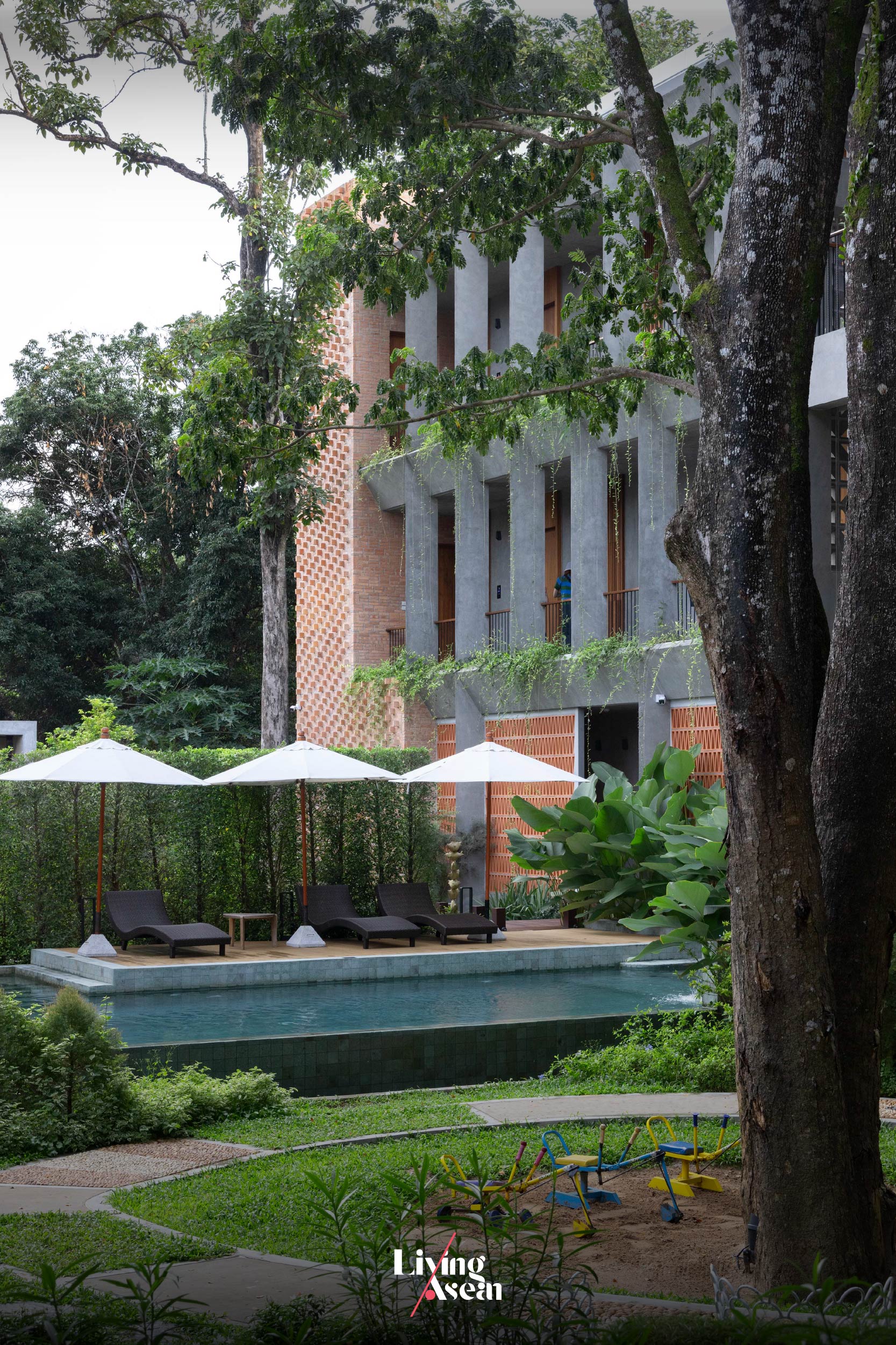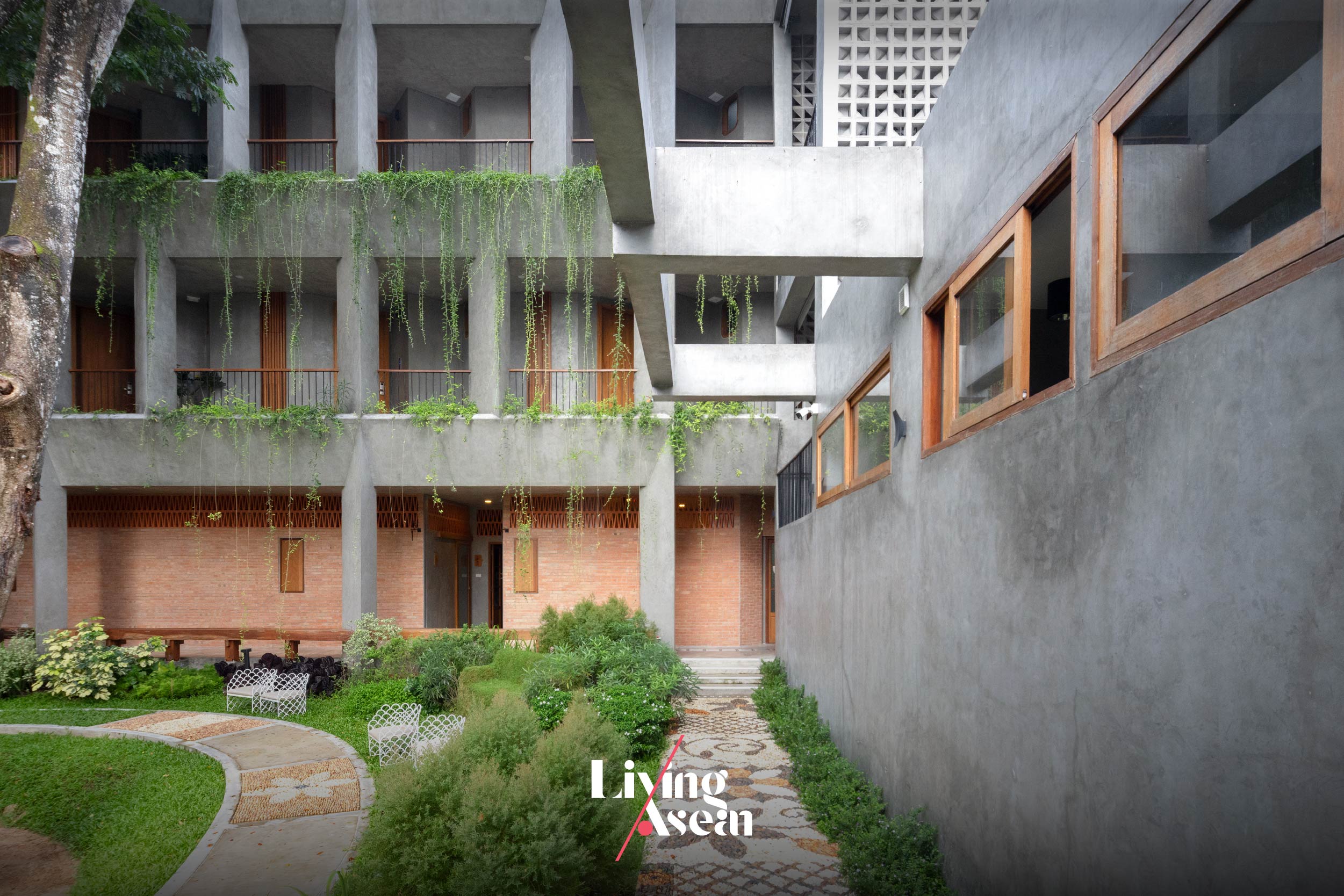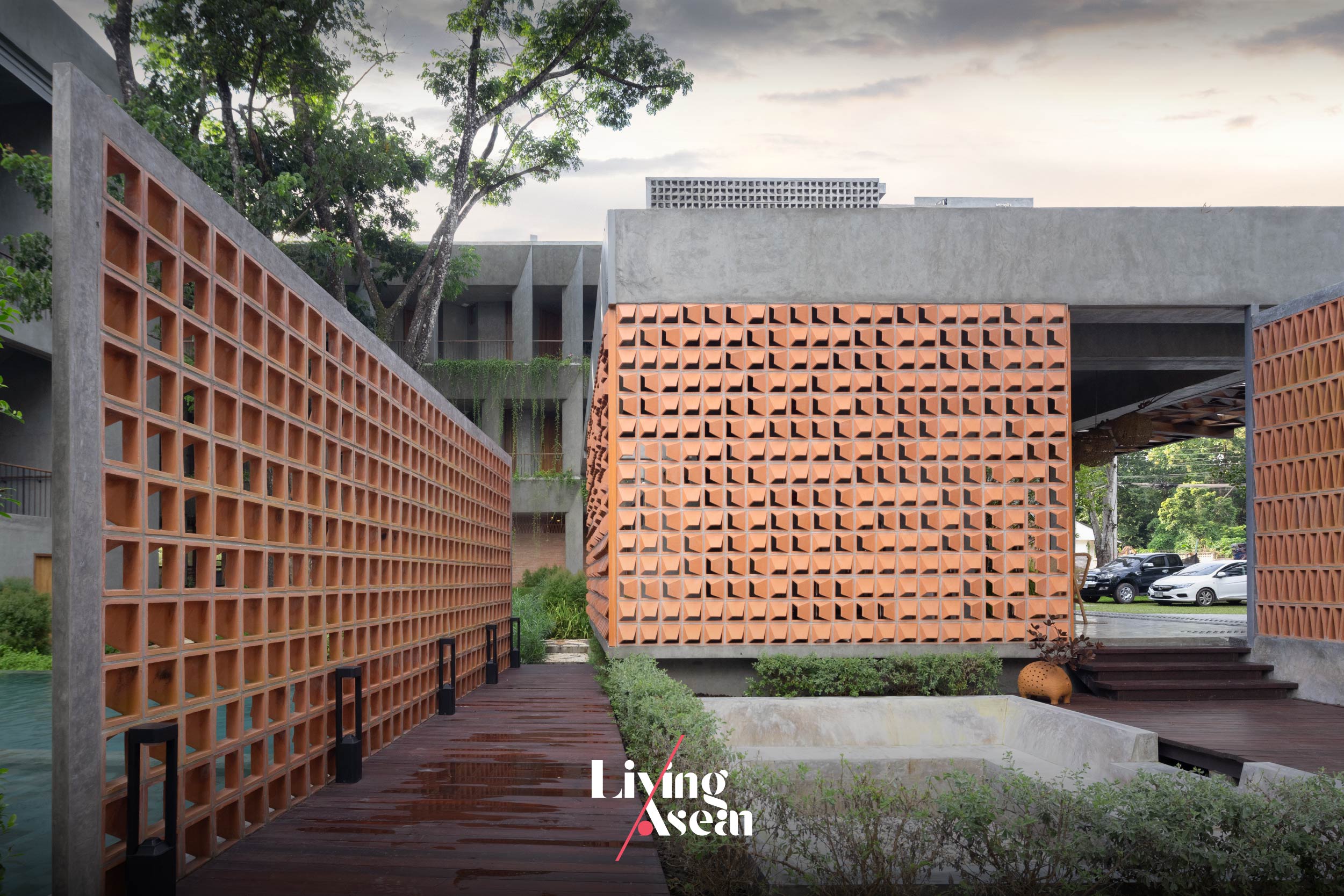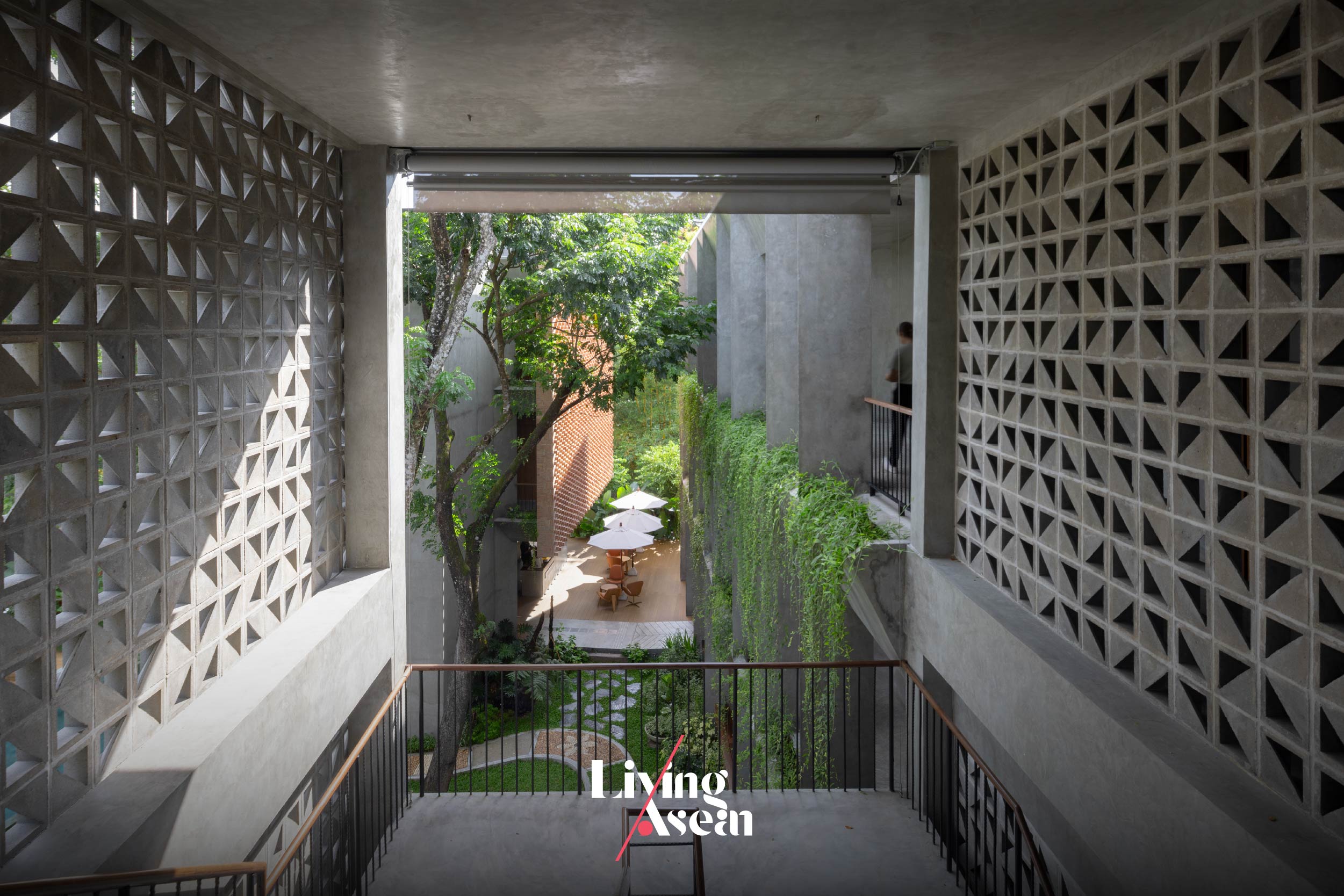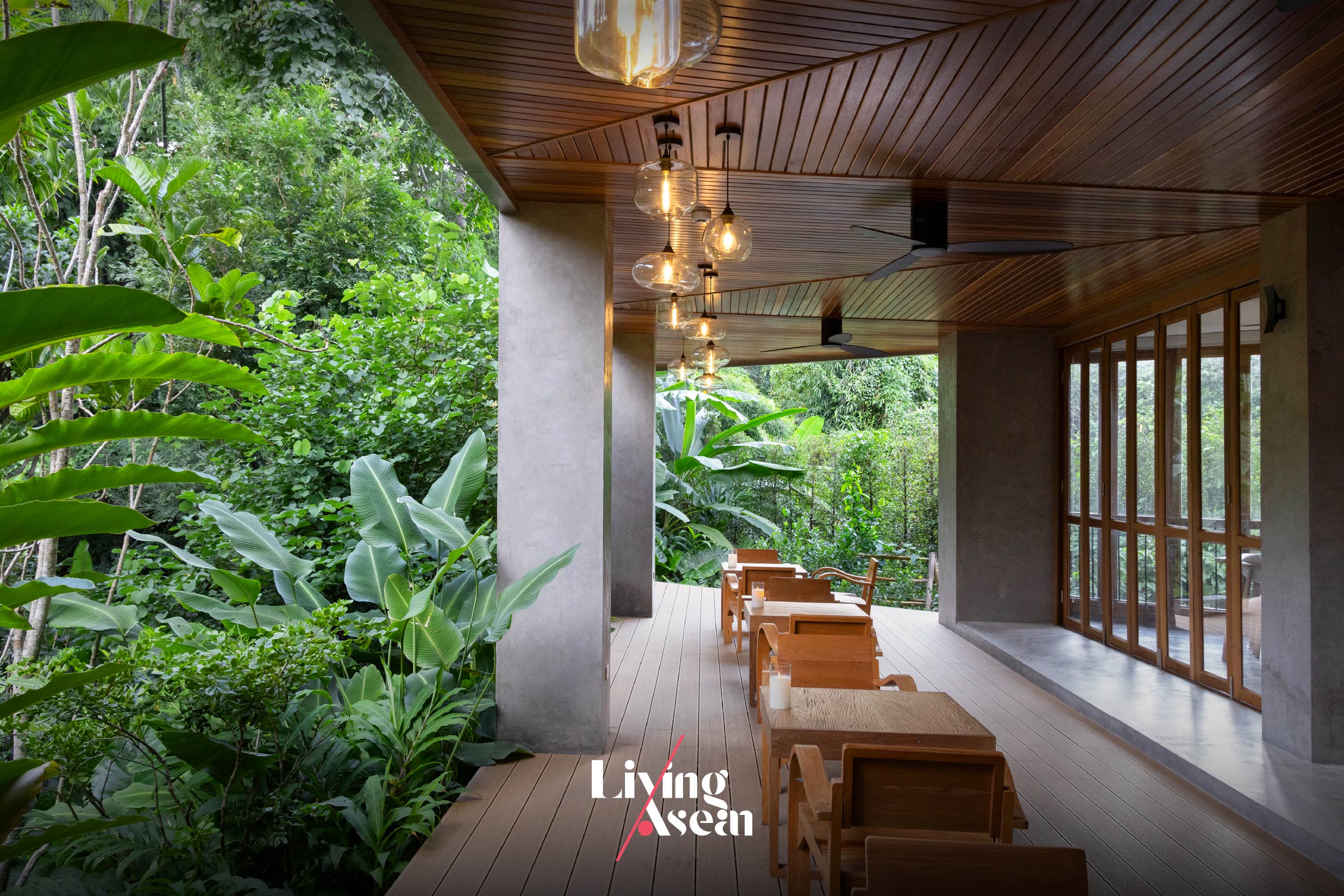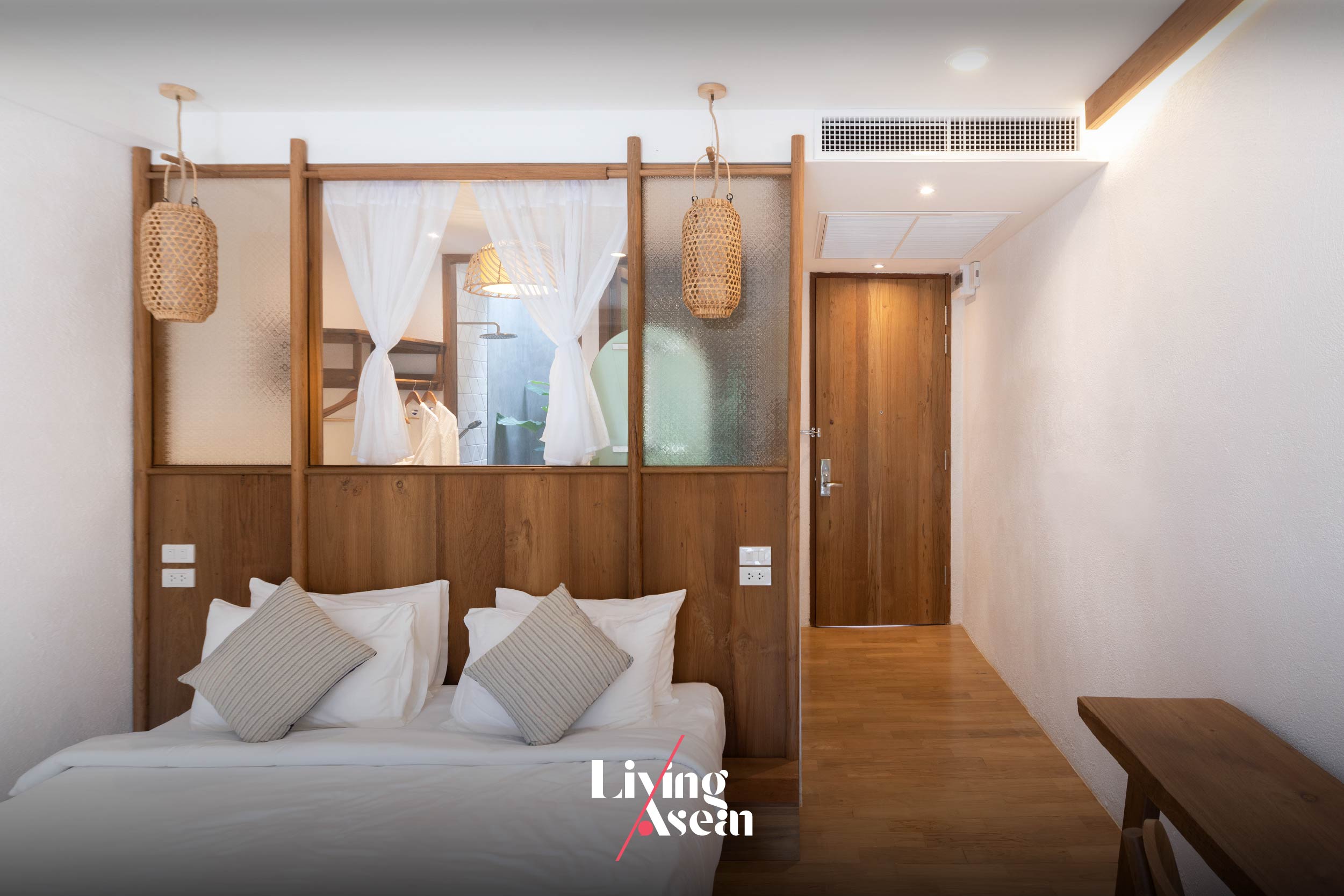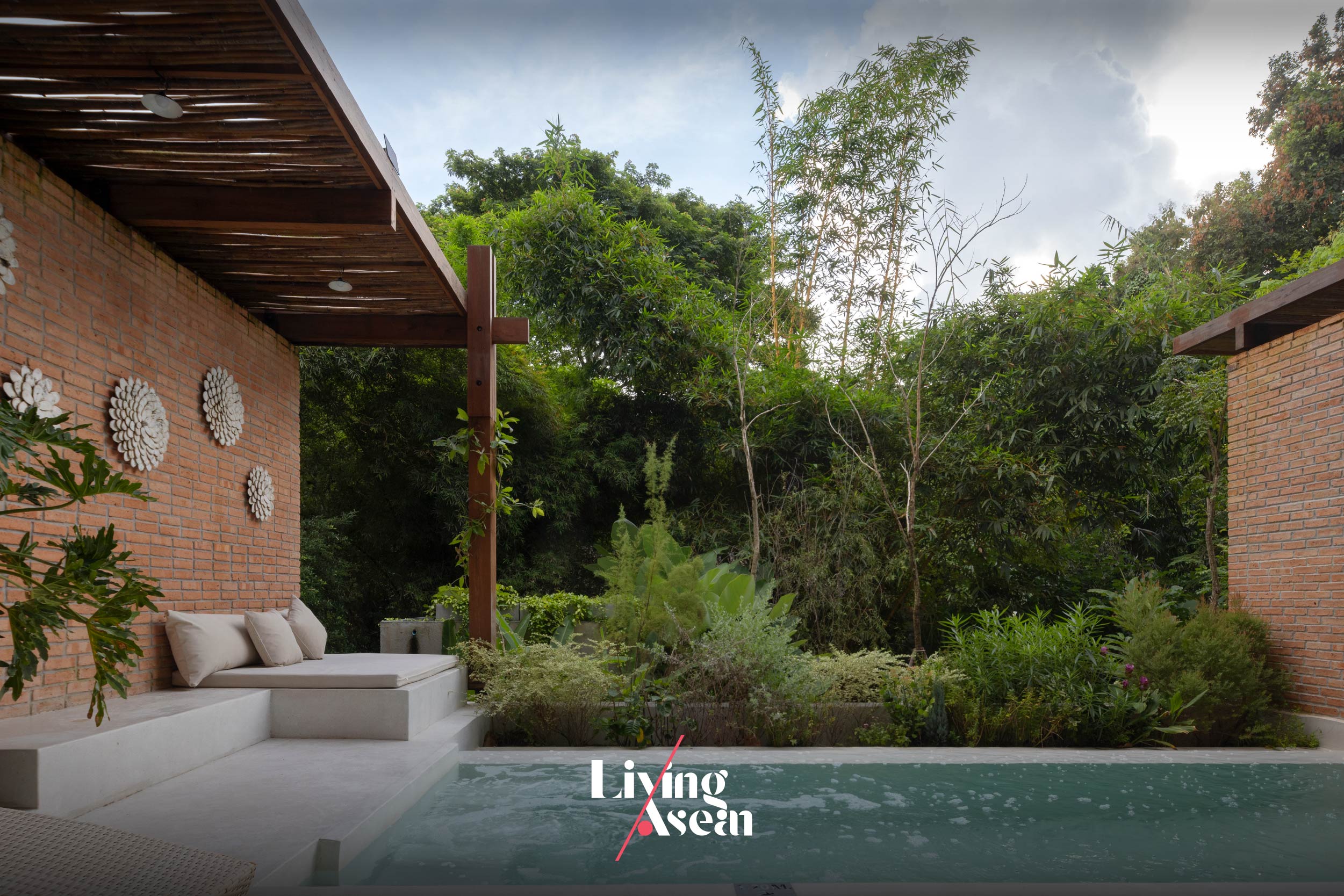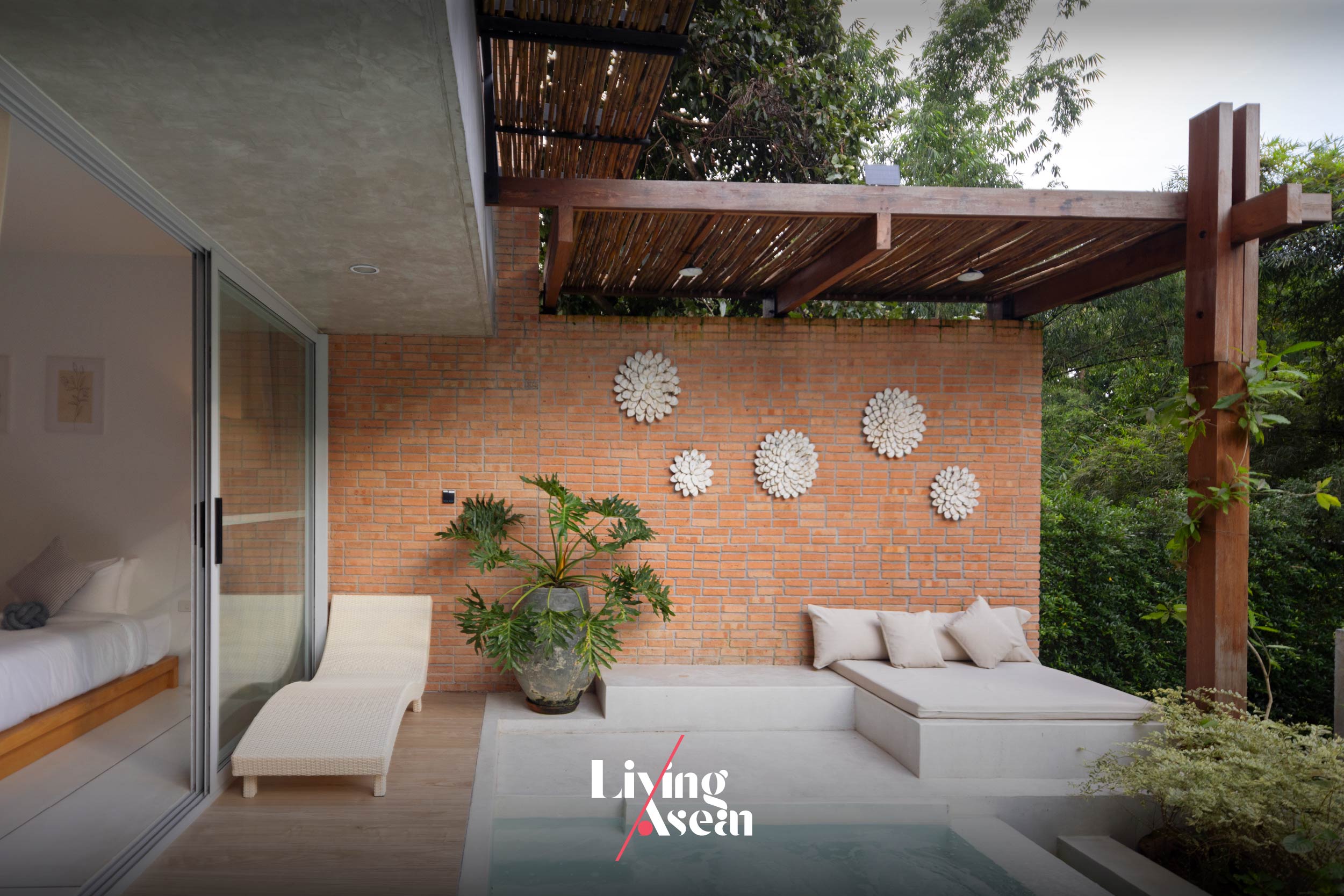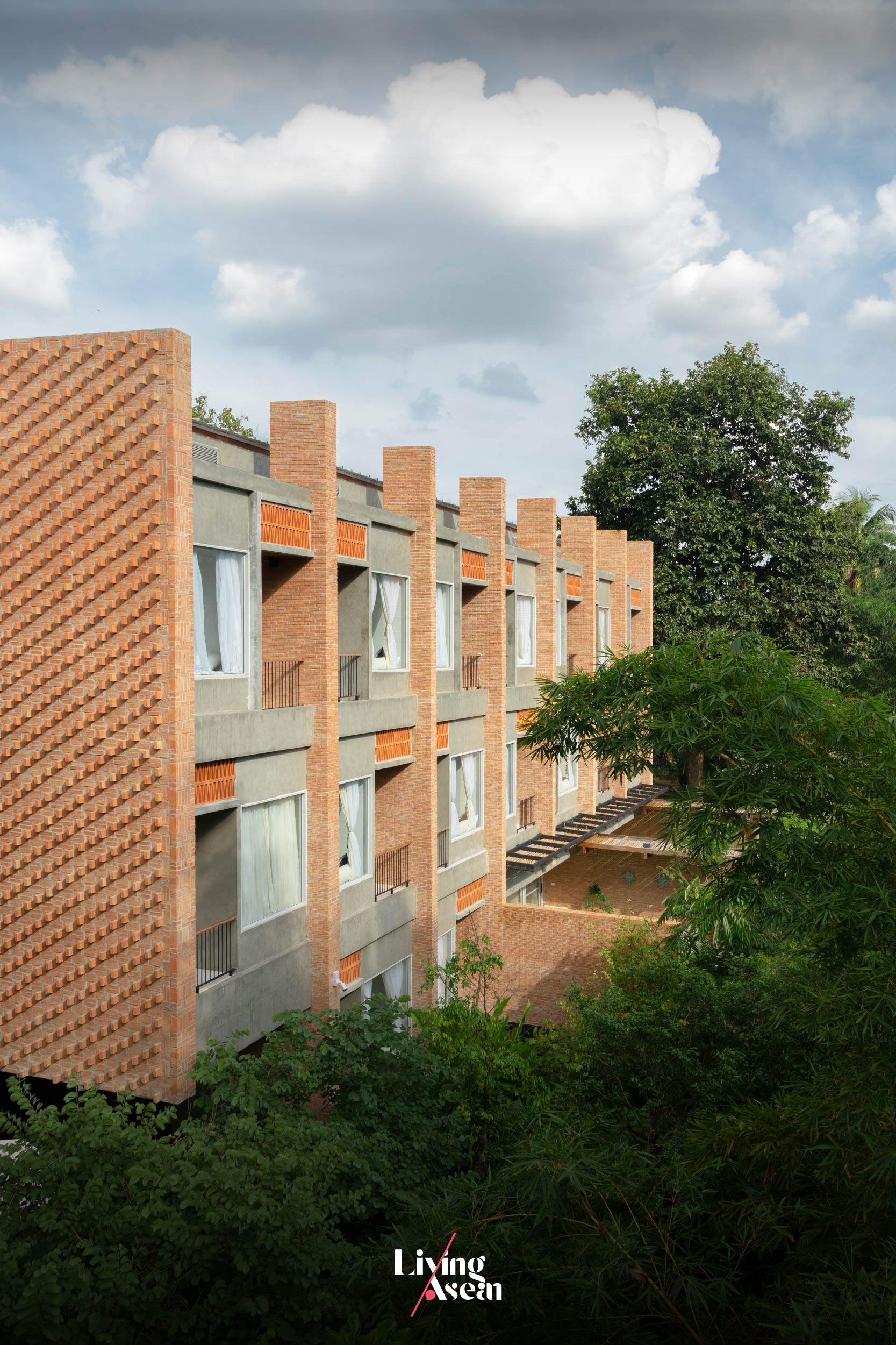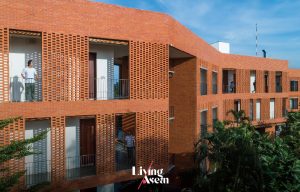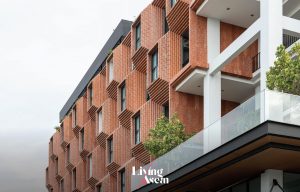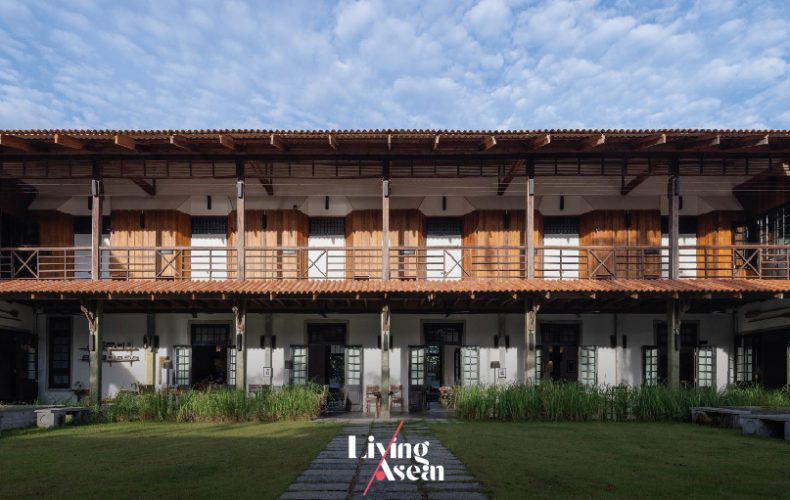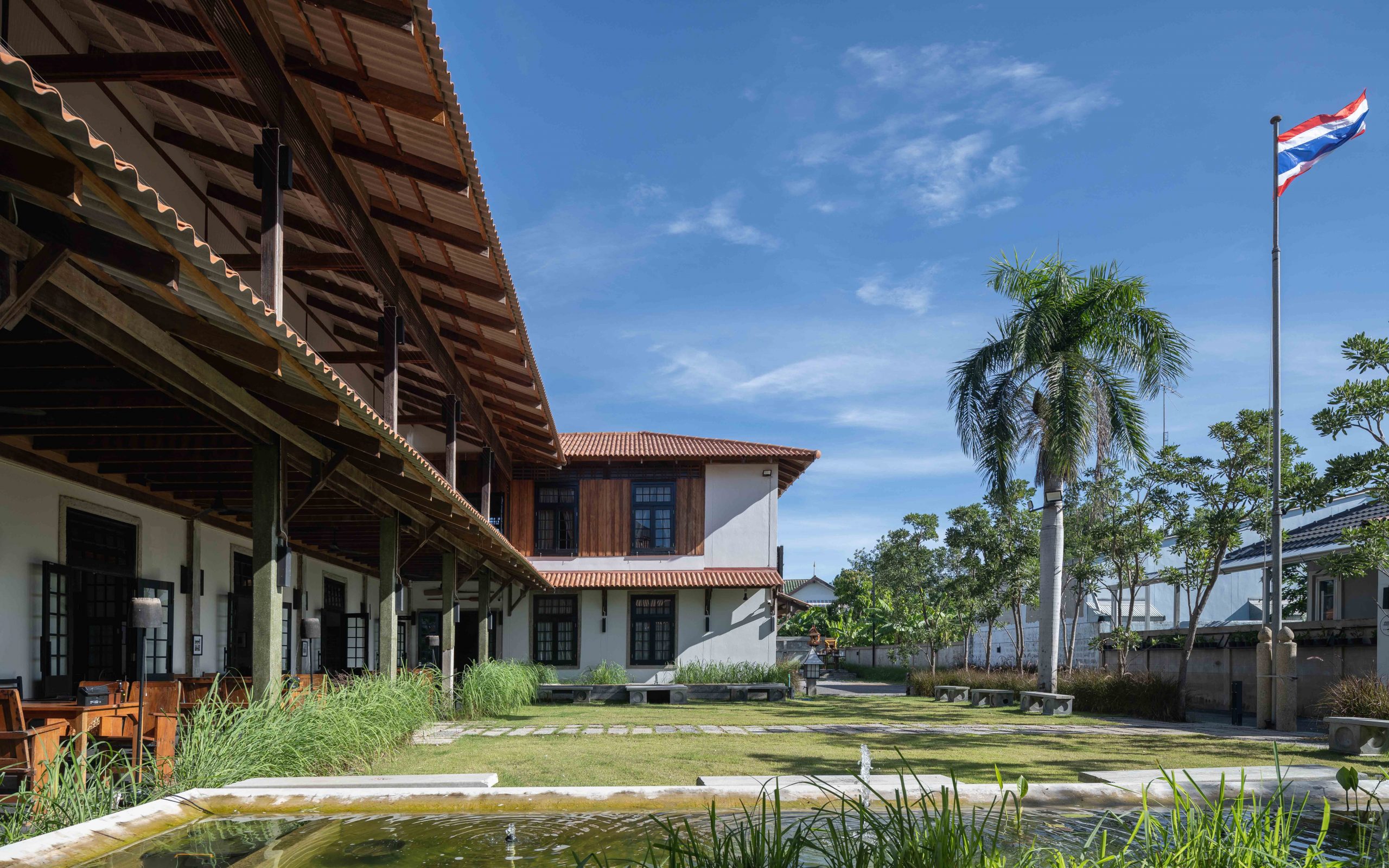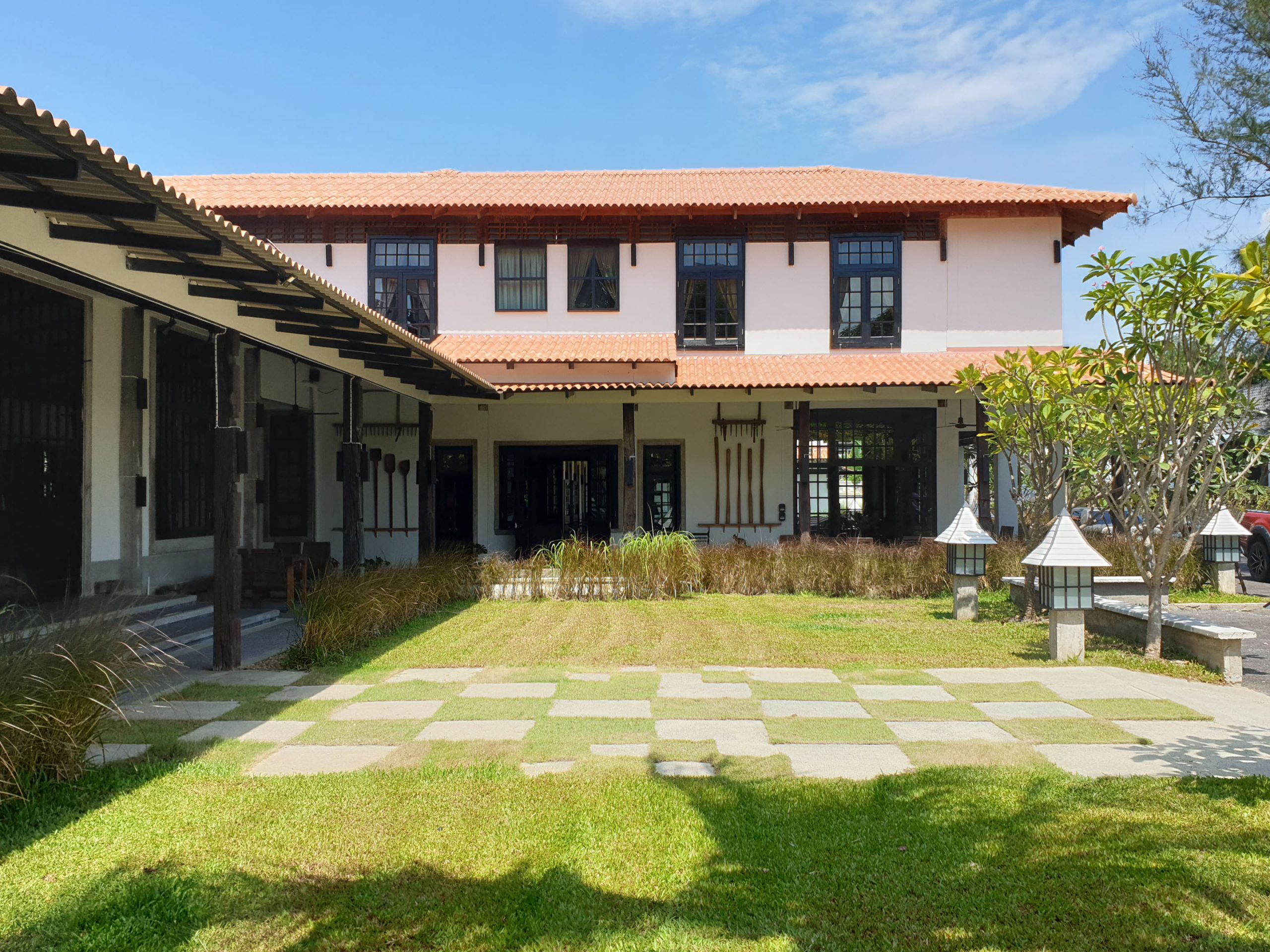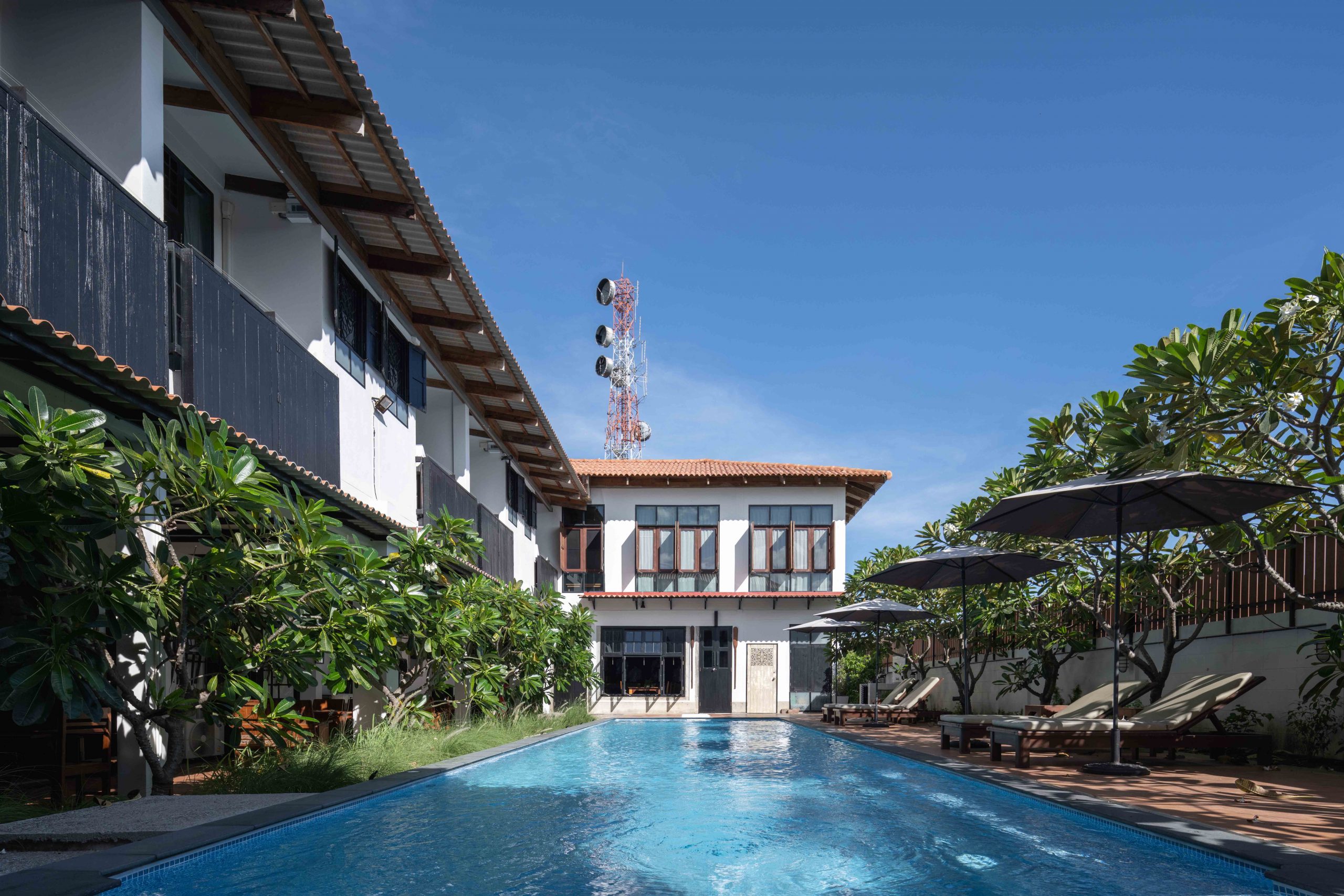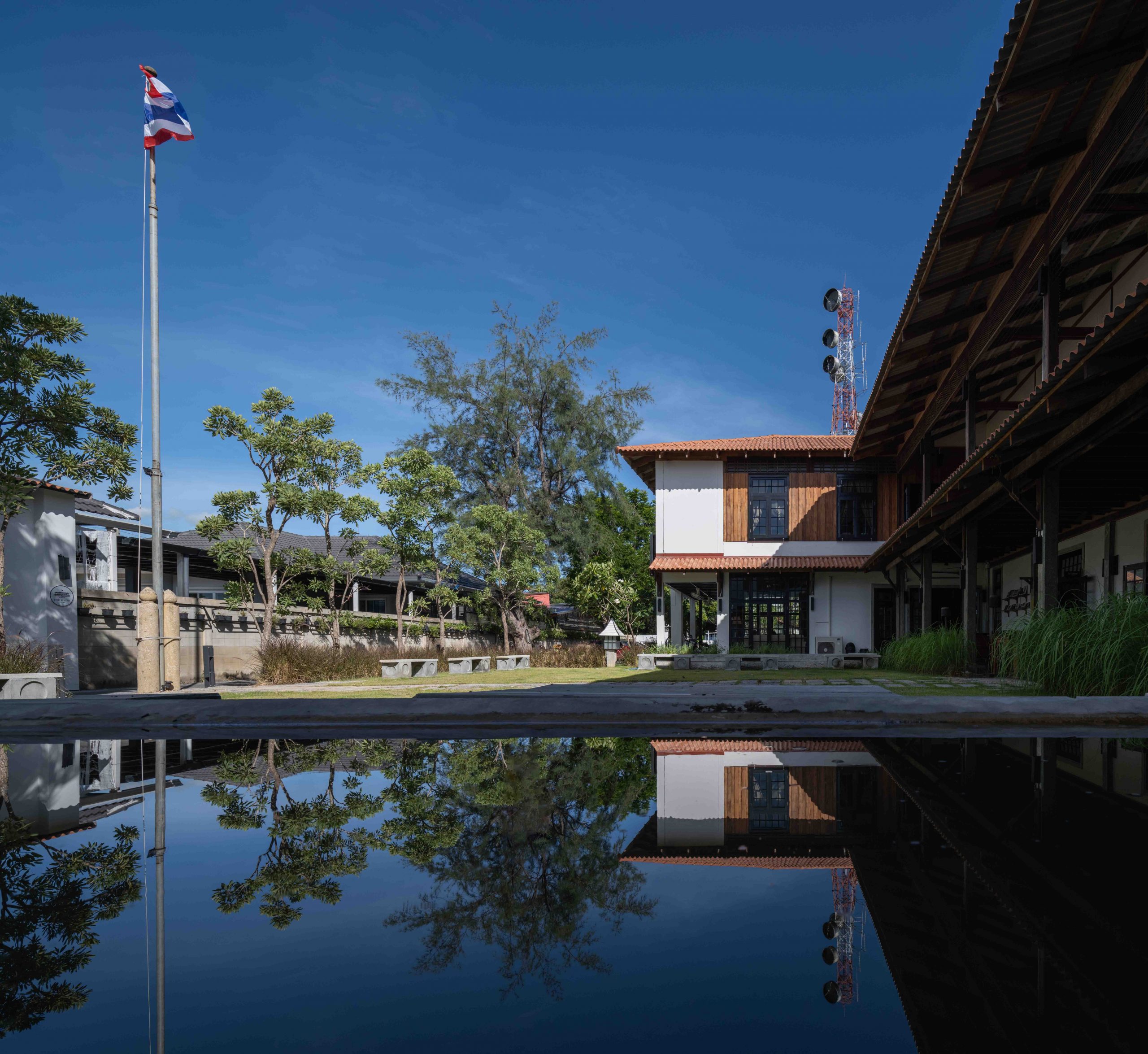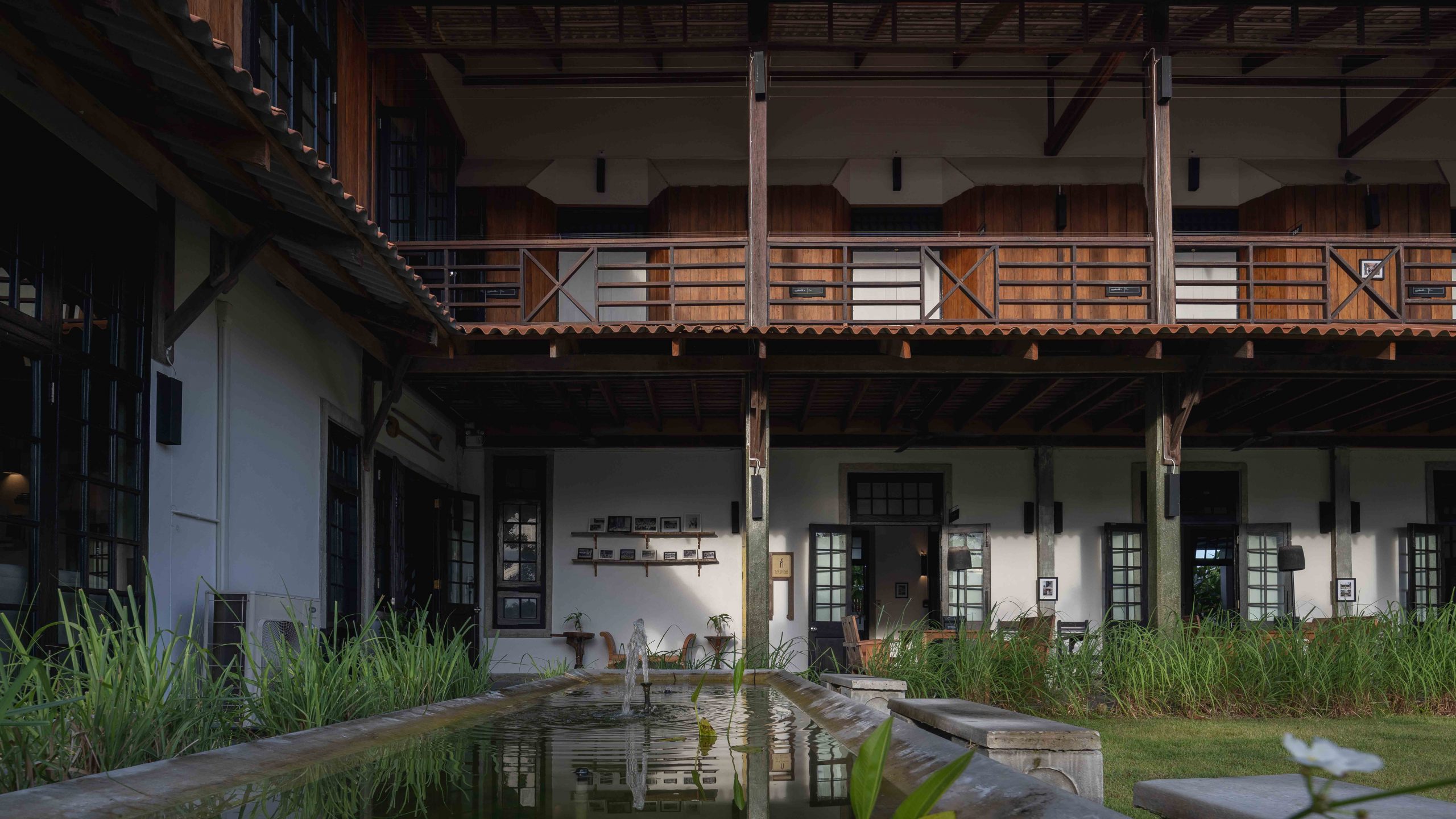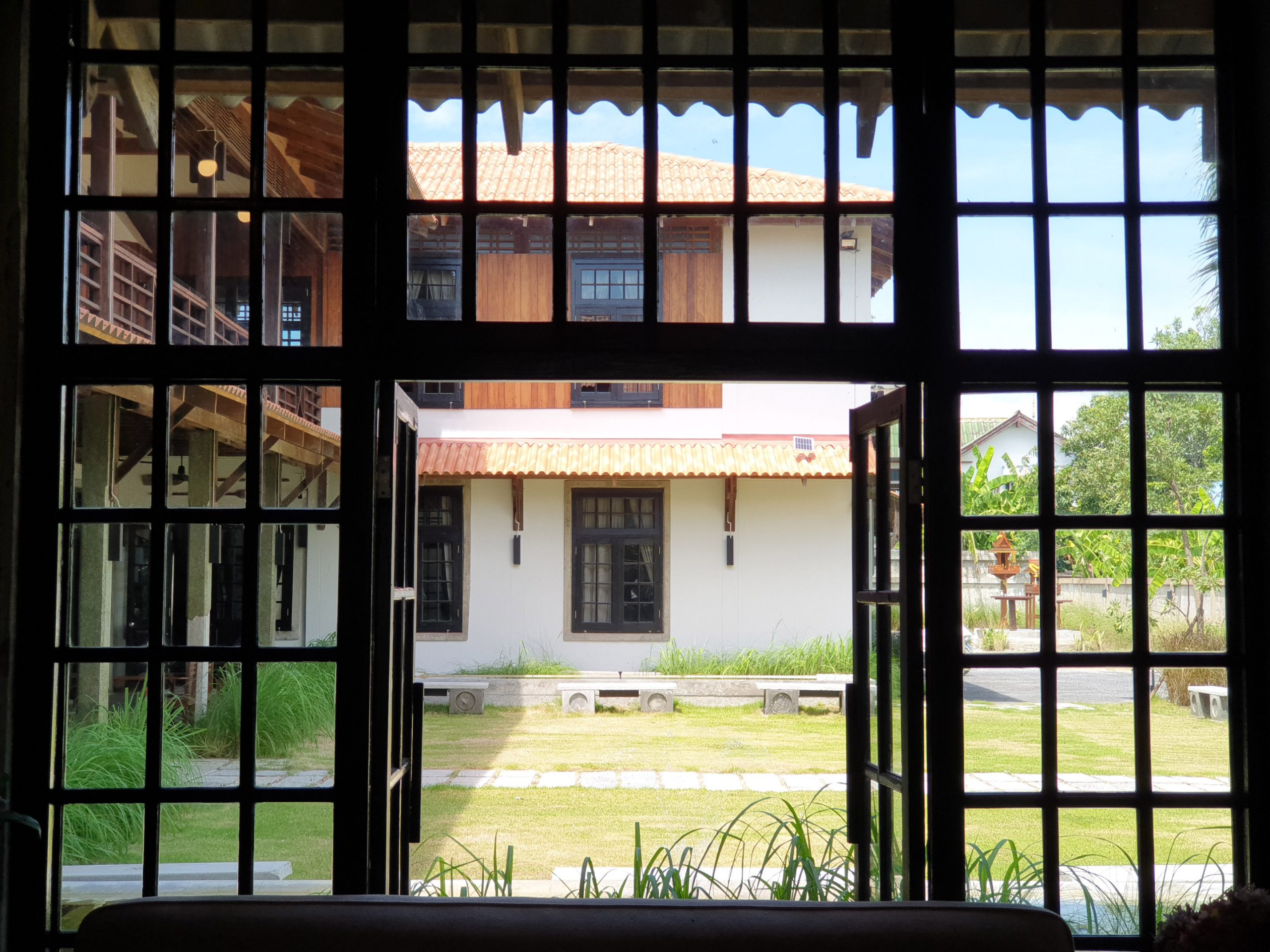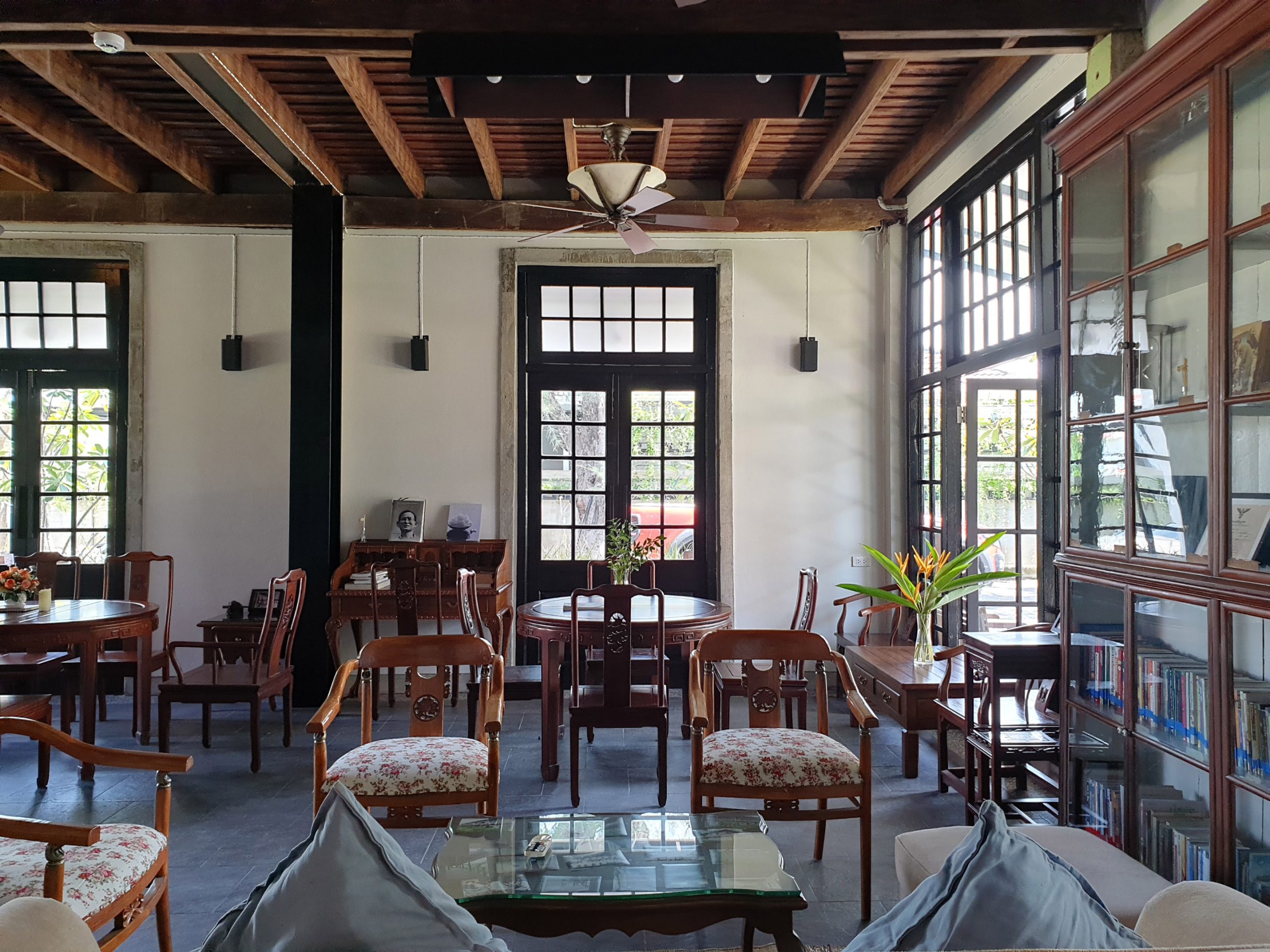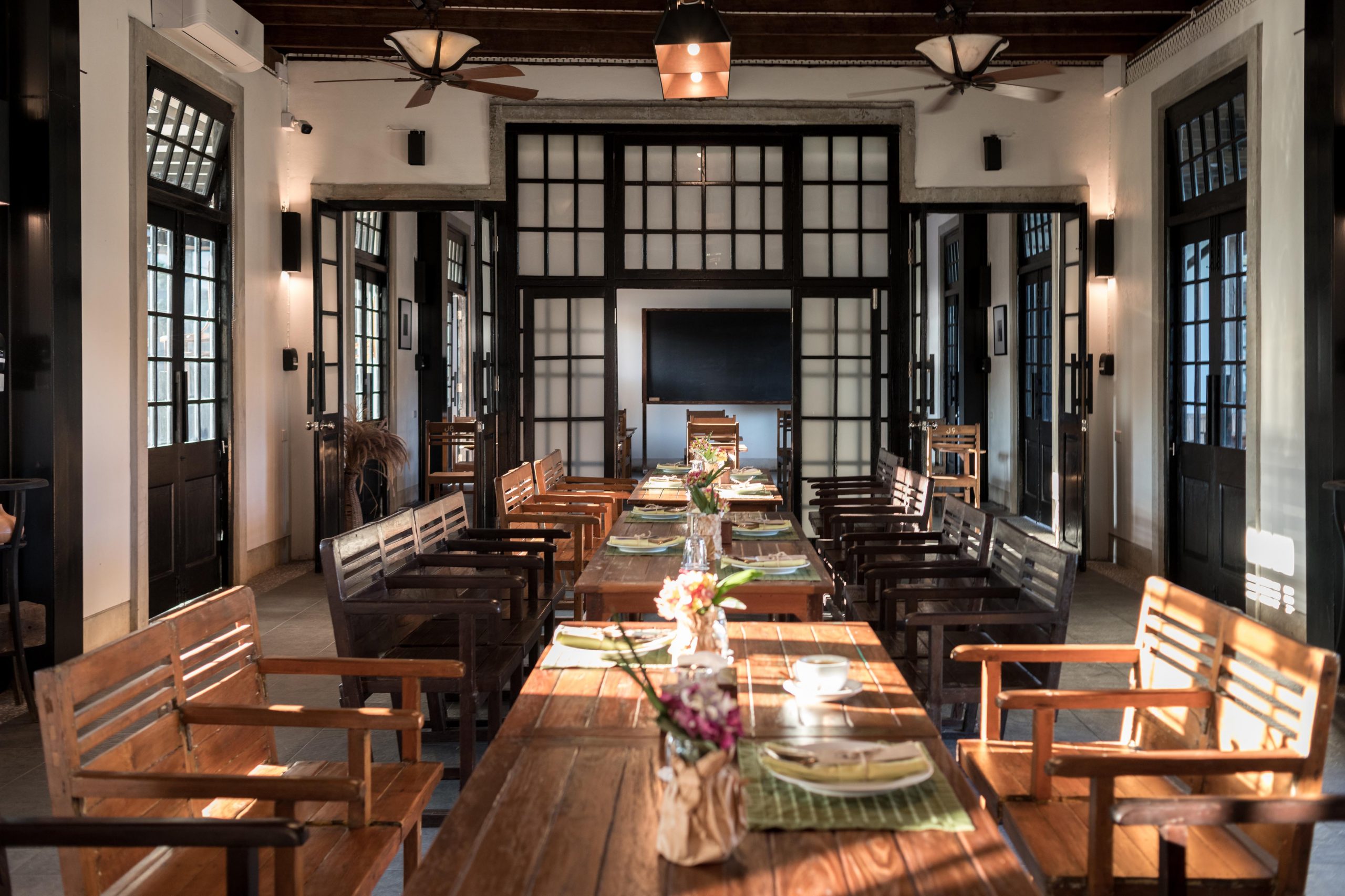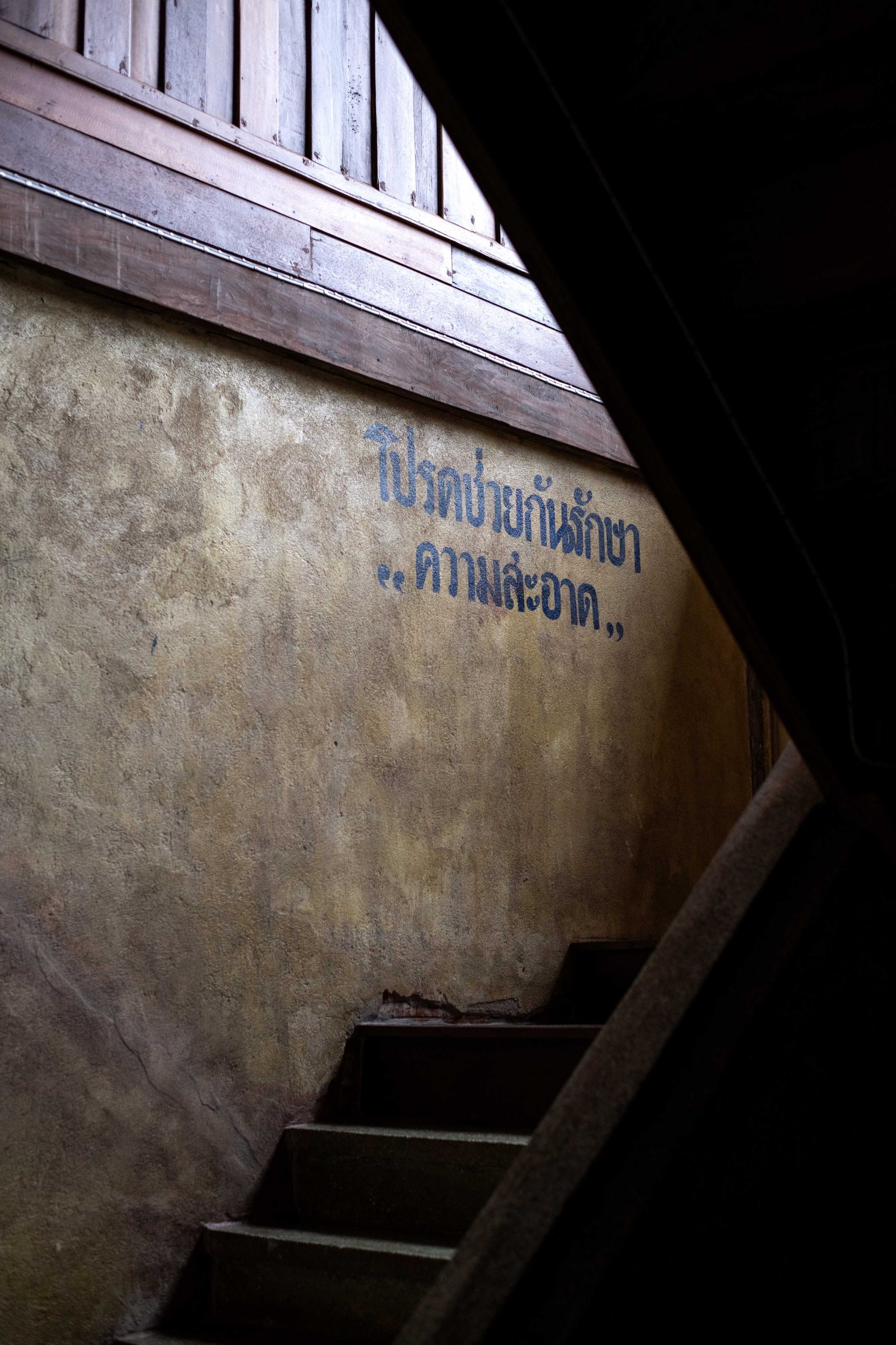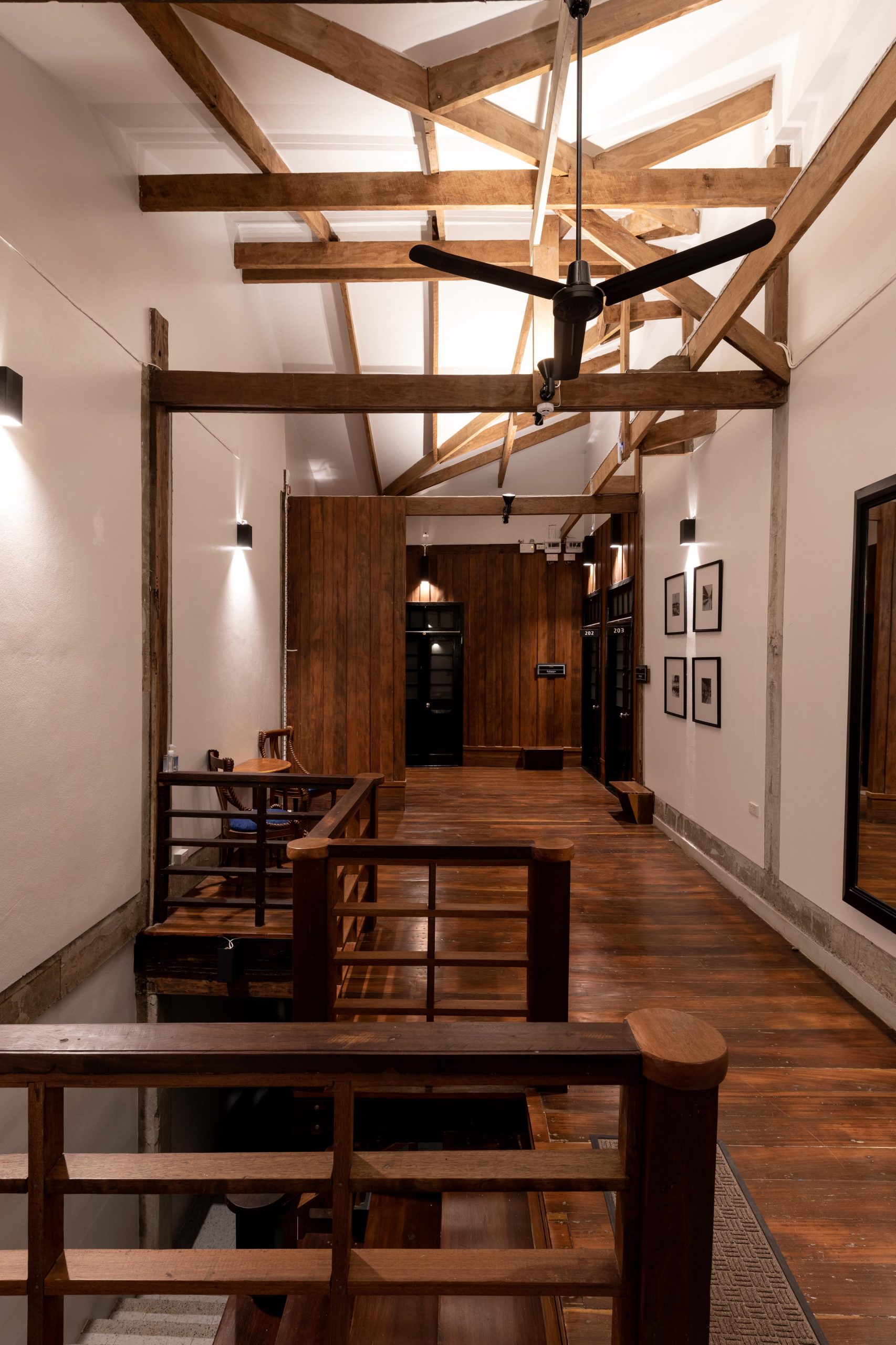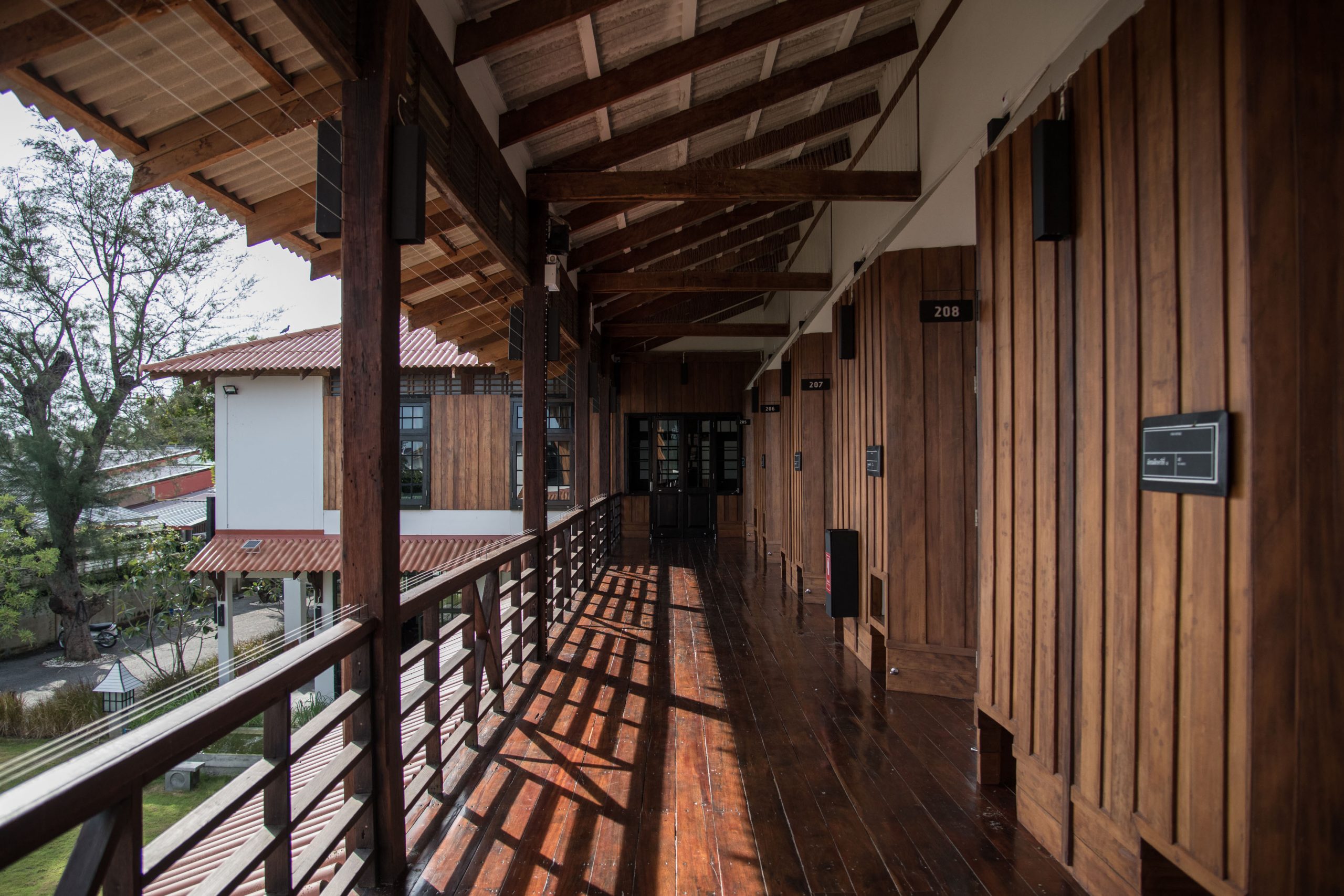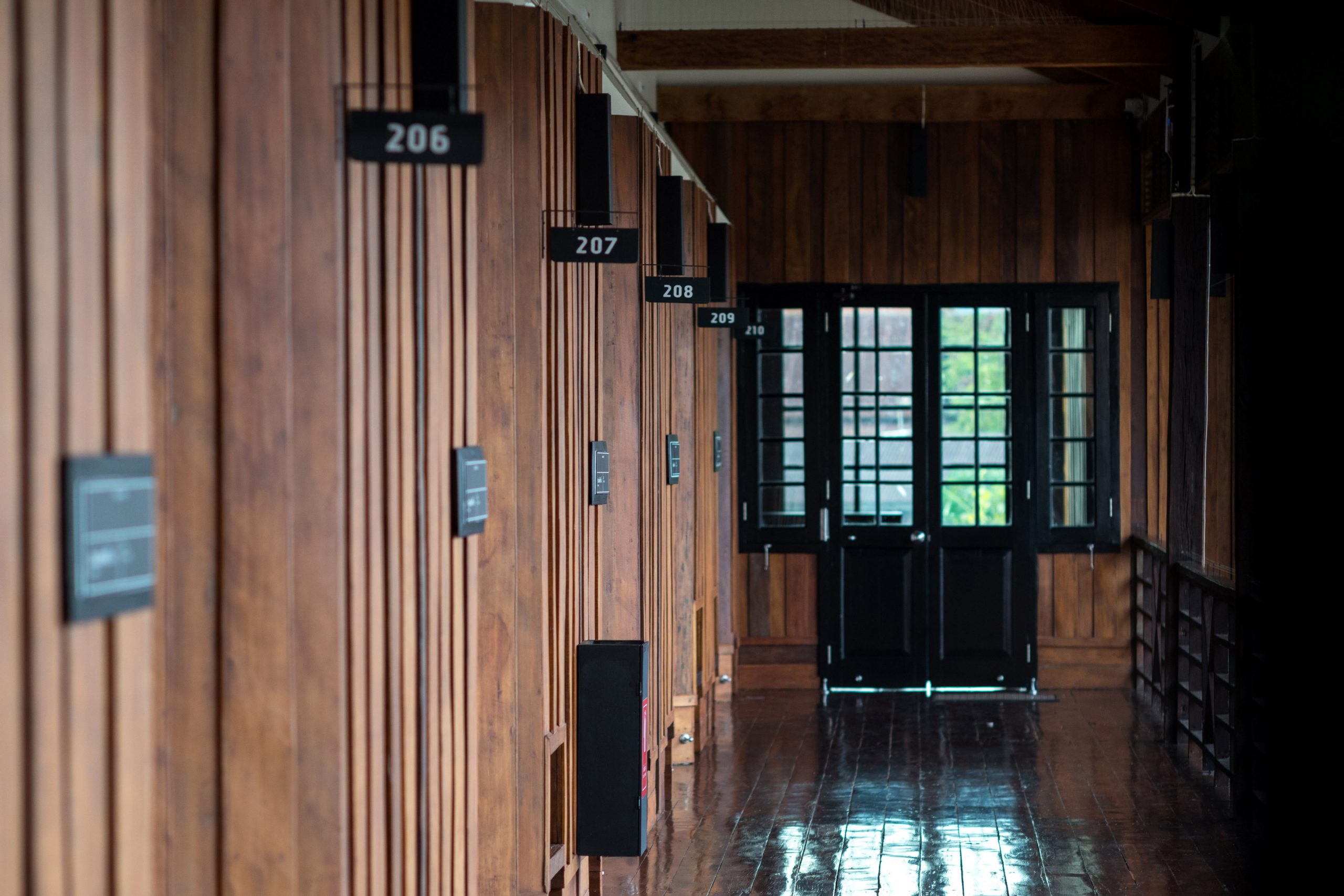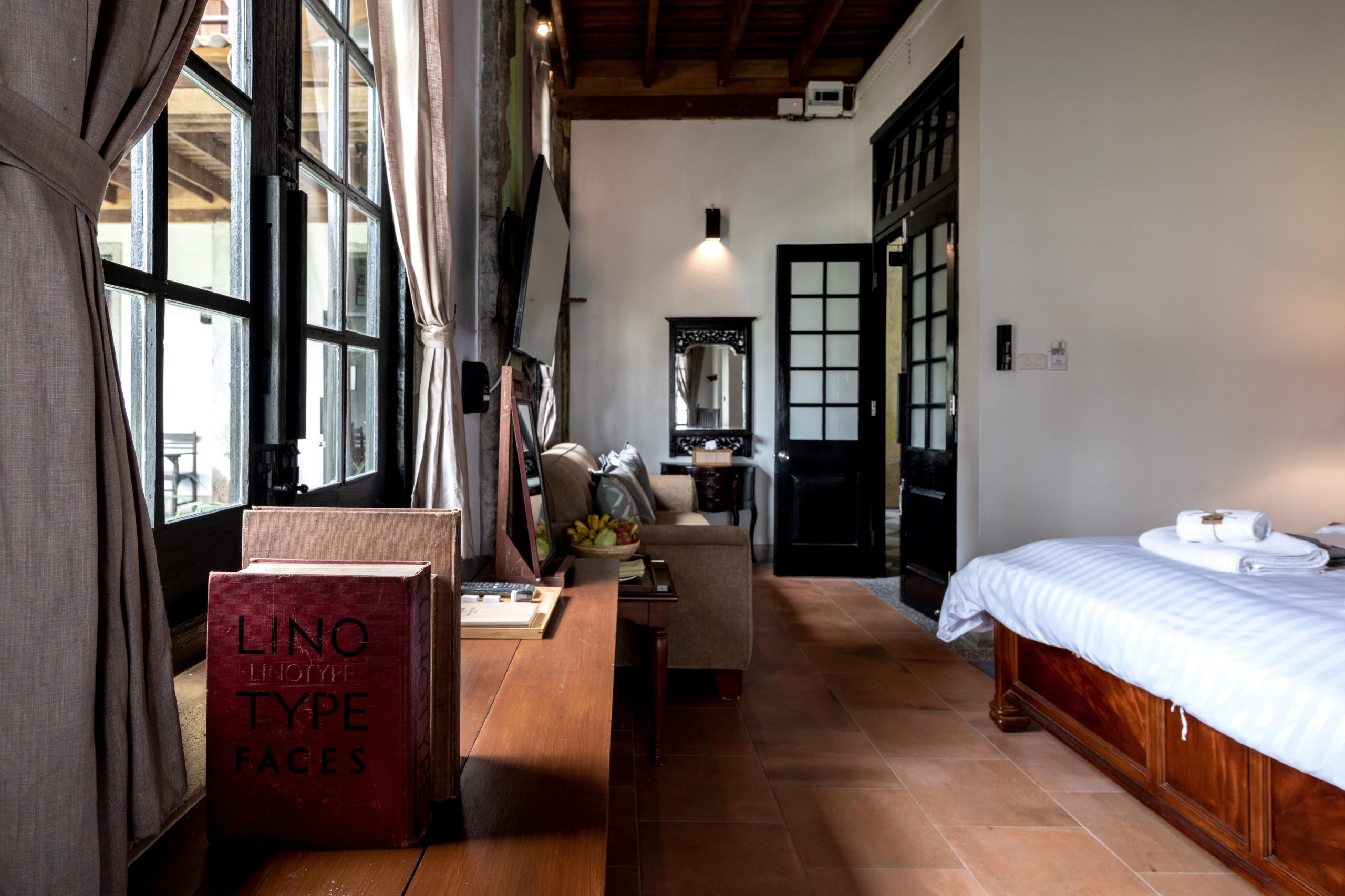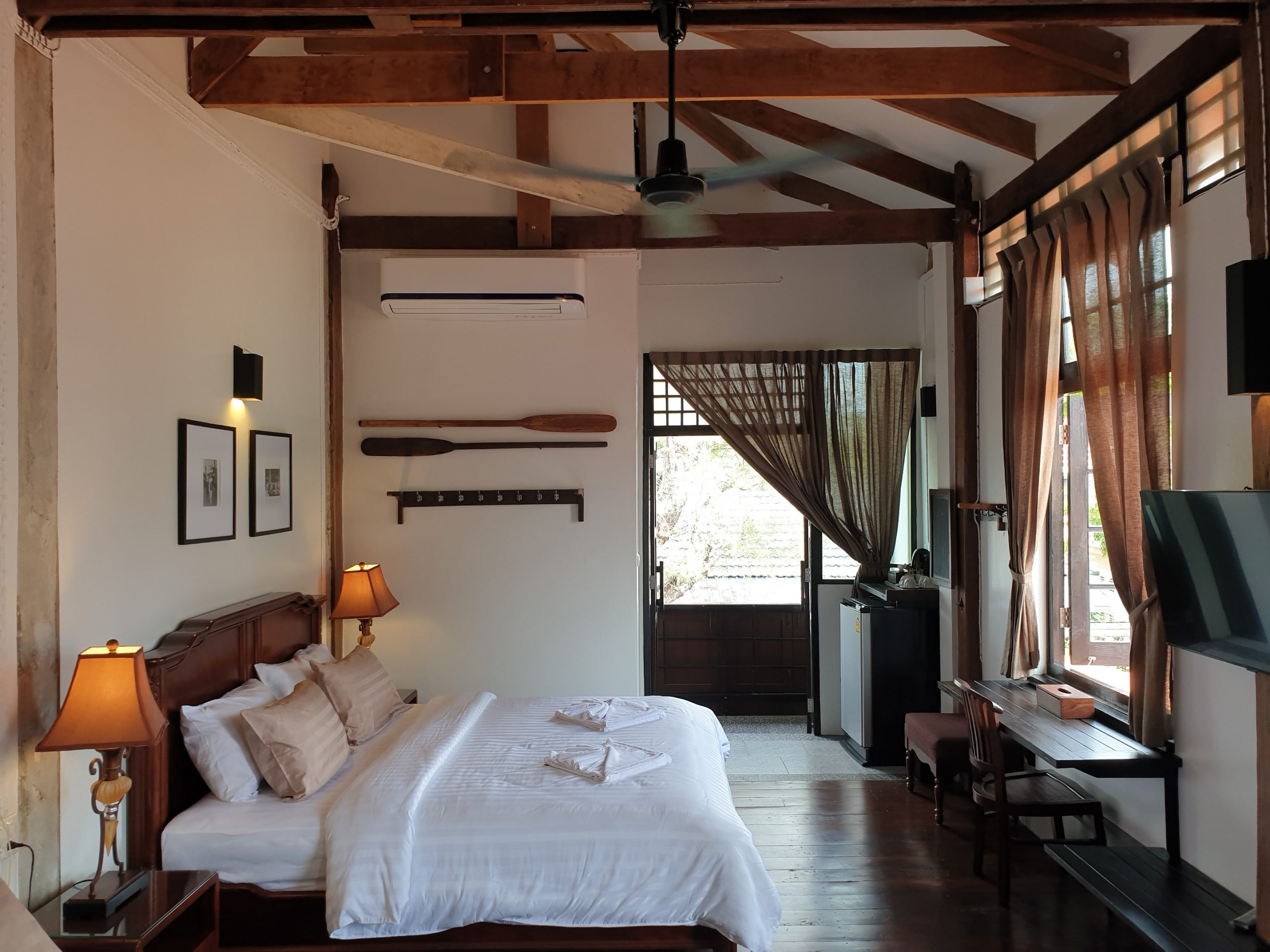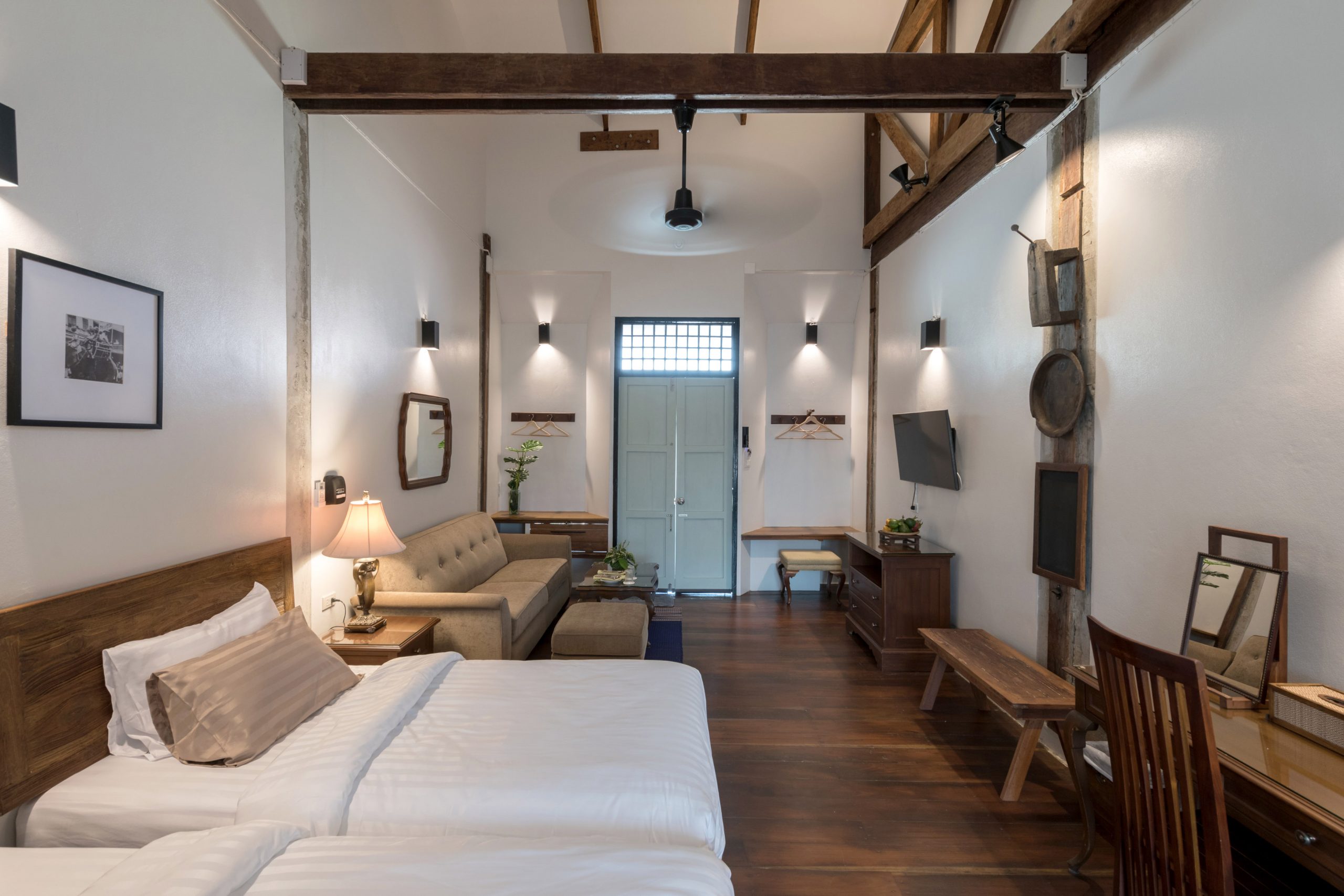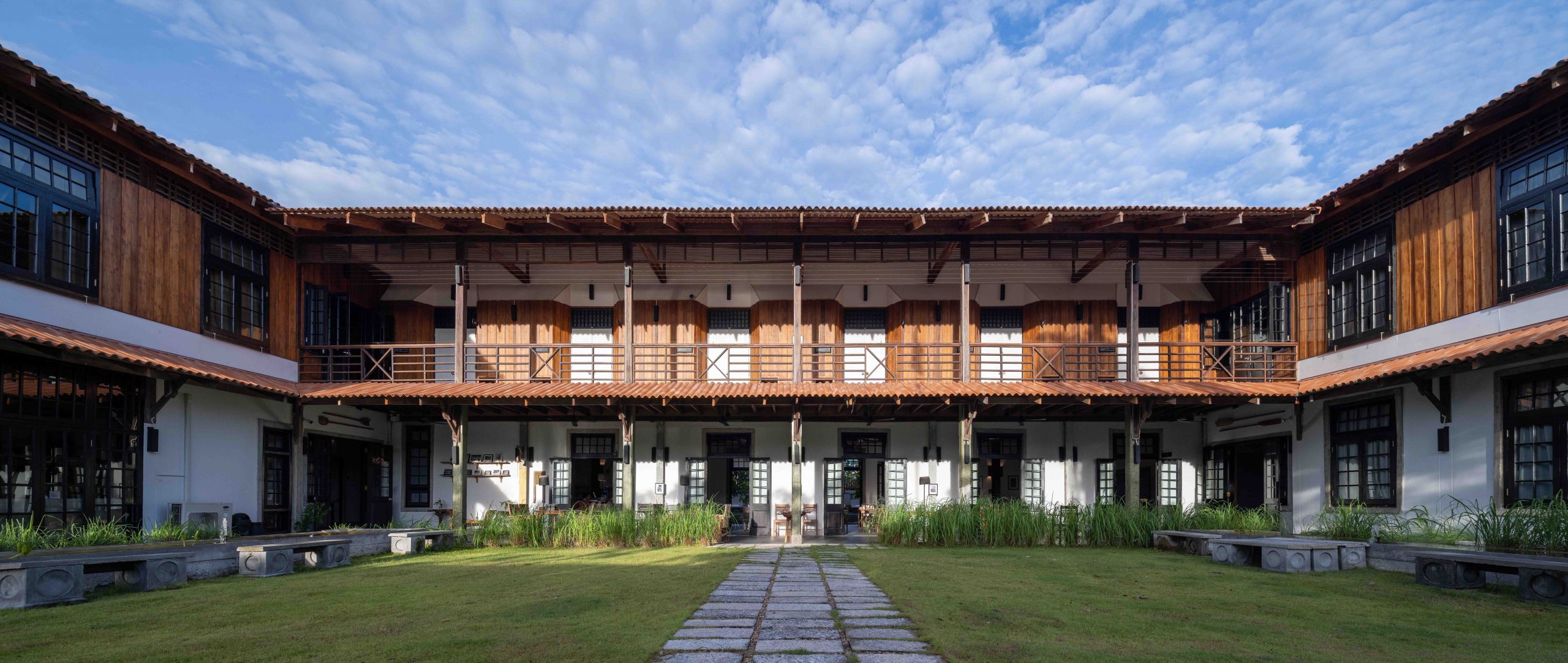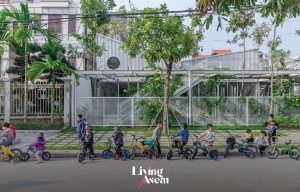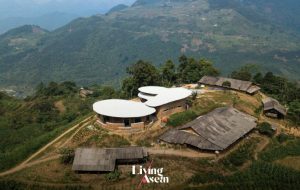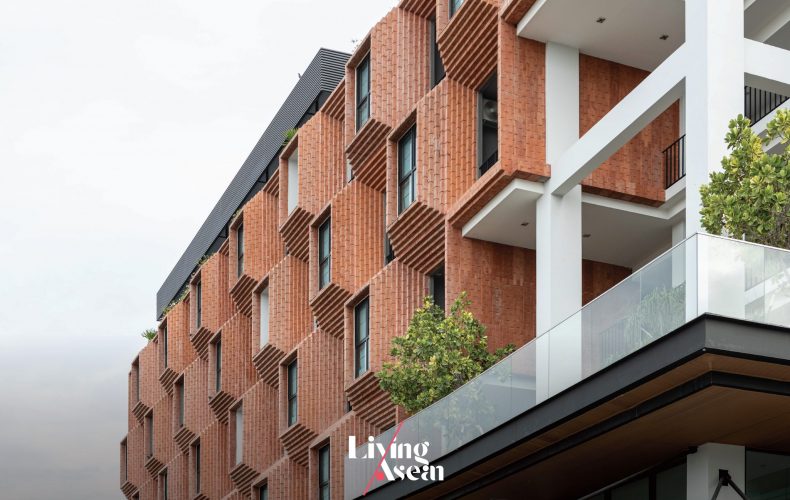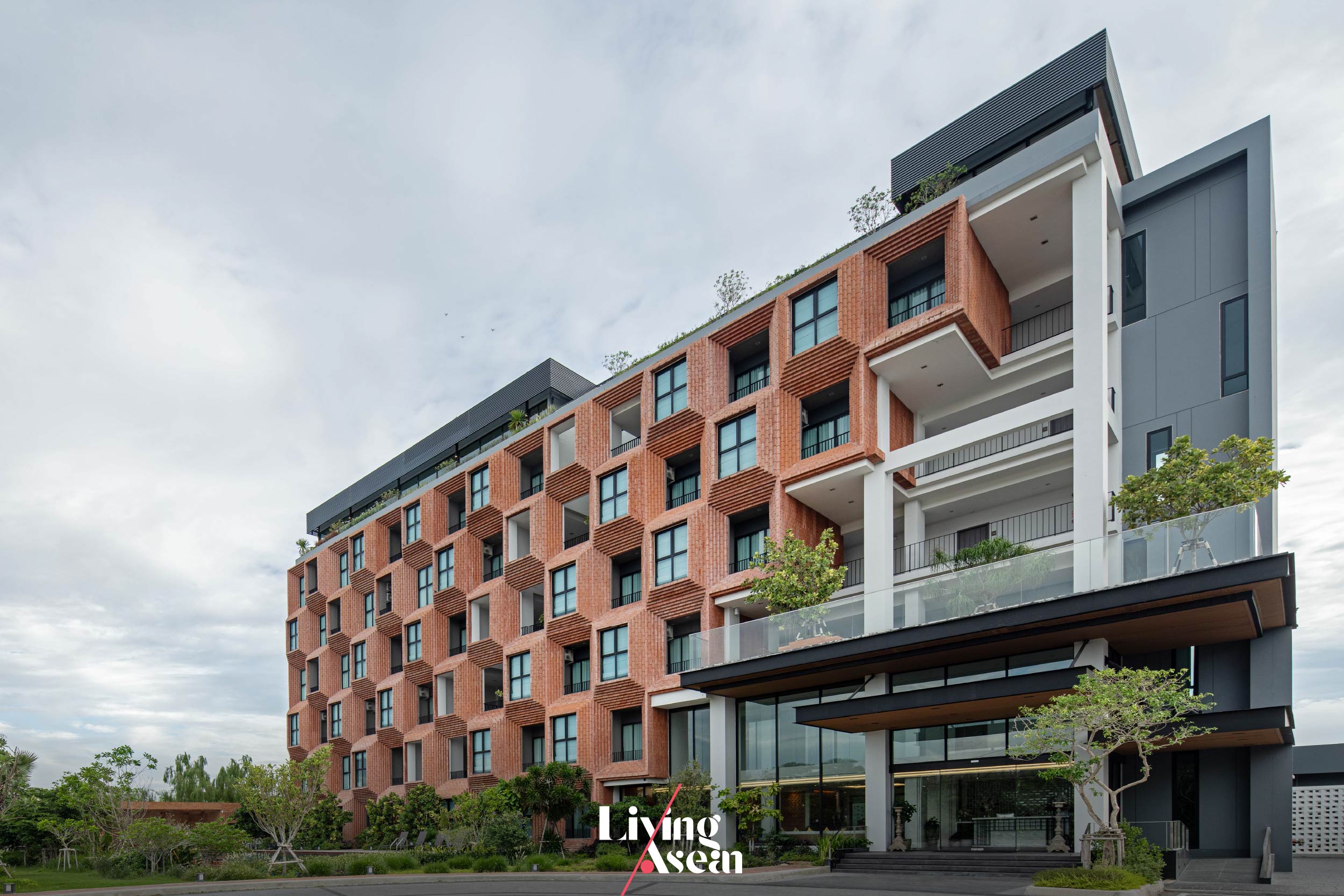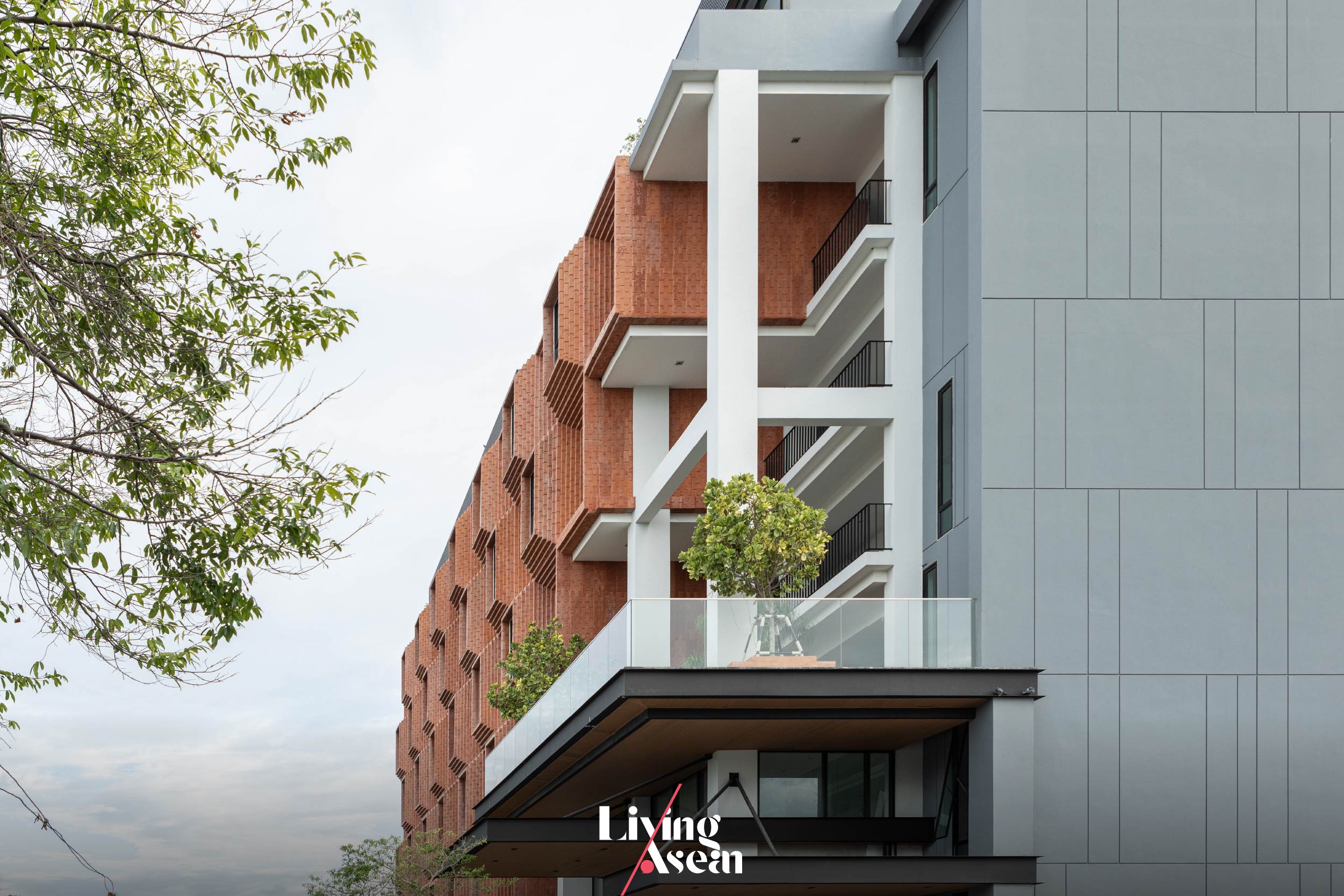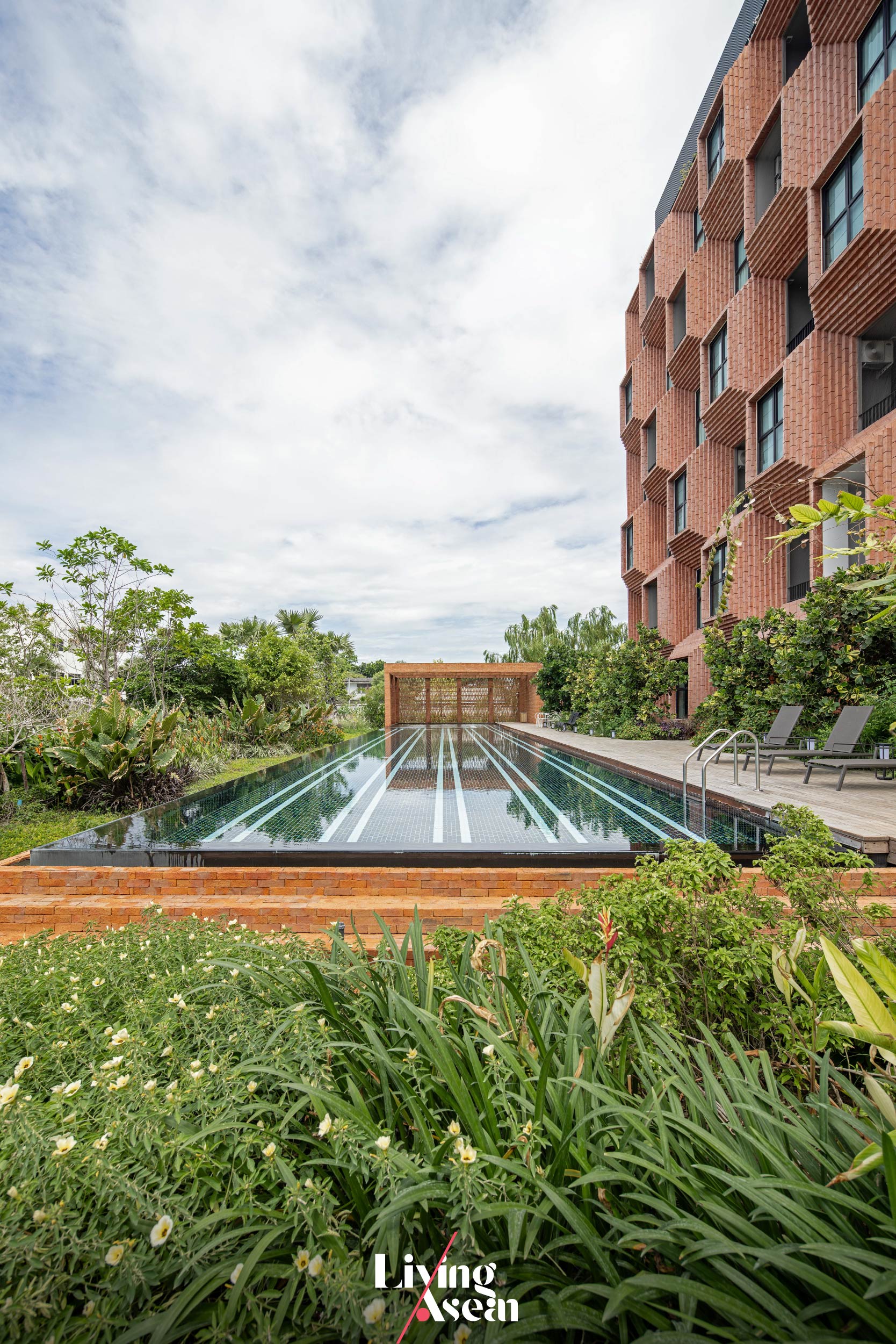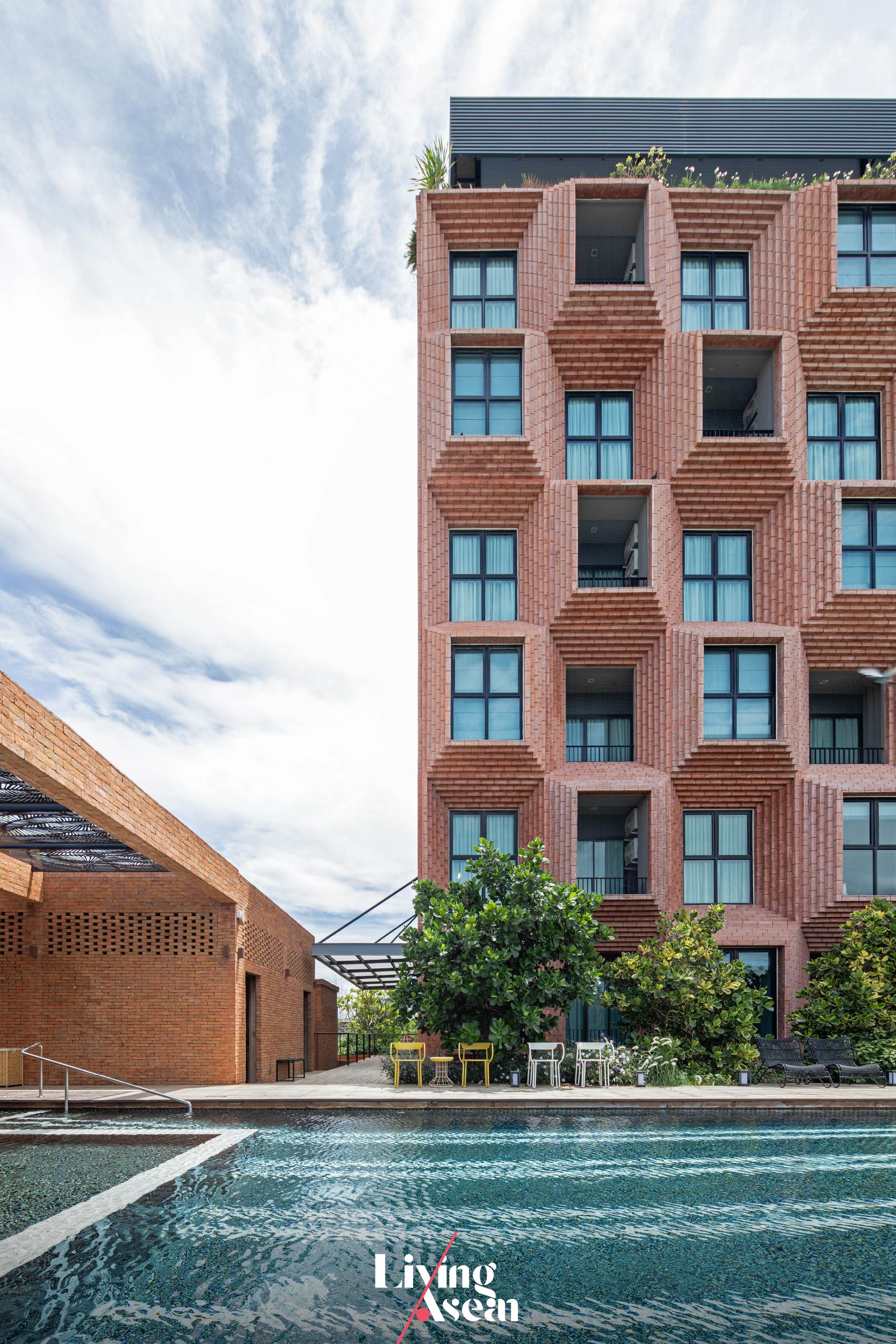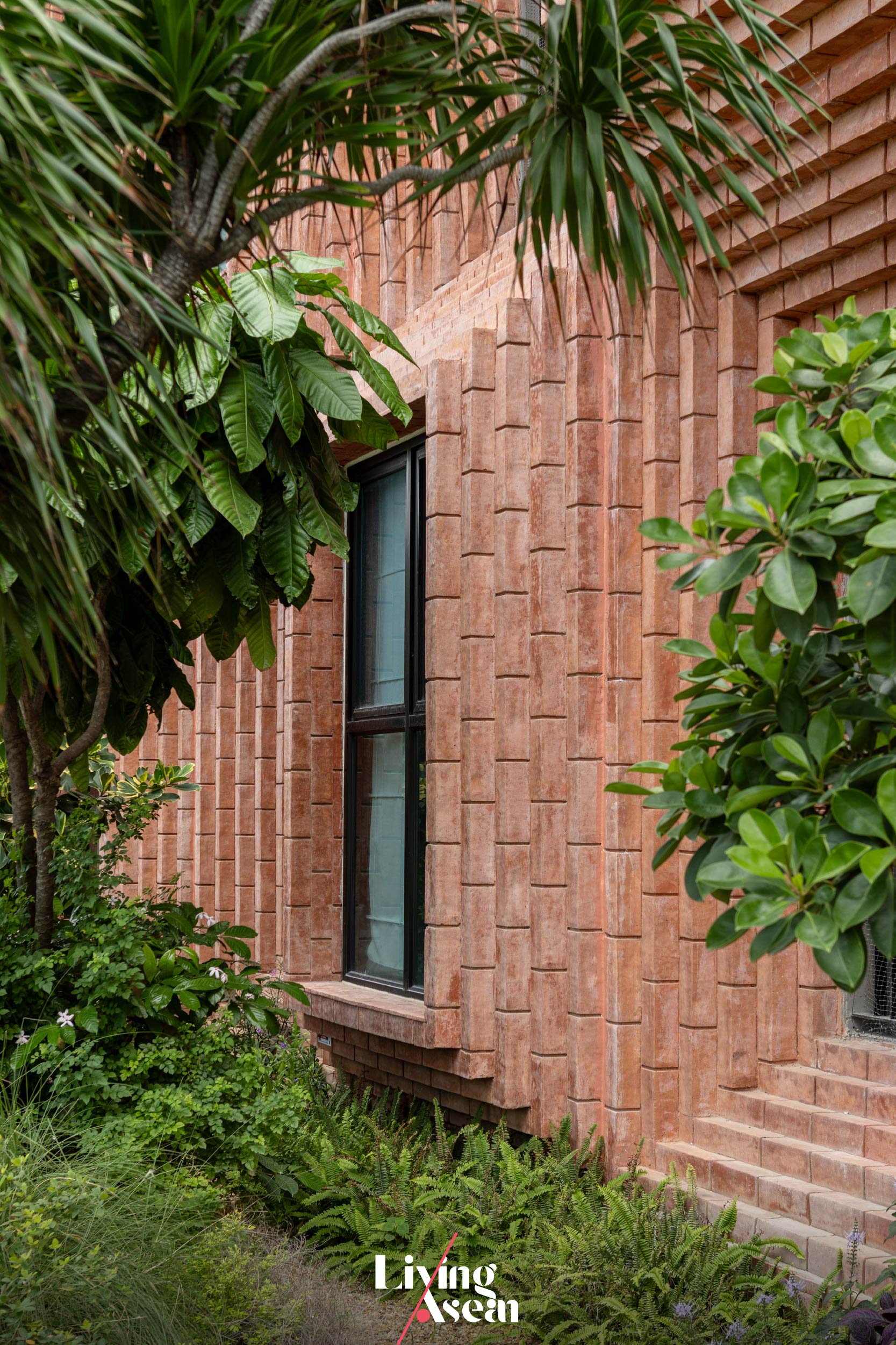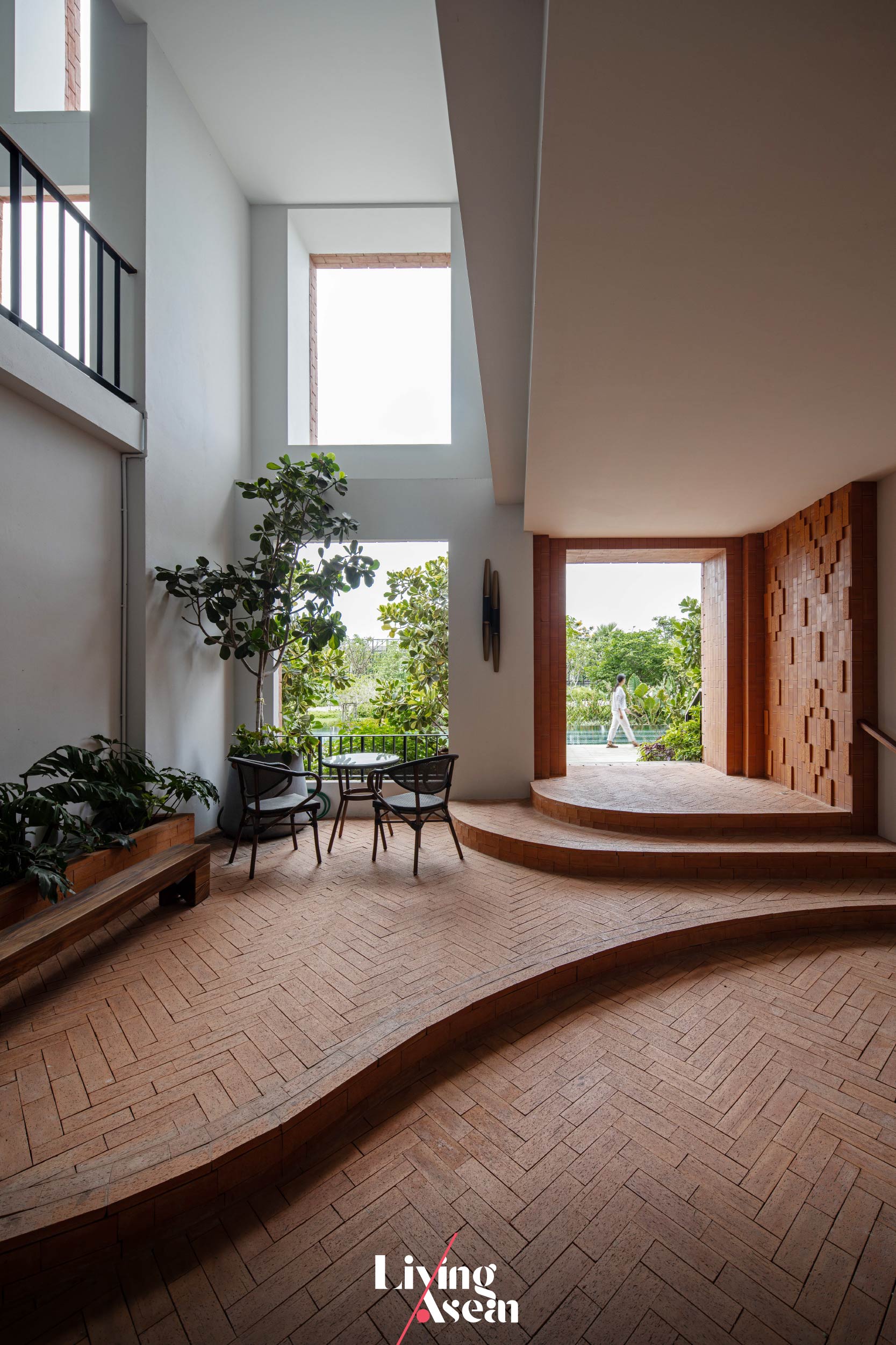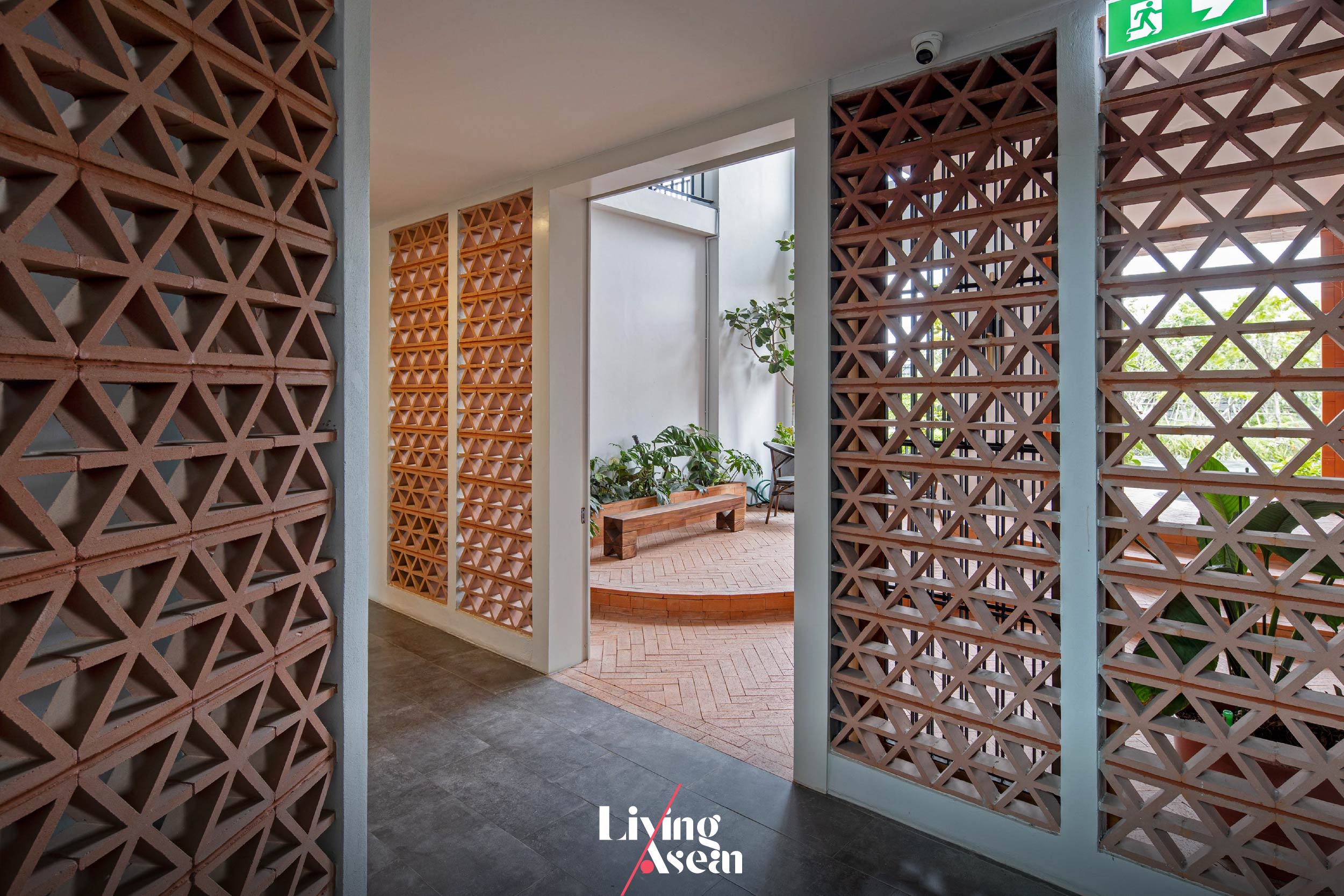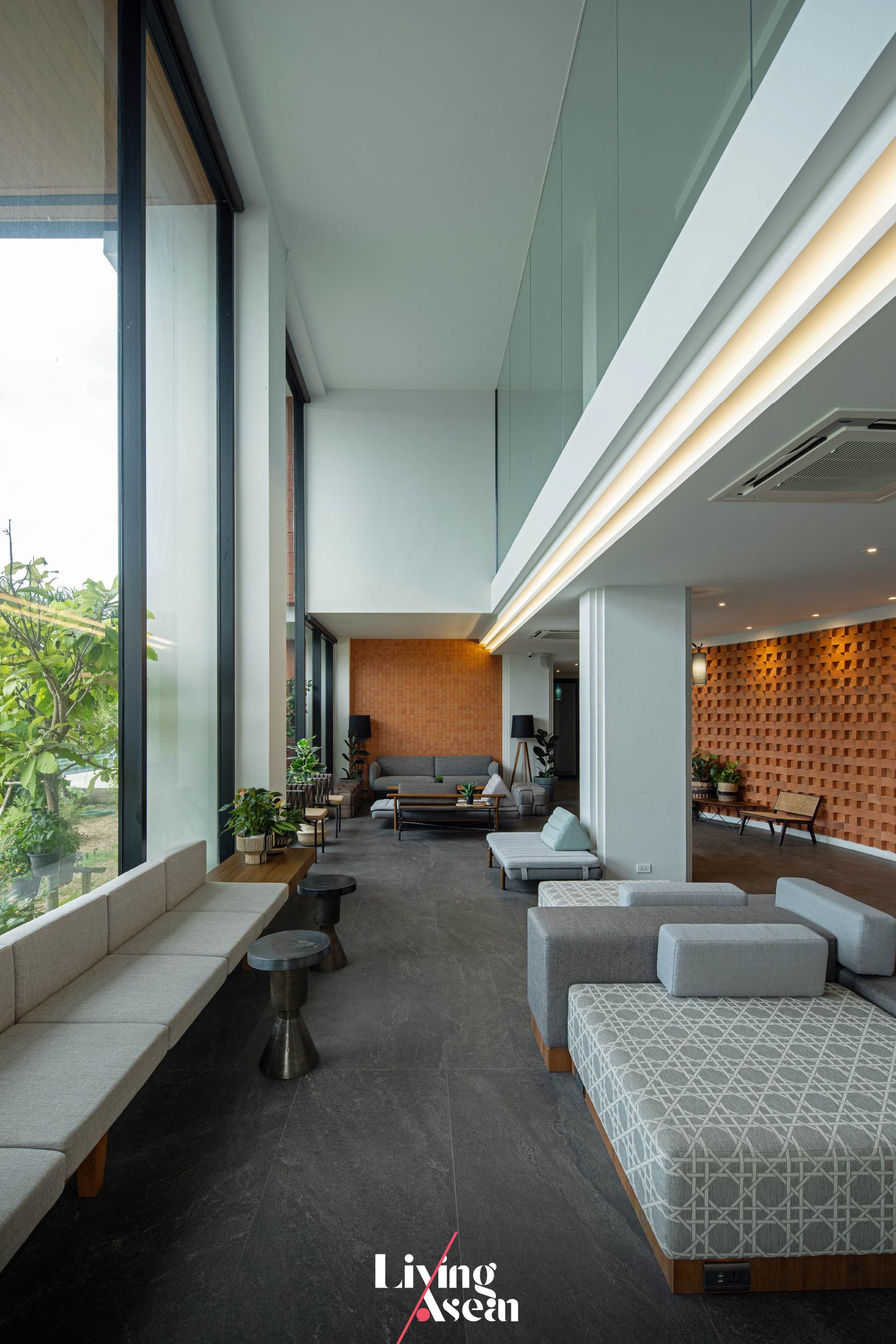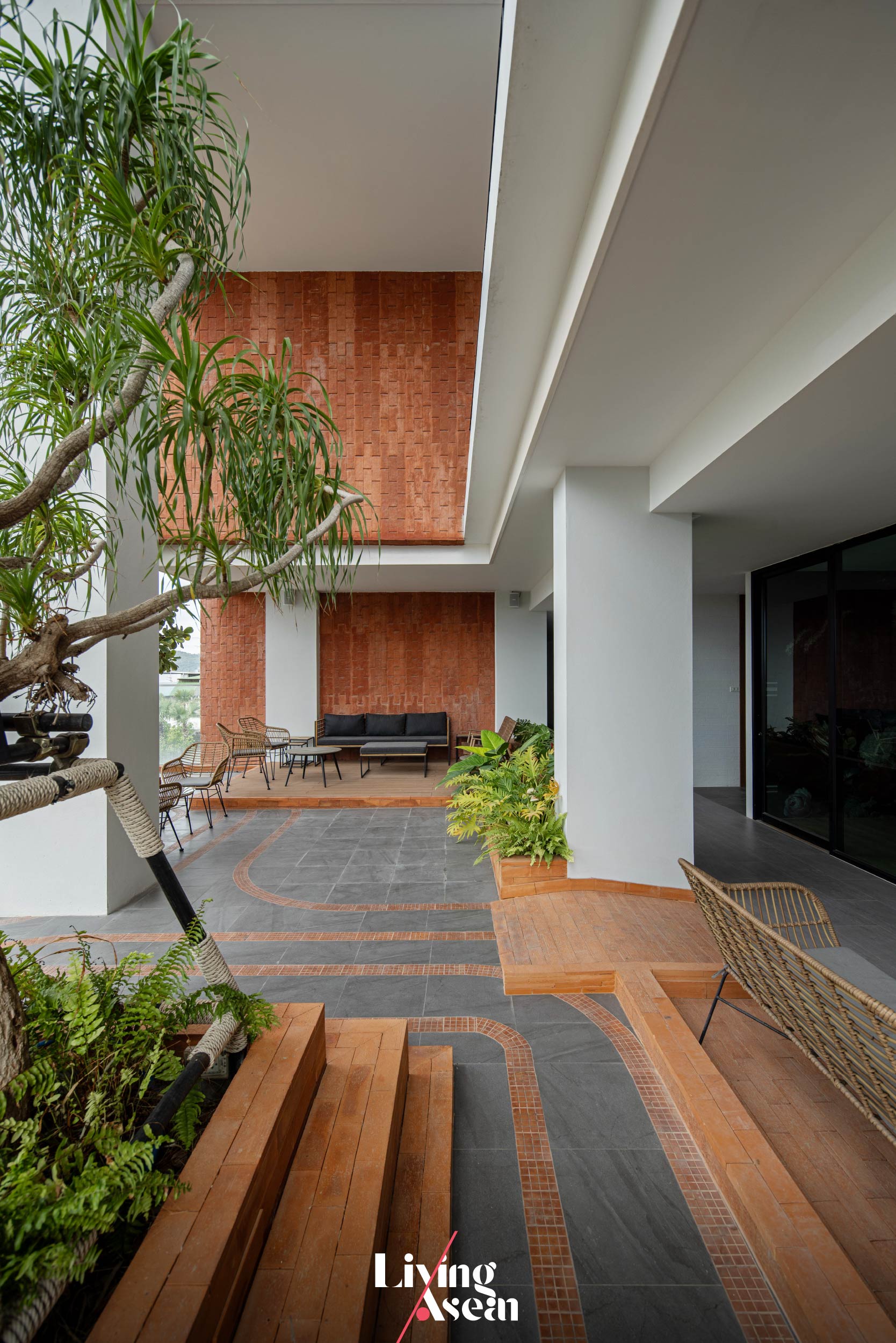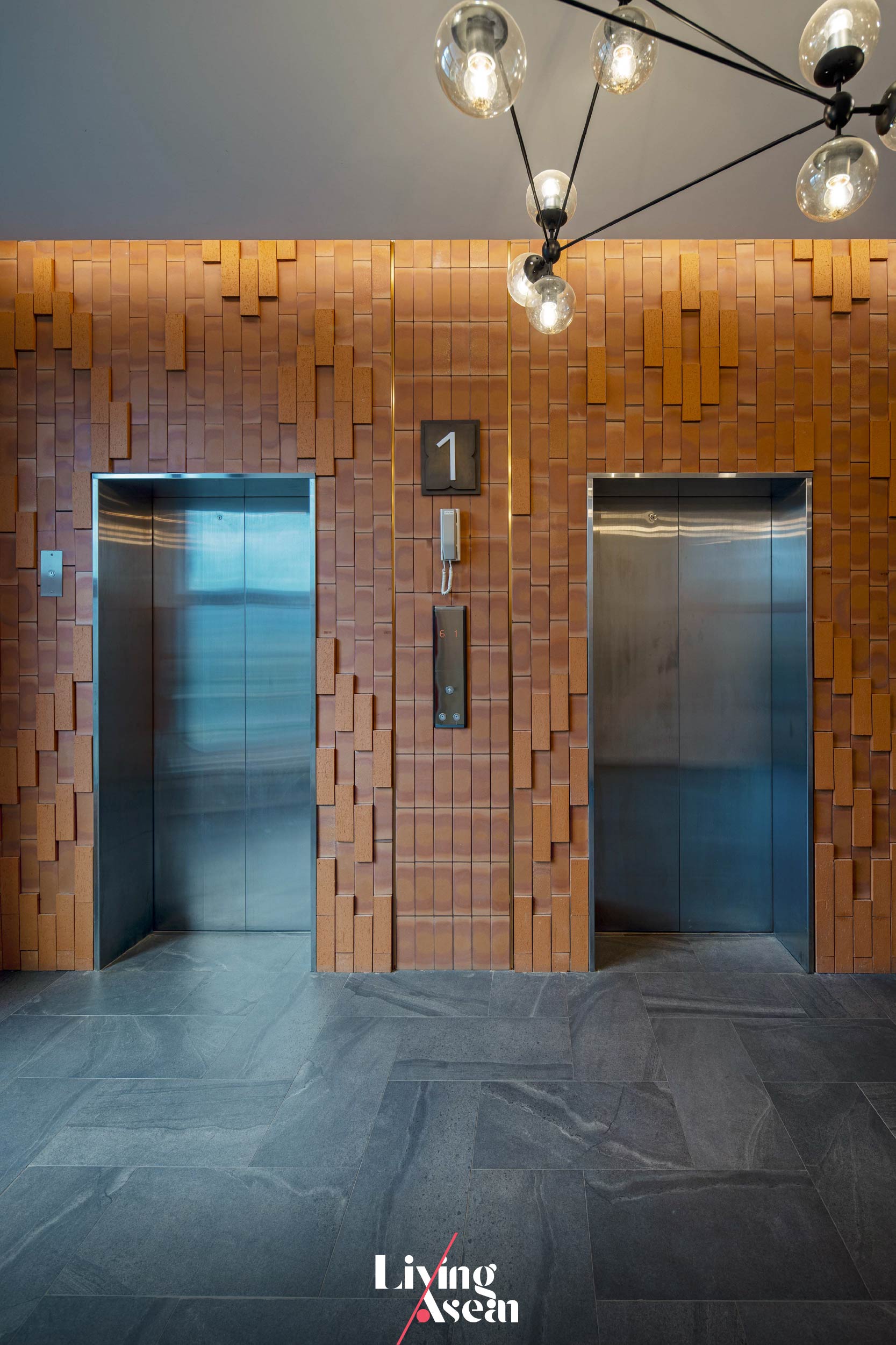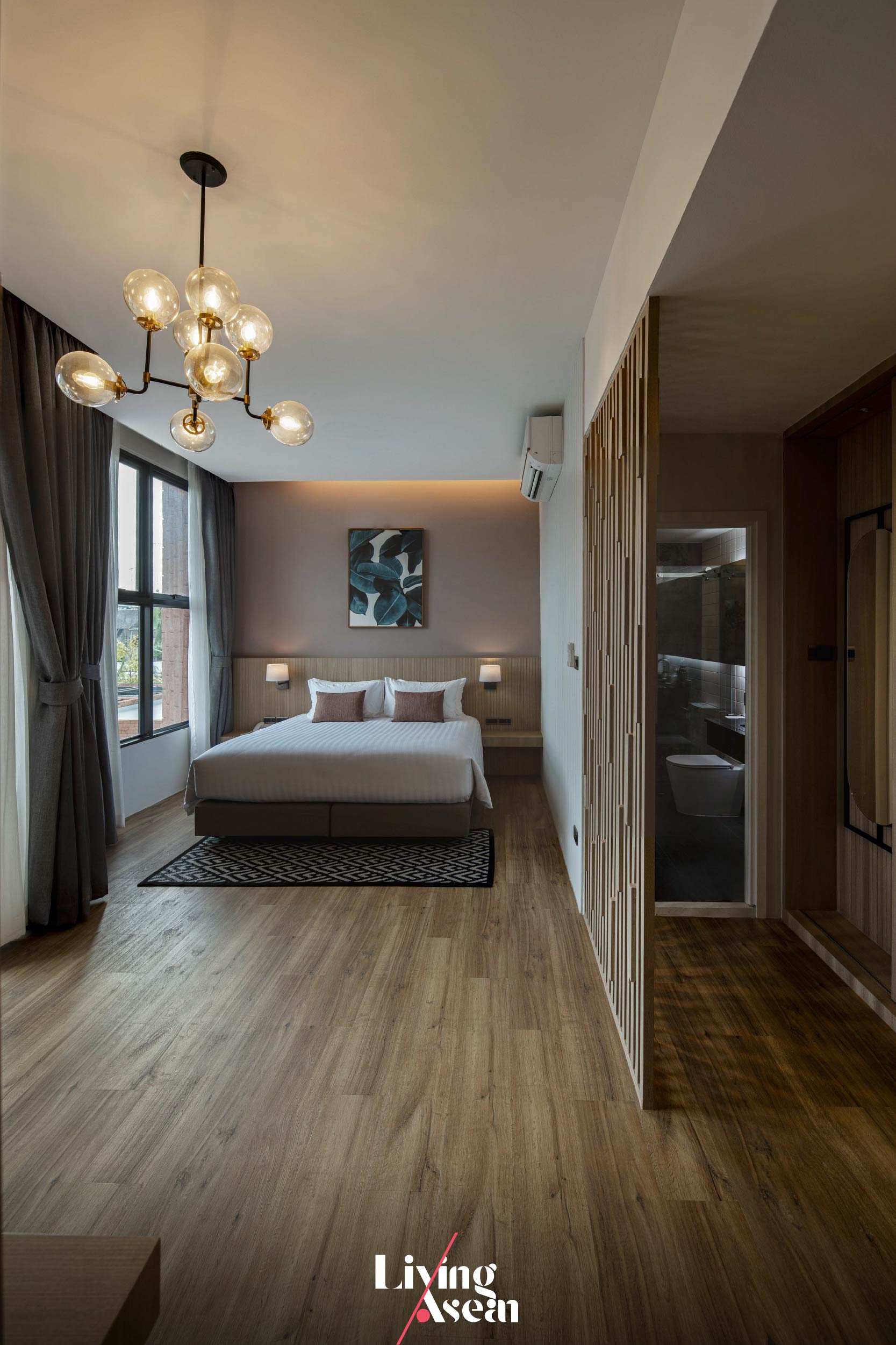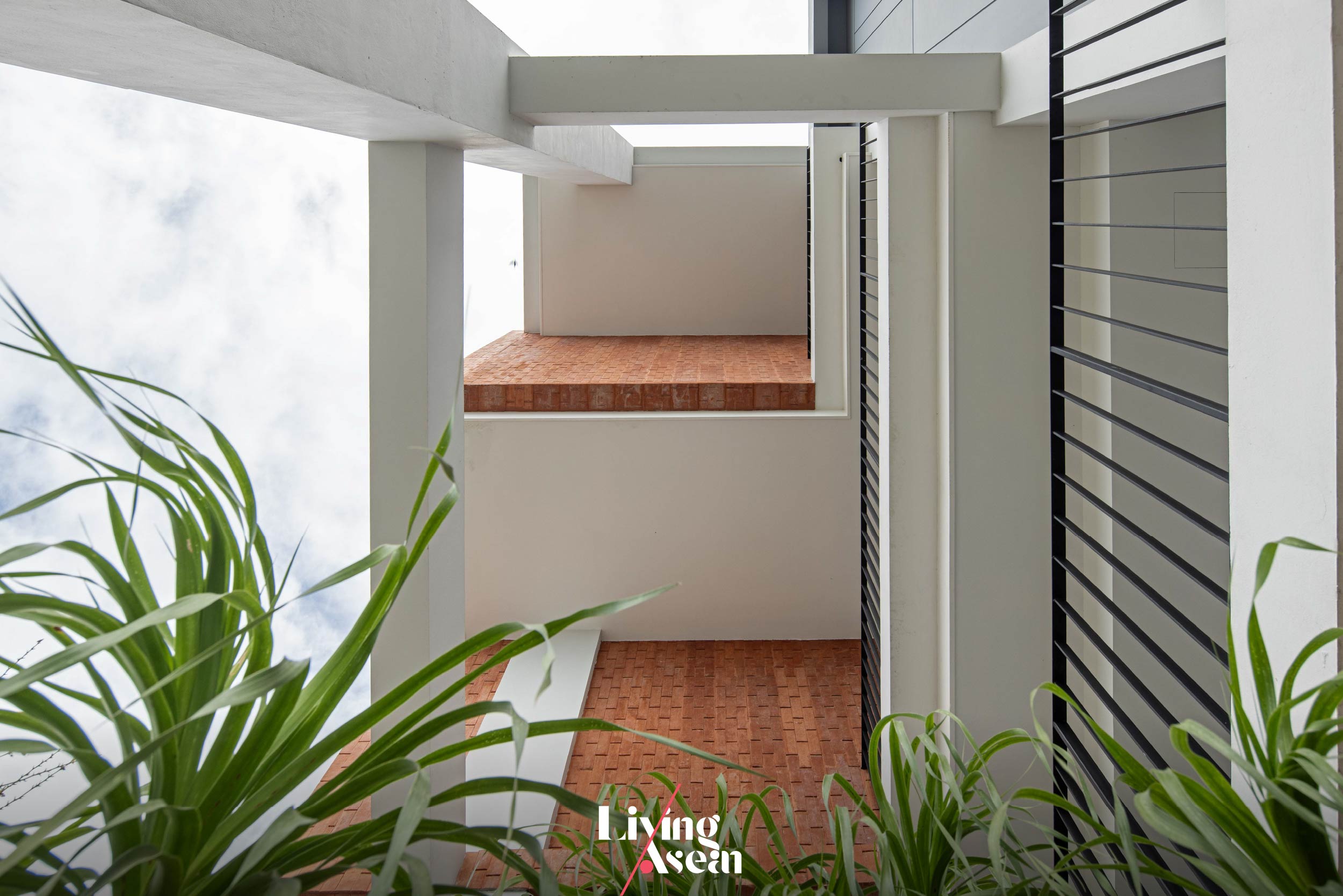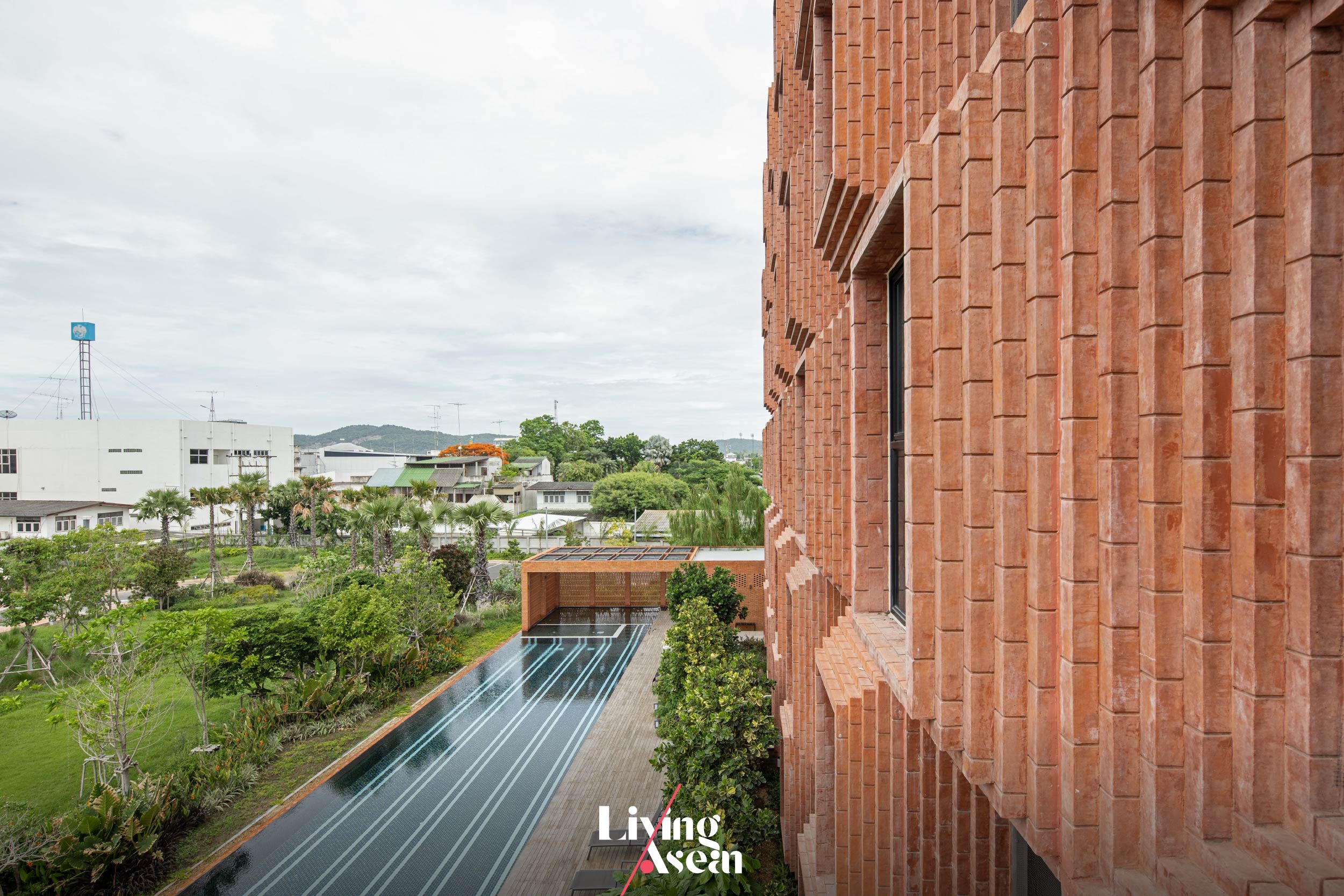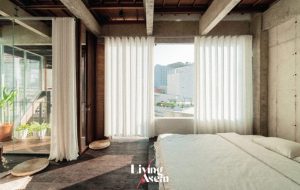/ Bangkok, Thailand /
/ Story: Lily J. / English version: Bob Pitakwong /
/ Photographs: Nantiya June, Kranchanok Boonbamrung /
No place personifies the timeless beauty of Bangkok’s old town like dusitD2 Samyan, a destination hotel where stylishly fashionable design seamlessly mixes with urban lifestyles.
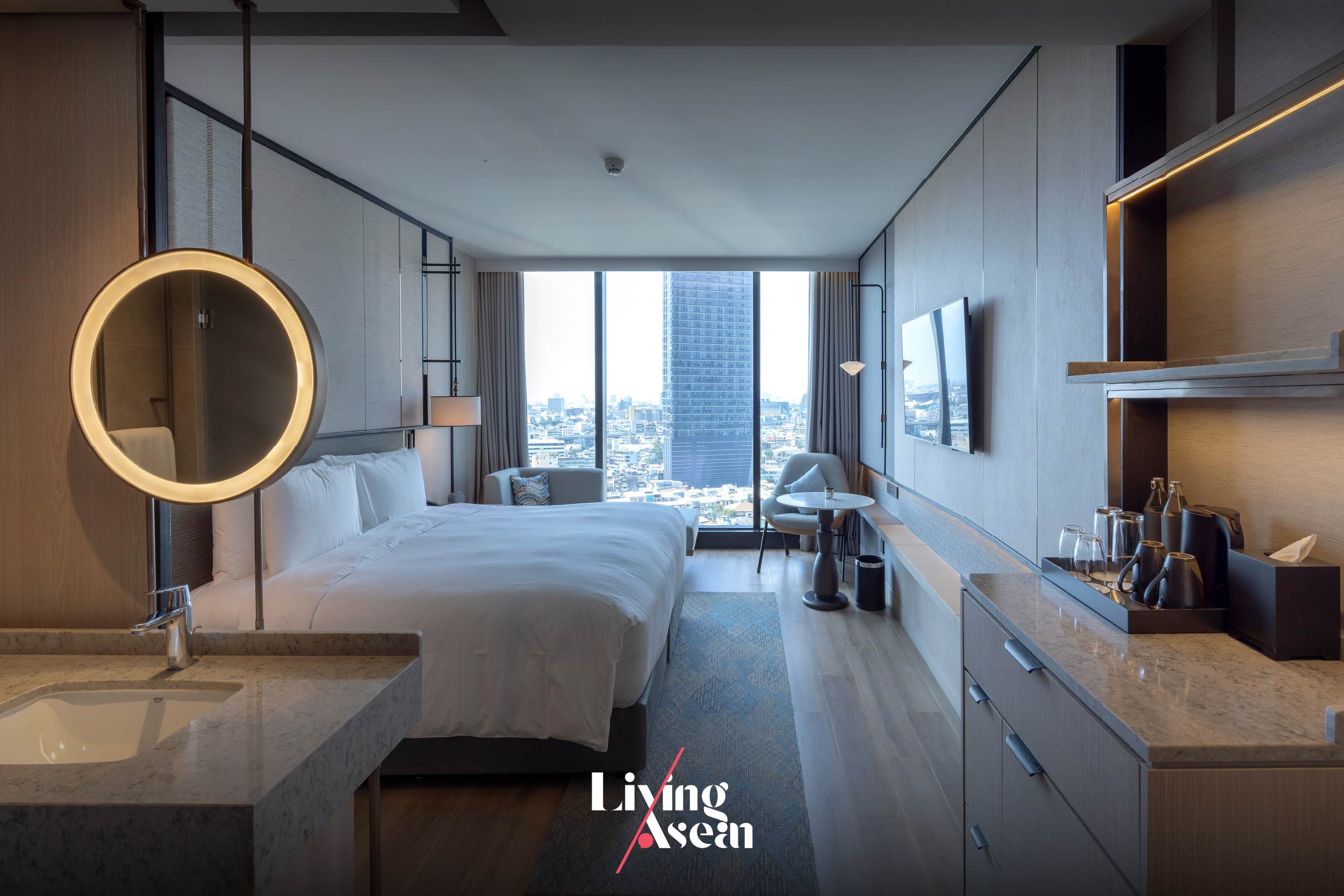
As the name suggests, dusitD2 Samyan is a member of the D2 hotel chain. It nestles comfortably on Si Phraya Road, a longtime economic hub renowned for busy movement and modern architecture. Taken as a whole, there’s a feeling of excitement and pleasure that comes with urban conveniences. dusitD2 Samyan no doubt is a beautiful work of contemporary hotel design, one that helps to rejuvenate a city neighborhood without sacrificing the value of Thailand’s arts and culture.
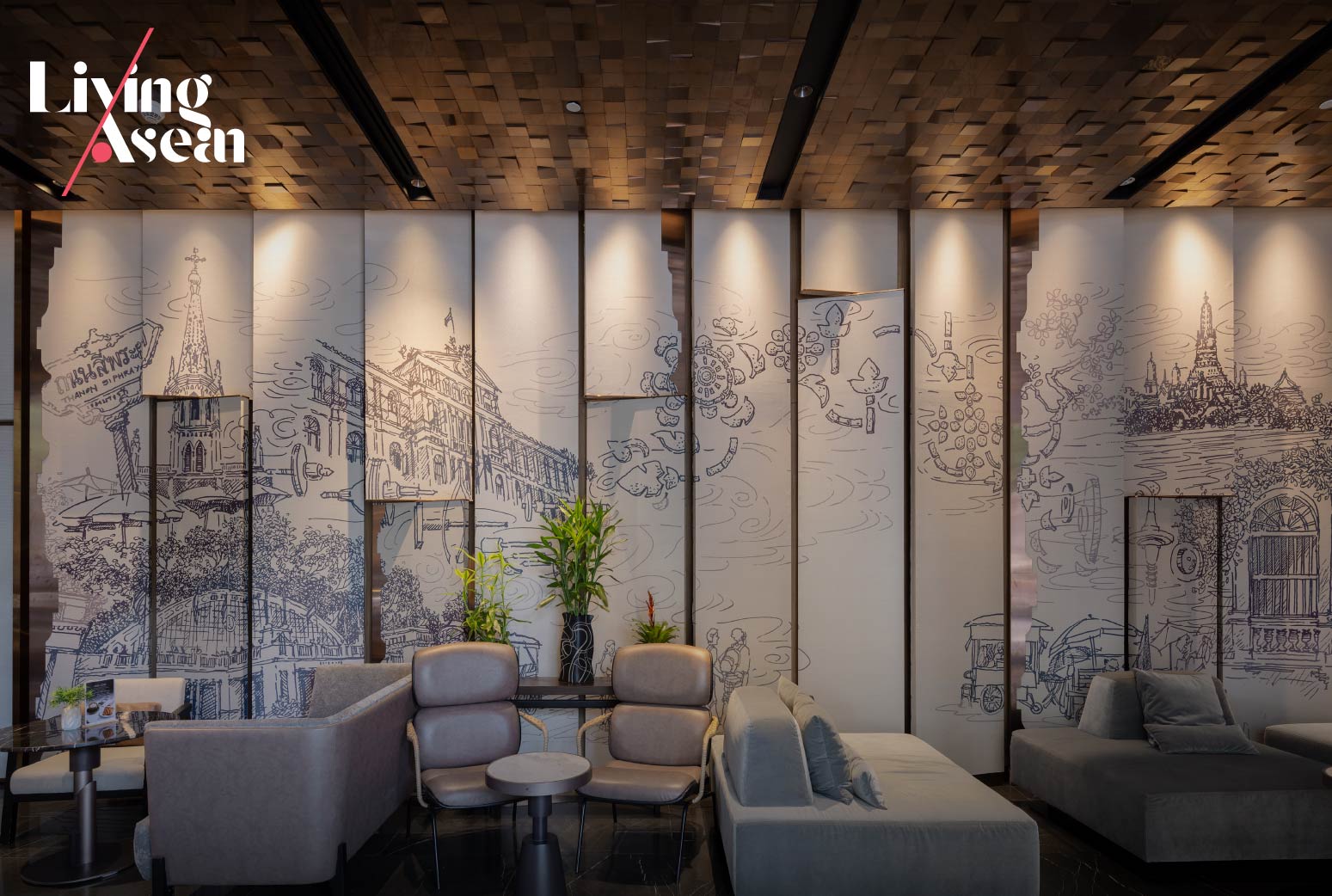
First things first, let us show you around high-rise hotel rooms offering a vibrant panorama of Bangkok. The overall effect is impressive, thanks to a perfect blend of convenience and comfort plus the furnishing and decoration that tells the story of the Si Phraya neighborhood now and then.
The area’s reputation as one of Thailand’s jewelry trade centers is manifested in the interior design inspired by beautifully crafted personal ornaments, such as jewels and precious metals. Among other things, decorative throw pillows and headboards are covered in textile fabrics showcasing precious stone patterns in a variety of shapes and colors.
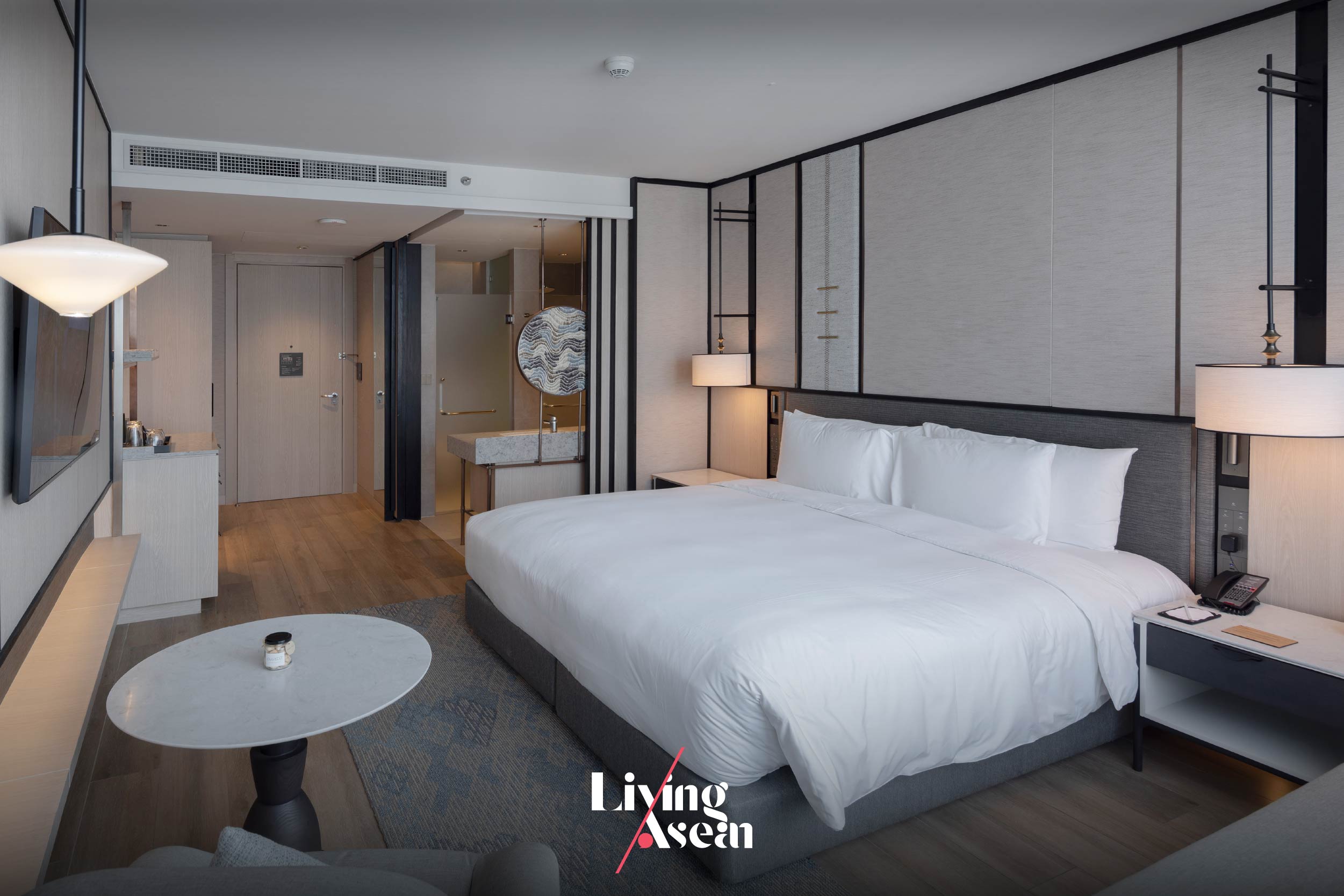

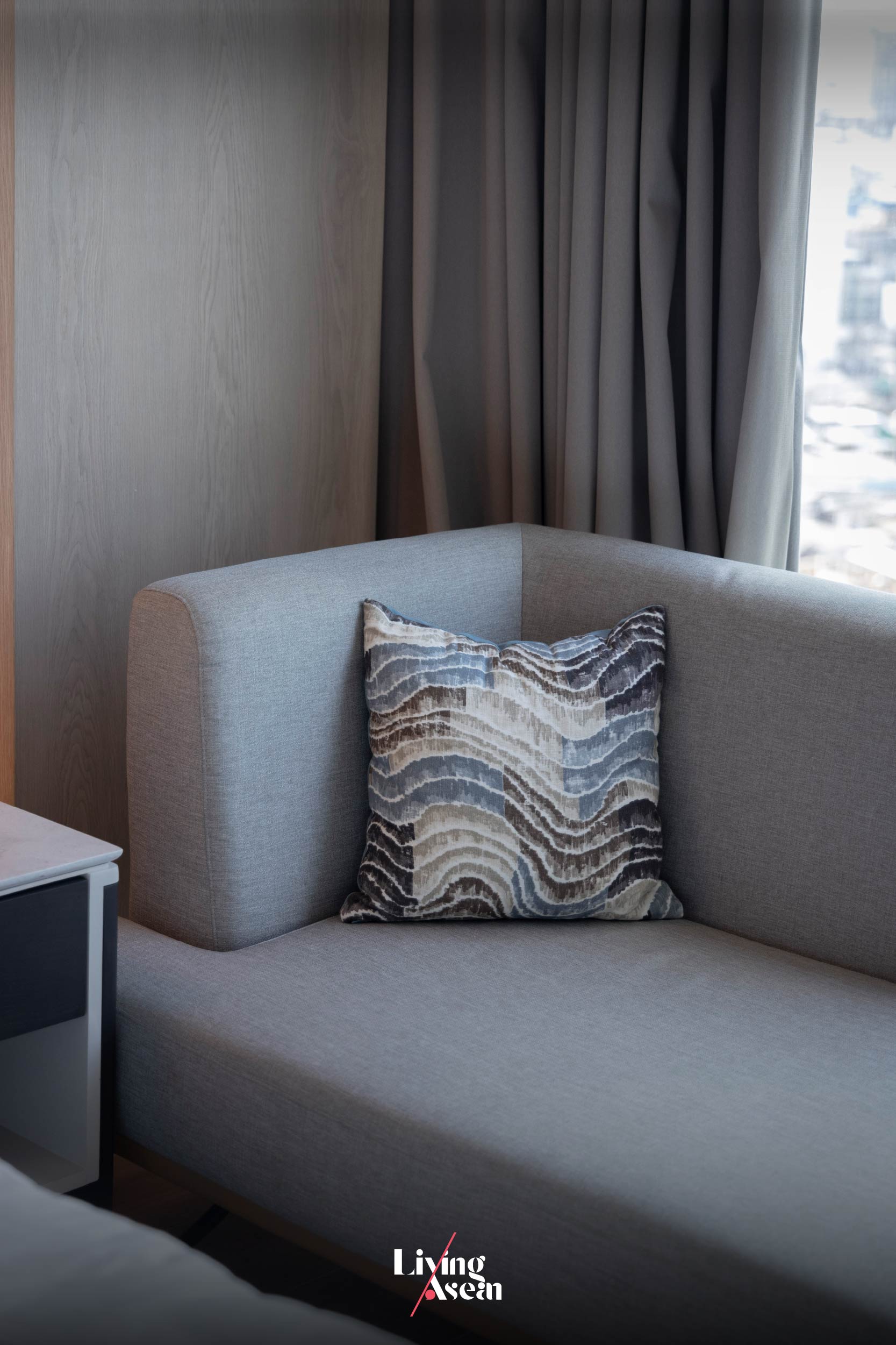
dusitD2 Samyan has two areas for common use that non-guests can access. The 16th floor contains the Bedidas – Pool Bar, where the tasty, distinctive Mexican cuisine is served. Be spoilt for choice when it comes to drinks and refreshments. And if you swing by in the late afternoon, go to Mimi’s Bar on the 25th floor. It’s a good place to watch the sun set behind cloudy skies or simply take in the panoramic view. While up there, take your time to explore amazing interior design, relax and unwind in the comforting glow of sunlight as the night falls.
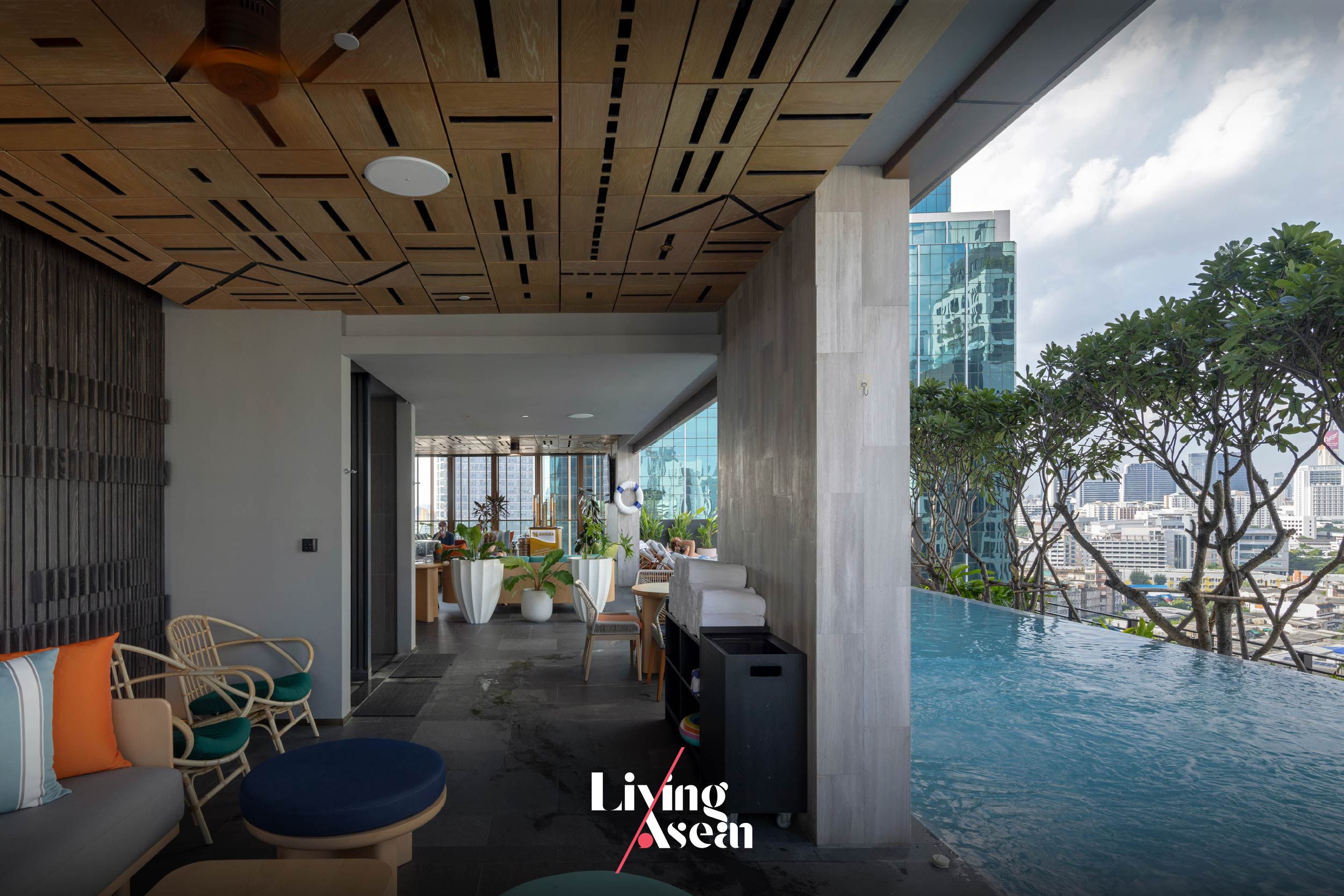

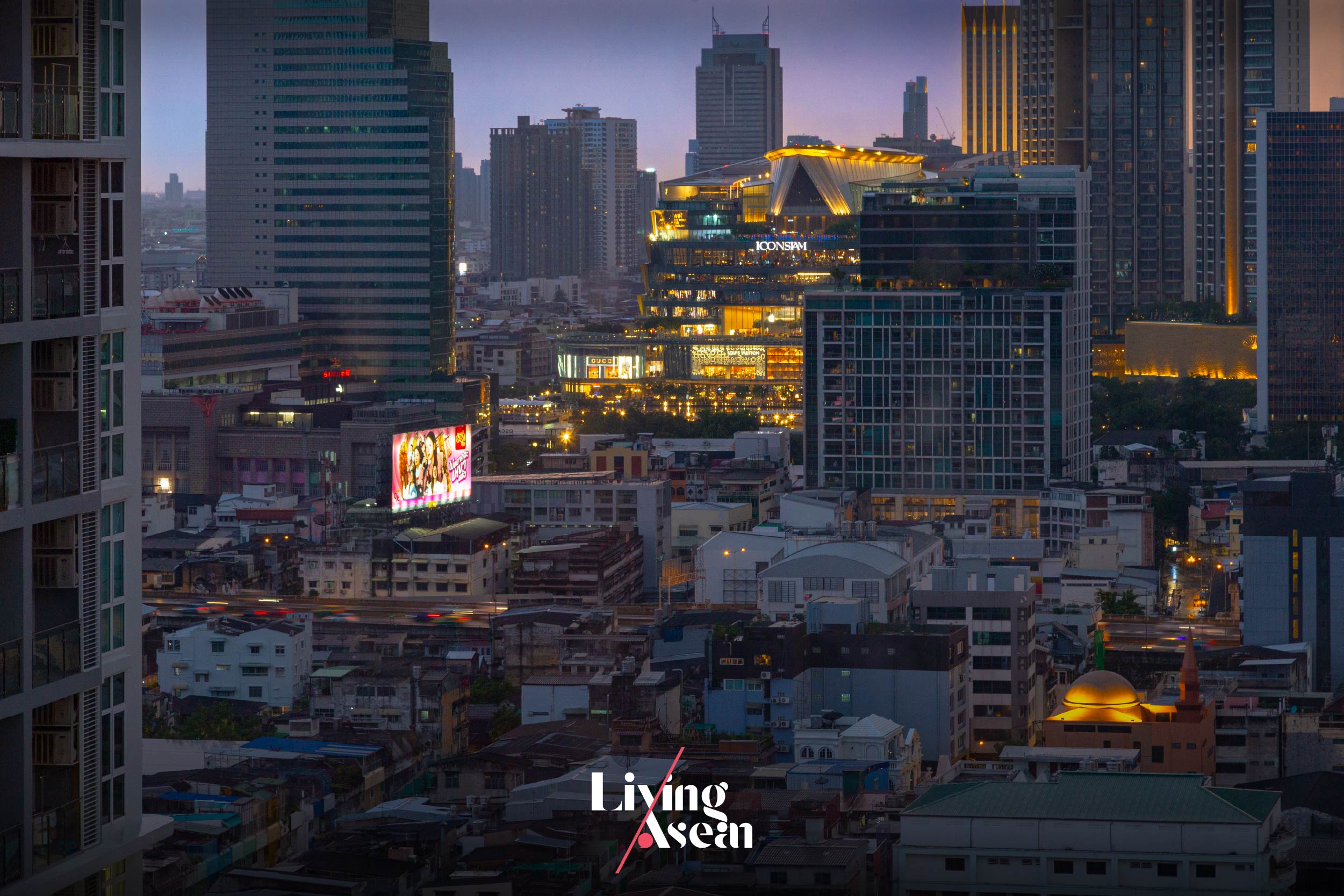
It comes as no surprise that dusitD2 Samyan has become a popular destination on Si Phraya Road for both locals and foreign visitors. Living among the hustle and bustle of the city has its advantages. Located in the city center, DusitD2 Samyan is very pleasant and easy to get to, not to mention the hotel’s interior design that evokes admiration. Precisely, it’s these qualities of urban places that earn Bangkok a reputation as one of the world’s most admired cities.
Architects: Design Identity Unit
You may also like…
Proud Phu Fah Muang Chiang Mai: A Hotel at Nature’s Edge Embraces a Mix of Modern and Traditional
Pavi Homestay: A House Renovated as Homestay Boasts Originality and Timeless Charm

